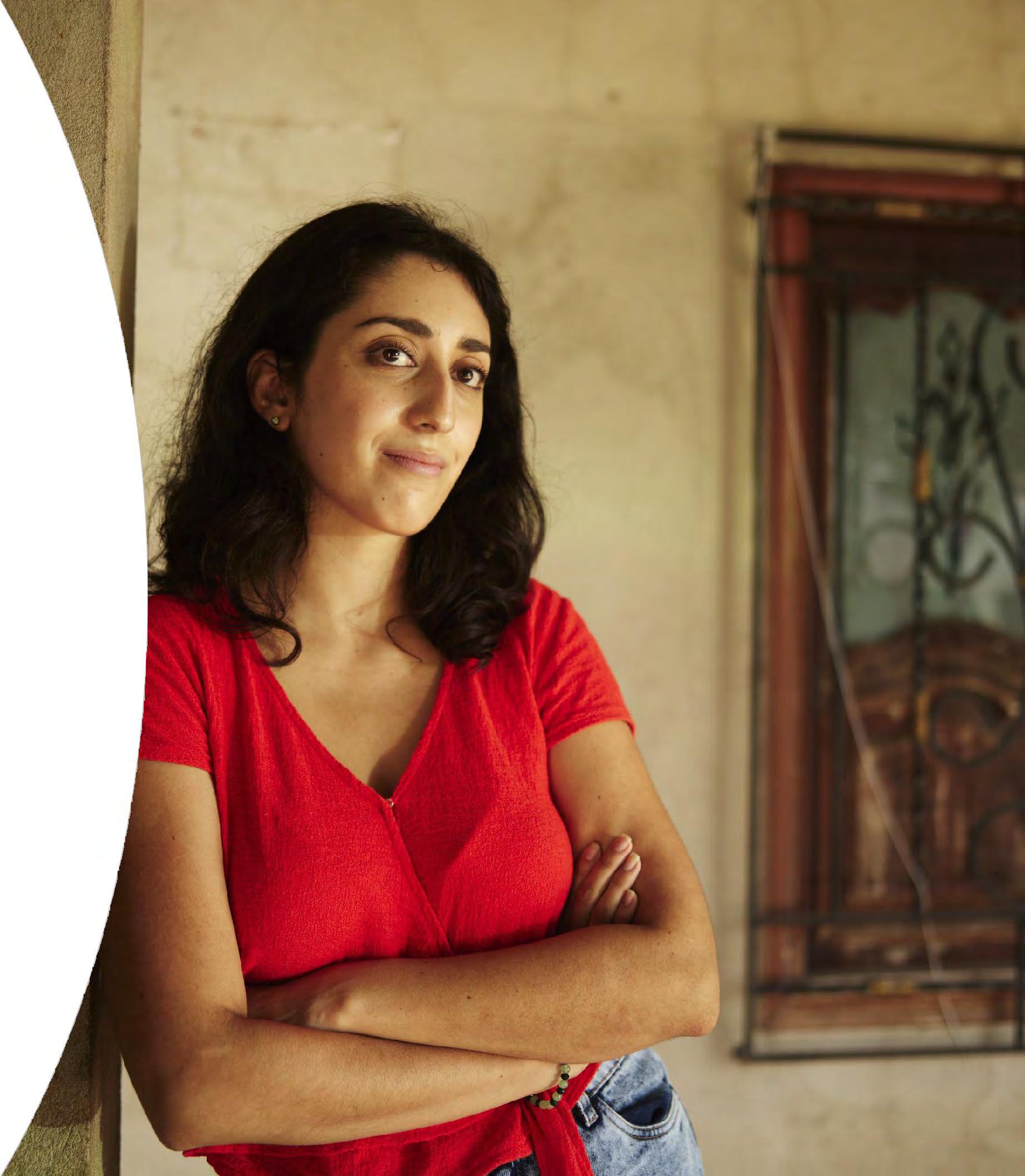

Click on this Tacoma icon found throughout this booklet to return to this linked page, the Table of Contents (TOC)




Click on this Tacoma icon found throughout this booklet to return to this linked page, the Table of Contents (TOC)

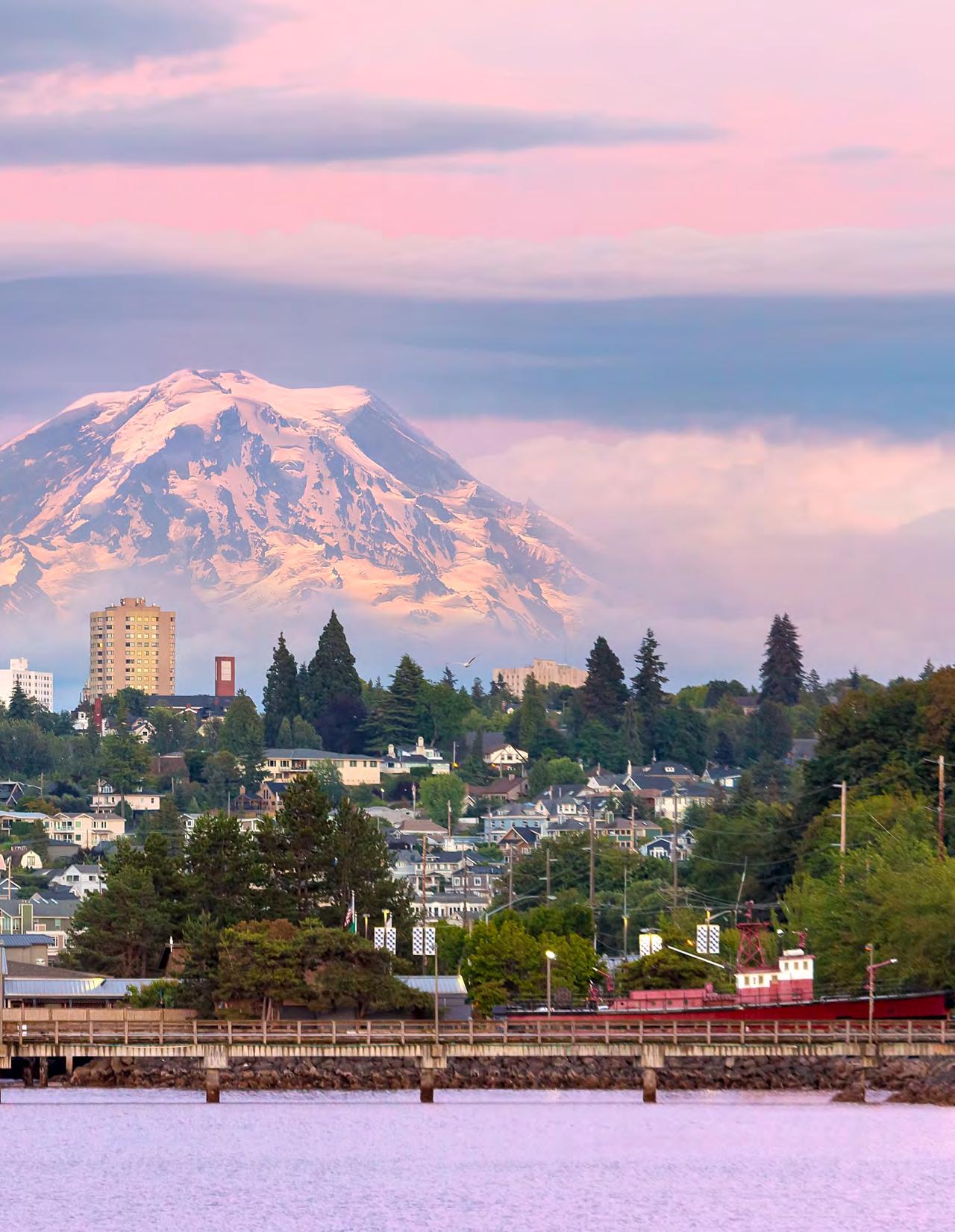
We extend a warm welcome to you all as we gather for our Peace Corps Coordinators Conference in beautiful Tacoma, Washington This occasion marks our first in-person convening since 2019, and our inaugural gathering on the west coast We trust this conference will provide you with fertile ground for fostering peer connections and inspiration and allow you to leave refreshed and excited for our collective work ahead
Our theme for this conference is The Bold Refresh: Building Back to Support Tomorrow’s Global Leaders Under that banner we aim to facilitate the exchange of knowledge and enhancement of skills, as well as provide you with requisite resources as we work together toward refining and reimagining our vital partnership programs with you Whether it’s preparing students for international service work through Peace Corps Prep or offering financial assistance to returned Peace Corps Volunteers through Coverdell Fellows—you are critical to Peace Corps’ mission
We hope that this training will be a great experience for you and practical with the planned program-specific sessions For Peace Corps Prep, we have crafted sessions focused on intercultural competence, appealing to underrepresented candidates, a writing workshop, and many other applicable group sessions For our Coverdell Fellows colleagues, you can anticipate insightful breakouts on admissions, identifying RPCVs, and fortifying your networks
Lastly, it is our Volunteers, the hundreds of thousands of returned Volunteers, our staff, and our partners – like you who are here with us – that have helped to propel forward, for the last 62 years and counting, our mission of promoting world peace and friendship

Happy to host and connect with you,
 Dr Darren Franklin, Chief of Operations and the University Programs staff
Dr Darren Franklin, Chief of Operations and the University Programs staff
This is an interactive conference booklet with linked session descriptions, presentations, and handouts
Each title in the Table of Contents is linked to a specific section in the booklet
Sessions are categorized by audience: All, Peace Corps Prep, and Coverdell Fellows The TOC link takes you to the first page of each section
To return to the Table of Contents, click the red Tacoma stamp icon (in the upper right hand corner on this page and throughout the booklet) and you’ll return to the Table of Contents, your jumping off point to navigate to other parts of the booklet


The Resources section includes shared presentations and handouts that are linked to the applicable session description
If you lose the link to the booklet, each confernece sign has a scannable QR code to reload the conference booklet
Agenda Topics & Rooms
Venice Meeting Rooms, 1st Floor
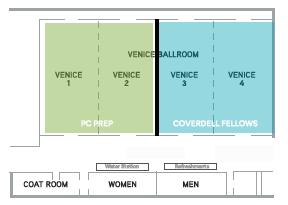
Pavilion Meeting Room, 4th Floor
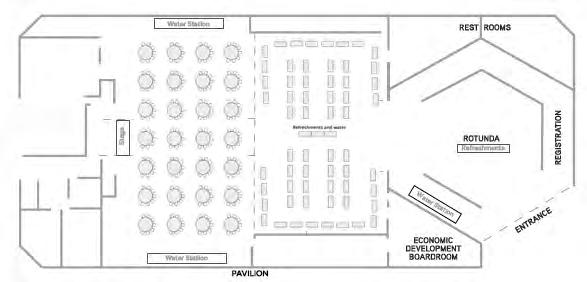
Hotel Murano
1320 Broadway
Tacoma, WA 98402

T: 253 238 8000
provenancehotels com/hotel-murano-tacoma

Hotel Murano
1320 Broadway Plaza
Tacoma, WA 98402

Hotel Murano offers complimentary WiFi, a 24-hour fitness center, an on-site restaurant, and essential ammenities
Located in the center of downtown Tacoma and in the heart of the Pacific Northwest, Hotel Murano is an epicenter of the American art glass movement Hotel Murano is home to a museum-worthy collection of glass art from around the world
The hotel is walking distance from the city’s museum corridor including the Tacoma Art Museum and Museum of Glass, Greater Tacoma Convention Center, restaurants, shopping and the theater district You’re a quick tram ride to the Tacoma Dome and LeMay-America’s Car Museum and within 10 minutes to Point Defiance Park
Conference Attire
The dress code for training is business casual Please be sure to check the weather before departure and pack accordingly
Arrival & Departure
The Peace Corps Coordinators Conference is open for registration on Sunday, September 17, from 4:00-8:00 p m You are welcome to join us for an informal mingle in the Rotunda that evening The Coordinators Conference opens at 7:45 a m on Monday, September 18
The conference closes at 2:00 p m on Tuesday, September 19, so please plan a departure time that allows you to stay through the end of the Coordinators Conference
The official check-in time for the hotel is 3:00 p m Check-out time is 11:00 a m on Tuesday, September 19 Luggage storage will be available
Participants are responsible for their own transportation to and from Tacoma airport and hotels

General Safety and Security Tips: While most folks have a safe and fun trip to Tacoma, security issues may occur Here are some helpful tips to always keep in mind no matter where you’re travelling

Tacoma’s original name was təˡqʷuʔbəʔ meaning “Mother of the Waters” in the Puget Sound Salish dialect, with “Takhoma” becoming the anglicized version Around the late 1800s, Tacoma was known as the “City of Destiny” because the area was chosen to be the western terminus of the Northern Pacific Railroad

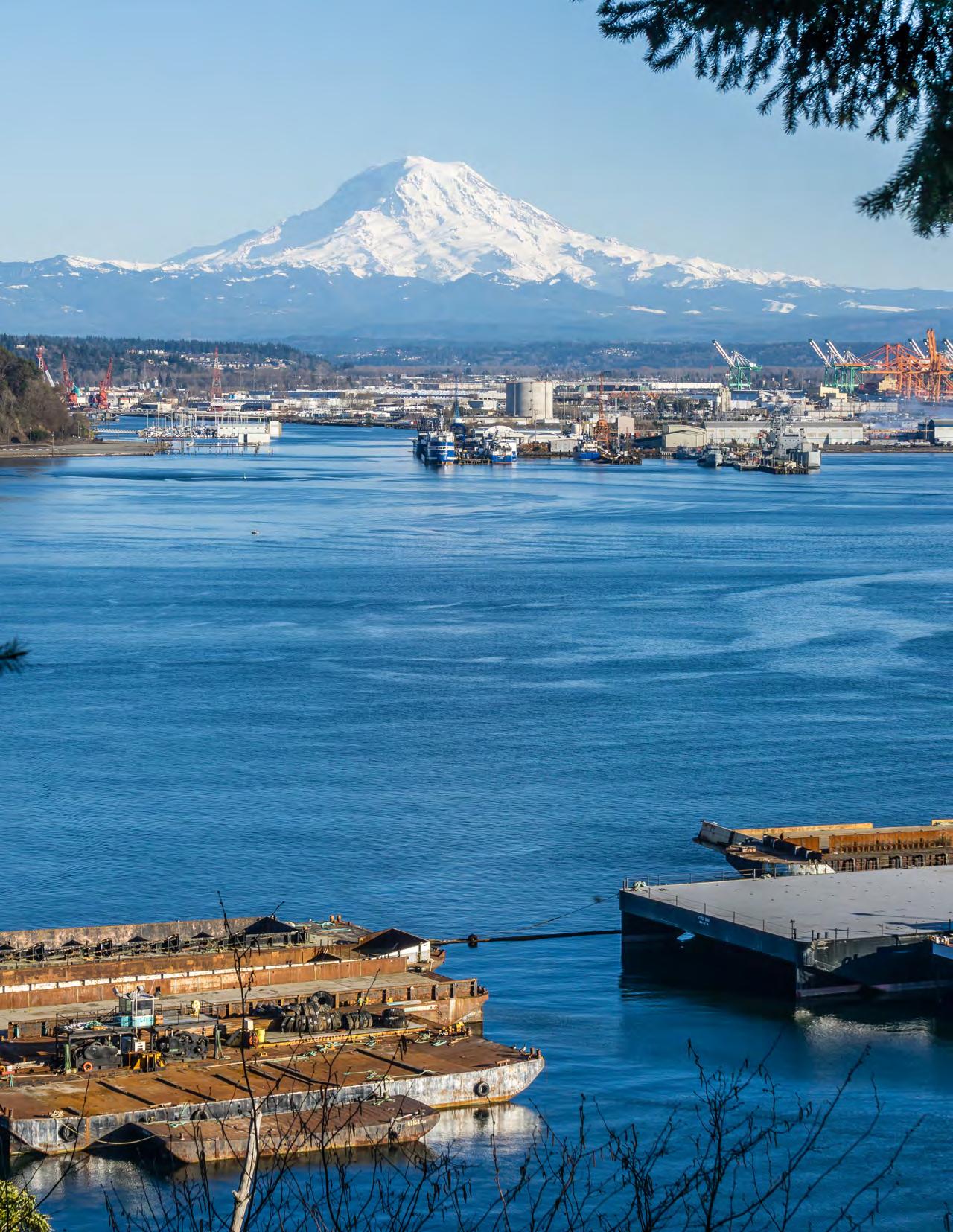
Home to Dale Chihuly, one of the world’s greatest glass artists with his work displayed in over 200 museums, his art is one of the city’s greatest treasures

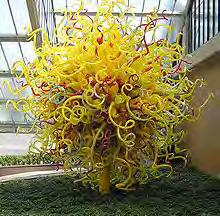
Image
Hotel Murano is minutes away from the Convention Center stop on the Tacoma Link Light Rail line. This local line can bring you all the way to the Tacoma Dome with several useful stops along downtown.

Hotel Murano is also located within easy access of almost a dozen bus lines that can take you all over the region. For those looking to visit Seattle during their visit without expensive taxi/rideshare services, Sound Transit’s 594 bus runs from Tacoma all the way into Seattle’s downtown. From there, you at able to take a myriad of public transit options anywhere you’d like to enjoy.
Average Weather in Tacoma for mid-September
Highs in the 60s to mid 70s
Lows in the 50s
Credit: Arpingstone, Public domain, via Wikimedia Commons Point Defiance, a 700-acre park, is one of the largest urban parks in the nation Second only to Central Park in New York City Home to the Port of Tacoma, one of the nation’s busiest ports, and the Tacoma Narrows Bridge, the fifthlongest suspension bridge in the world
Monday-Tuesday, September 18-19, 2023
Monday Lunch & Keynote
Monday, September 18, 12:35-1:40 p.m.
Pavilion, 4th Floor
Audience: All
Topic: A review of the past year’s accomplishments and challenges and what’s on the horizon
Speaker: Jenn Brown, Associate Director, Office of Volunteer Recruitment and Selection
Climate Change Initiative: Peace Corps’ Strategy to Secure a Resilient Global Future by Advancing Climate Adaptation and Resilience
Tuesday, September 19, 8:00-9:00 a.m.

Pavilion, 4th Floor
Audience: All
Description: Since its founding, the Peace Corps has been responsive to the challenges posed by a rapidly changing global environment; the agency is now rising to meet the formidable challenge of responding to the climate and biodiversity crises The Peace Corps’ Strategy to Secure a Resilient Global Future builds on previous years of the agency’s efforts to support sustainable development, sustainable operations, and climate adaptation and resilience at Posts around the world
Participants in this session will learn about the forthcoming Peace Corps strategy, then participate in a discussion about how the Peace Corps Prep program can help to prepare the next generation of Volunteers to act as climate leaders
Facilitator: Dr Alexandra Lawrence, Peace Corps’ Senior Advisor for Climate
Tuesday, September 19, 9:00-9:15 a.m.
Pavilion, 4th Floor
Audience: All
Description: A quick overview of how the Peace Corps supports host country partners with three different service models and the qualifications necessary for each model
Facilitators: Hillary Holman & Harris Javed, Peace Corps Response
Tuesday, September 19, 9:15-9:45 a.m.
Pavilion, 4th Floor
Audience: All
Objective: Learn about the partnership between the Peace Corps and Rotary and how you might leverage Rotary support in your community
Description: The relationship between Rotary International and the Peace Corps, made official with a 2014 partnership agreement, has its foundation in the organizations’ shared values The Peace Corps mission to promote world peace and friendship is one Rotary has embraced for more than 100 years And the Peace Corps’ chief areas of focus — agriculture, community economic development, education, environment, health, and youth in development — have much in common with Rotary’s Learn various ways to extend that partnership with your school programs
Facilitator: Terrance Stevenson, Director of SeaCiti

Tuesday, September 19, 2023
Tuesday Lunch & Keynote
Tuesday, September 19, 11:55-1:10 p.m.
Pavilion, 4th Floor
Topic: White Savior Complex Discussion
Description: An introduction and examination of complex Saviorism, Neocolonialism, and Decolonization topics and the impact they have on Peace Corps recruitment and partnership efforts Participants will learn about current agency efforts to address the topics, including how the Peace Corps remains committed to addressing internal structures and policies that inadvertently perpetuate saviorism and colonialist structures
Facilitator: Dr Darlene Grant, Senior Advisor to the Director
Tuesday, September 19, 1:15-1:45 p.m.
Pavilion, 4th Floor
Objective: This session is an overview of Brand Central
Description: Brand Central is where you can get preapproved, branded content that can be utilized within your programs We will cover its contents and flyer creation The second part of this session will cover logo and branding guidelines
Facilitator: Joshua Castro, Office of Communications
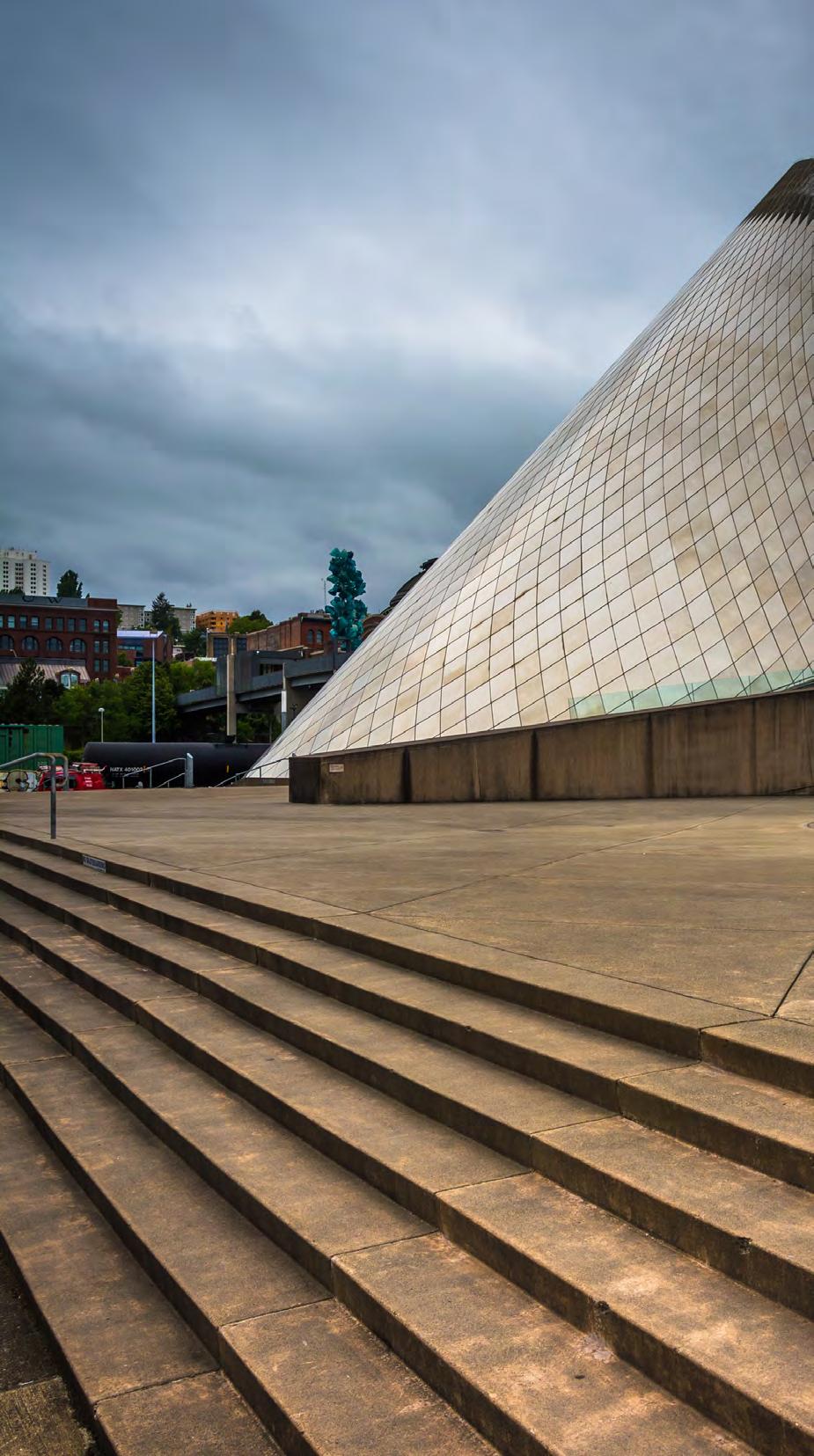
Monday, September 18, 2023
Monday, September 18, 9:35-10:35 a.m.
Venice 1 & 2, 1st Floor
Audience: PC Prep
Objectives: Explore what it means for PCP to be housed under the institutional umbrella of Community Engagement and Service, as opposed to Study Abroad or Global/International Studies Initiate a dialogue around how PCP coordinators can utilize existing local community engagement initiatives at our home institutions to provide domestic intercultural service experiences for PCP students
Description: We will open the session with each of us giving a brief description of how our respective PCP programs function within the context of our institutions’ community engagement initiatives (Utah State University and Tulane University) We will then open the discussion to participants, inviting them to speak about their home institutions and opportunities for engagement locally Participants will be given time to develop place-based, partnership-building goals to be completed fall semester
Facilitators: Kate Stephens, Utah State University & Susanne Hackett, Tulane University
Monday, September 18, 10:55-12:25 p.m.
Venice 1 & 2, 1st Floor
Audience: PC Prep
Objective: Participants will be asked to consider what strategies are feasible to implement at their institutions, and be challenged on the ones identified as “too difficult” There are no easy answers, so listening to each other’s reasons why there are difficulties, and then outlining how barriers can be overcome will be key to the implementation of useful strategies
Description: UNM has a particularly diverse student body as both a Hispanic- and Minority-Serving Institution (and with a large Native American population) And yet PCP still initially saw interest from predominantly White high school students, largely because they are the ones whose parents or parents’ friends told them about Peace Corps I and the regional Peace Corps recruiter therefore adopted four strategies to increase the diversity of PCP participants: Using Spanish, Mining other majors, Being explicit about the opportunities and challenges for minority students, and Having social events
Facilitator: Steve Bishop, University of New Mexico

Monday-Tuesday, September 18-19, 2023
Monday, September 18, 1:50-3:20 p.m.
Venice 1 & 2, 1st Floor
Audience: PC Prep
Objective: Understand why a robust RPCV and PC Prep alumni network is important for your PC Prep Program, how to develop such networks, and how to leverage them to support your program
Description: As Billie Jean King said, “you have to see it to be it ” To inspire tomorrow’s global leaders to serve in Peace Corps and participate in the PC Prep Program, it’s important to show them what service is like – and there’s no better way to do this than by having Returned Peace Corps Volunteers share their experiences In this session, we’ll discuss the importance of having a robust RPCV and PC Prep alumni network, strategies and considerations for building such a network, and how you can leverage these networks to benefit your program Participants will have opportunities to discuss these topics with their peers and begin developing their own PC Prep alumni and RPCV engagement plan
Facilitator: Chris Elsner, University of Arizona
Monday, September 18, 3:40-5:10 p.m.
Venice 1 & 2, 1st Floor
Audience: PC Prep
Objective: While gaining hands-on experience in the discipline of writing, participants will apply the elements of this creative process to the goal of creating a picture of bold refresh in our PC Prep programs Participants will leave with new insight into their strengths for creativity as well as a framework, ideas, and momentum specific to building the PC Prep program on their campus
Description: This “DIY” refresher course on how to be creative in building the next bold refresh is led by a wordsmith and PC Prep Coordinator Following the mnemonic device with the sound, “RRRRRRR,” participants learn concrete steps for making something new, including Read, Refresh, Release, Reframe, Revise, Rest, and Reflect Beginning with the letter, “R,” we ask how we can build a bold refresh, if we ourselves are not refreshed? While engaging our voice in writing, participants learn to command each step intrinsic to this creative process and apply the knowledge of this discipline to our daily lives and challenges in building a picture of bold refresh through our PC Prep programs
Facilitator: Kathryn Smith, Purdue University
Monday, September 18, 5:15-6:00 p.m.

Venice 1 & 2, 1st Floor
Audience: PC Prep
Objective: Meet with your colleagues and your program specialist within your region to network, share information, and make peer connections
Description: We will break out into regions for sharing of practices and networking
Facilitator: Amy Jenkins, Office of University Programs
Tuesday, September 19, 2023
Tuesday, September 19, 10:15-11:45 a.m.
Venice 1 & 2, 1st Floor
Audience: PC Prep
Objective: The objective of the session is to exchange and generate new ideas on how to leverage resources at various institutions in order to enhance the engagement and retention of Peace Corps Prep participants
Description: This session will give participants the opportunity to discuss trends they are observing post-pandemic, hear about specific engagement and retention practices at two different institutions (a small private liberal arts college and a large public research university), collaboratively generate a list of practices, discuss the practices with their peers, and set an individual goal for implementing at least one practice
Facilitators: Rebecca Baskerville, University of Nebraska-Lincoln & Steven Hess, Transylvania University


Monday, September 18, 2023

Monday, September 18, 9:35-10:35 a.m.
Venice 3 & 4, 1st Floor
Audience: Coverdell Fellows
Objective: Session attendees will be asked to identify one take away to share with their schools and answer the question, “What do you hope would result if we implemented this change in our program?”
Description: During this session our presenter will share the Middlebury Institute of International Studies’ Coverdell Fellows admissions process, and how it has evolved over time as conditions have changed This includes learning from Coverdell Fellows, as our degree programs change, and as the world has changed post-Covid It is typical for MIIS to have 20-40 Fellows enrolled across 12 degree programs at one time Session attendees will be invited to share input from their schools’ with the goal of enhancing all of our learning
Facilitator: Jill Stoffers, Middlebury Institute of International Studies
Monday, September 18, 10:55-12:25 p.m.
Venice 3 & 4, 1st Floor
Audience: Coverdell Fellows
Objectives: The goal of this session is to equip Coverdell Coordinators with the skills, resources, and strategies needed to effectively connect with and support Returned Peace Corps Volunteers (RPCVs)
Description: Learn how to locate and engage with RPCVs through social media platforms and campus resources This interactive session will foster collaborative thinking and idea generation with your fellow Coverdell Coordinators Leave with practical strategies, including a targeted SMART goal, to create lasting connections with the RPCV community at your respective institution Bring your laptop to fully engage with this session!
Facilitator: Abbey Fox, School of International Training
Monday, September 18, 1:50-3:20 p.m.
Venice 3 & 4, 1st Floor
Audience: Coverdell Fellows
Objectives: The goal of this session is to cultivate a vibrant and interconnected Coverdell Coordinator community that leverages community building and engagement through group activities
Description: Join us for a dynamic workshop looking at the ‘why’ behind community building and engagement, with real-life examples from SIT Graduate Institute and Emory University Dive into interactive group activities, including problem-solving scenarios and SWOT analyses Leave with a strategic goal tailored to your institution and a newfound network of Coordinators to support your journey beyond the conference
Facilitators: Abbey Fox, School of International Training (SIT) Graduate Institute and Chan Williams, Emory University
Monday-Tuesday, September 18-19, 2023
DOS for Fellows
Monday, September 18, 3:40-5:10 p.m.
Venice 3 & 4, 1st Floor
Audience: Coverdell Fellows
Objectives: Learn how to use and understand the Volunteer Description of Service (DOS) This statement quantifies the service experience of Returned Volunteers who are applying for graduate school (or for employment or training programs) The DOS can include such details as how many persons affected, hours involved, bridges built, gardens planted, fish ponds developed, students taught, and so forth
Description: The DOS is an official Peace Corps statement of a Volunteer’s service It describes the Volunteer’s training and overseas activities in non-evaluative terms It also includes the certification of NCE for those Volunteers who qualify for the benefit The DOS can serve as an official verification of services performed Trainees do not receive a DOS
Facilitator: Laura Loveland, Office of University Programs
Paul D. Coverdell Fellows Fair
Monday, September 18, 5:30-7:00 p.m.

Rotunda & Pavilion, 4th Floor
Audience: Coverdell Fellows
Description: Representatives from over 60 Coverdell Fellows programs will share the higher education opportunities available to Returned Peace Corps Volunteers
Facilitators: Laura Loveland, Office of University Programs
A Nursing Model for Service Immersion Experiences with Coverdell Fellows: the Blackfeet Nation Clinical Rotation, Browning, MT
Tuesday, September 19, 10:15-11:45 a.m.
Venice 3 & 4, 1st Floor
Audience: Coverdell Fellows
Objectives: Upon completion of the session the learner will comprehend the transition of a Coverdell Fellow’s skill set into nursing care of a vulnerable population
Description: This session will provide insight to the attendees of the goals and outcomes of Villanova University’s Service Immersion experiences with underserved community The presentation will discuss the specific community of the Blackfeet Nation and correlate this experience with the Social Determinants of Health The presentation includes an attestation form the Coverdell Fellow who attended the rotation and lessons learned
Facilitator: Cathy Curley, Villanova University
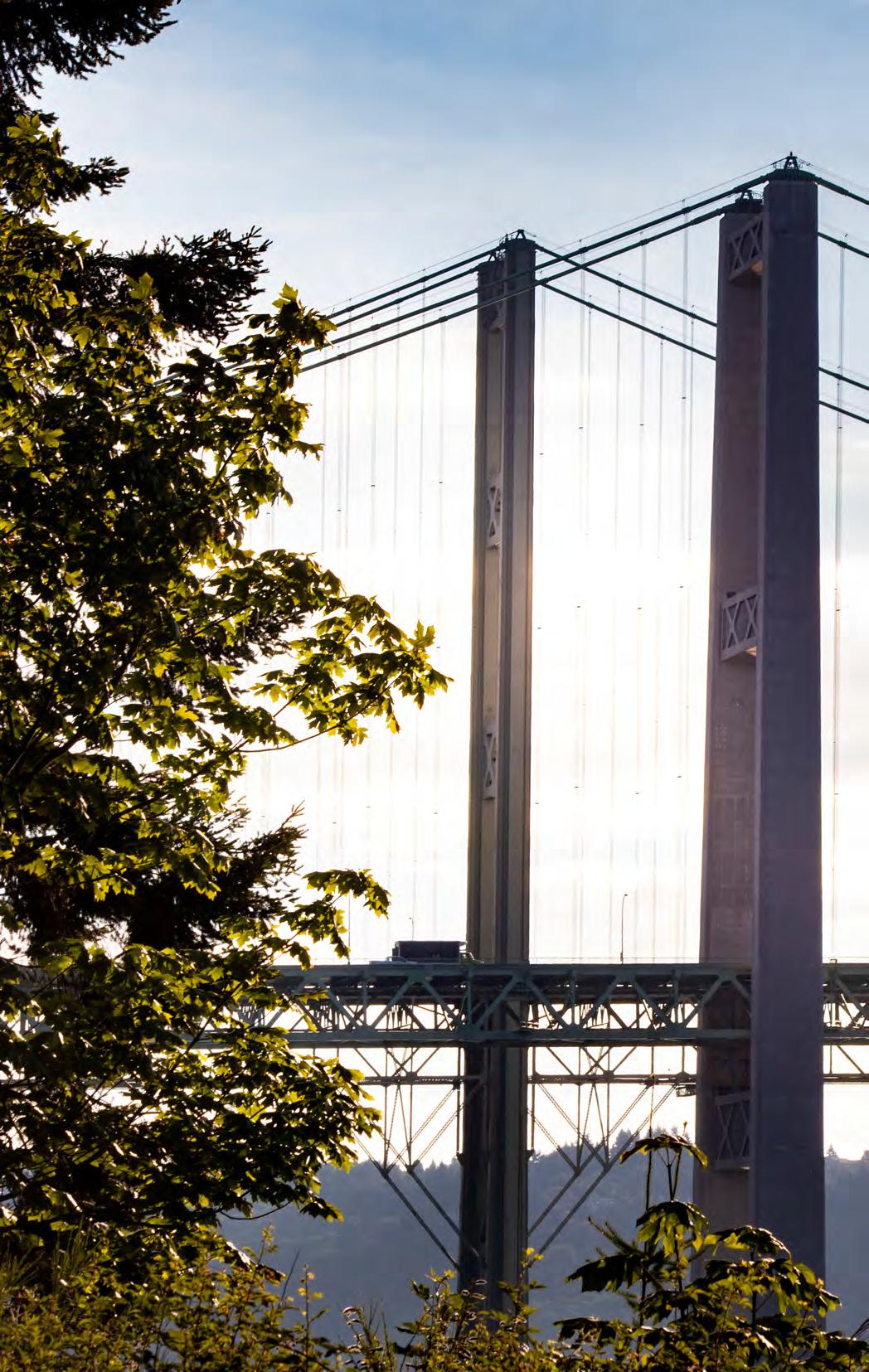

 Jenn Brown, Associate Director, VRS
Jenn Brown, Associate Director, VRS
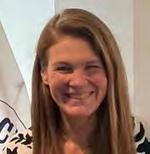
Prior to joining the Peace Corps in the spring of 2023, Jenn worked for progressive organizations and Democratic candidates for almost 20 years Jenn is the founder and CEO of Green Hill Strategies Prior to starting the company, Jenn was the senior vice president for policy, campaigns and advocacy at Planned Parenthood Federation of America She also served as deputy campaign manager for Senator Cory Booker’s presidential campaign Before joining on the campaign, Jenn was the founding executive director of Civic Nation, a national nonprofit that uses organizing, engagement and public awareness to address some of our nation's most pressing challenges She also founded and served as executive director of Battleground Texas Jenn worked for the Obama campaign for six years including serving as national regional director and Ohio field director in 2012 Jenn also worked at several social justice organizations, including Vote Hope, the Center for Progressive Leadership, and the United States Student Association Jenn lives in Washington, D C , with her partner and two children
Dr Darren Franklin, VRS Chief of OperationsDr Darren Franklin has more than 30 years of service in the public sector, with his responsibilities including strategic planning, performance and accountability, policy development and implementation, and operations Prior to the Peace Corps, Darren was chief operating officer at the U S Interagency Council on Homelessness (USICH), where he was second in command Darren also served as USICH's chief financial officer for 14 years Before his work at USICH, he helped establish an international science and technology academic fellowship program between the United States and Vietnam In his spare time, Darren serves as an adjunct professor, allowing him to help both traditional and non-traditional students achieve their educational goals He is also a senior fellow with the Partnership for Public Service Darren has an M S in executive/strategic leadership and a B S in accounting He earned his Executive Doctorate in business administration from Georgia State University in April 2023
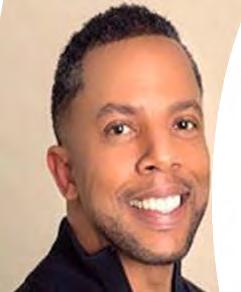



In June 2020, Darlene Grant joined the Director’s Office She completed an abroad project to welcome Viet Nam as the 143rd Peace Corps program, which welcomed its first group of Volunteers in October 2023 Previously, Darlene served as country director in Kosovo from 2015 to 2019, and country director in Mongolia from 2012 to 2015 Darlene served as a Volunteer in Cambodia from 2009-2011 Prior to the Peace Corps Darlene was a professor of social work at the University of Texas at Austin for 18 years At UT she also served for five years as Associate Dean in the Office of Graduate Studies, overseeing university-wide recruitment for over 200 graduate degree programs Prior to her university tenure she was a social worker in domestic violence shelters, drug rehab, and psychiatric hospitals Darlene was named 2006 Social Worker of the Year by the National Association of Social Workers
Alexandra Sutton Lawrence is the Senior Advisor for Climate, Office of Global Operations In her role, she oversees the integration of mitigation, resilience, and adaptation into Peace Corps’ operational and programmatic work through our Climate Initiative Dr Lawrence previously held the roles of Vice President of Conservation, Justice & Equity at Ocean Conservancy; Senior Regional Director for the Southeast at The Wilderness Society; and Science Policy Program Director in the Initiative for Science & Society at Duke University Her prior academic work has focused on exploring the intersection between ecology and culture, focusing especially on Afro-descendant and Indigenous peoples; her prior professional work focused on identifying and protecting endangered & marginalized cultural landscapes on federal public lands
Yvonne provides guidance on high level issues concerning VRS operations and provide recommendations to the Associate Director and VRS leadership on specific issues and special initiatives Prior to her work with VRS, Yvonne she served as a Senior Expert Advisor to the Director of HR engaging in the recruitment of Country Directors with a specific focus on diversifying leadership at Peace Corps overseas post Collectively, Yvonne has more than 25 years working in international development Yvonne’s other Peace Corps experience include Peace Corps Country Director in South Africa shortly after the end of apartheid where she was instrumental in shaping the size, scope and direction of Peace Corps operations in South Africa, PCV Sierra Leone, Peace Corps Recruiter, Trainer, and Advisor to overseas staff Intertwined with her Peace Corps experiences, Yvonne worked with international and local NGOs and private corporations in international settings on issues that addressed humanitarian needs, refugee re-settlement, education, corporate responsibility, and cross-cultural awareness Yvonne holds a BA in Psychology from St Augustine’s College and MEd from Texas Southern University Yvonne is also our consummate emcee for our 2023 Coordinators Conference in Tacoma!

A special thank you to Peace Corps Associate Director Jenn Brown and Chief of Operations Dr Darren Franklin for their support and participation in our 2023 Coordinators Conference in Tacoma, Washington And a huge thank you to our conference emcee, Yvonne Hubbard!

We also want to thank everyone who worked diligently to make our Coordinators Conference possible, with a special shout out to our University Programs staff!
Bradley Gerber
Michael Houang
Ayah Belal
Diana Callaway
Joshua Castro
Dr Darren Franklin
Bradley Gerber
Rebecca Baskerville
Dr Stephen L Bishop
Jenn Brown
Joshua Castro
Cathy Curley, PhD, RN
Chris Elsner
Abbey Fox
Dr Darren Franklin
Amy Jenkins
Laura Loveland
Sierra Plato
Miriam Welderufael
Michael Houang
Yvonne Hubbard
Amy Jenkins
Laura Loveland
Sierra Plato
Lissette Rutledge
Leti Solis
Miriam Welderufael
Dr Darlene Grant
Susanne Hackett
Steven Hess
Hilary Holman
Michael Houang
Yvonne Hubbard
Harris Javed
Amy Jenkins
Dr Alexandra Lawrence
Laura Loveland
Kathryn Smith
Kate Stephens
Terrance Stevenson
Jill Stoffers
Chan Williams
Thank You to our partners for coming out to Tacoma for the 2023 Peace Corps Coordinators Conference!
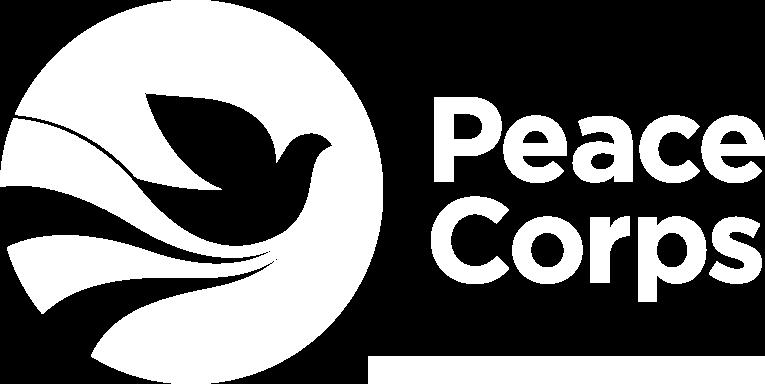
We look forward to seeing you at the next conference in 2025!
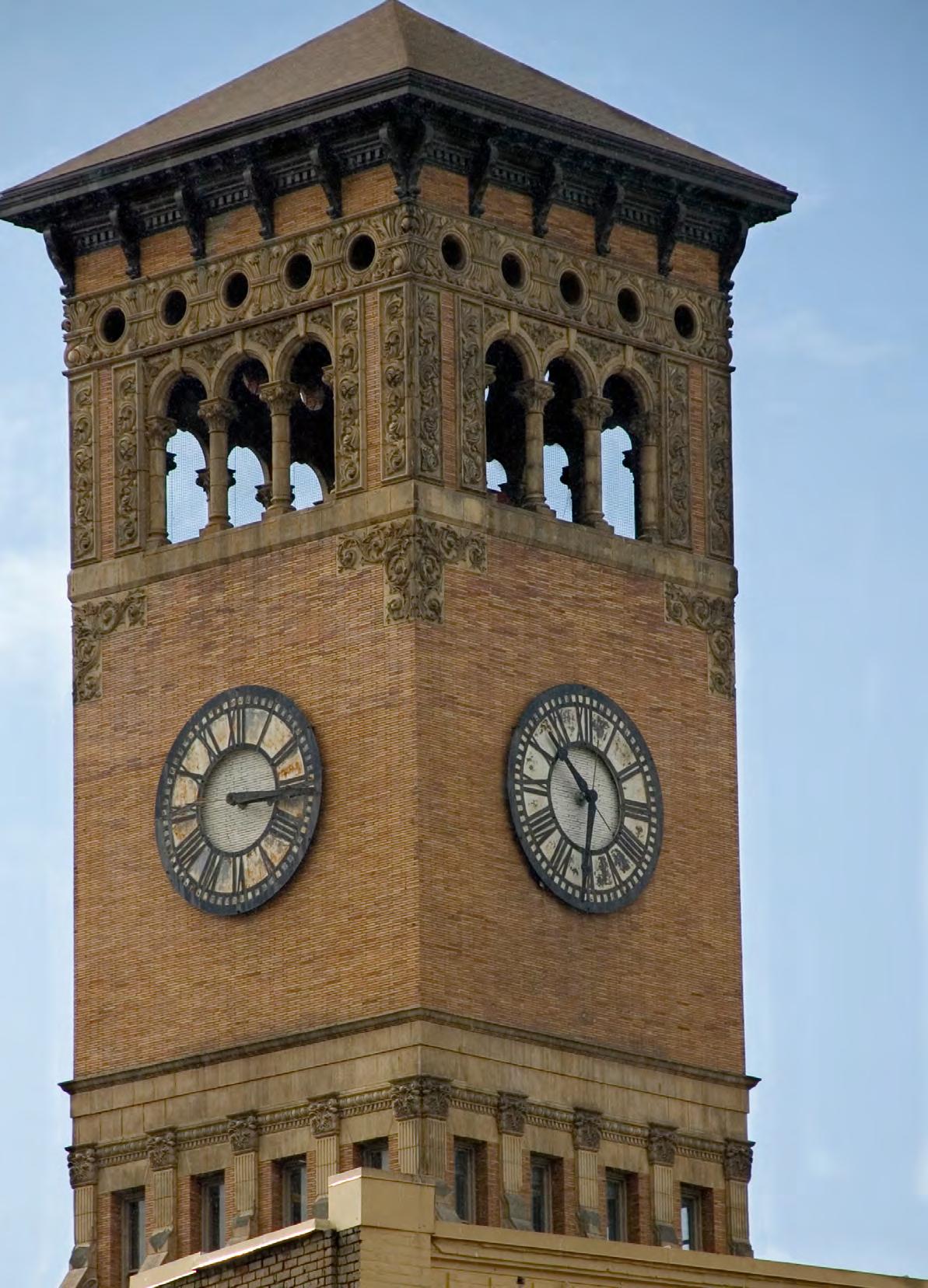
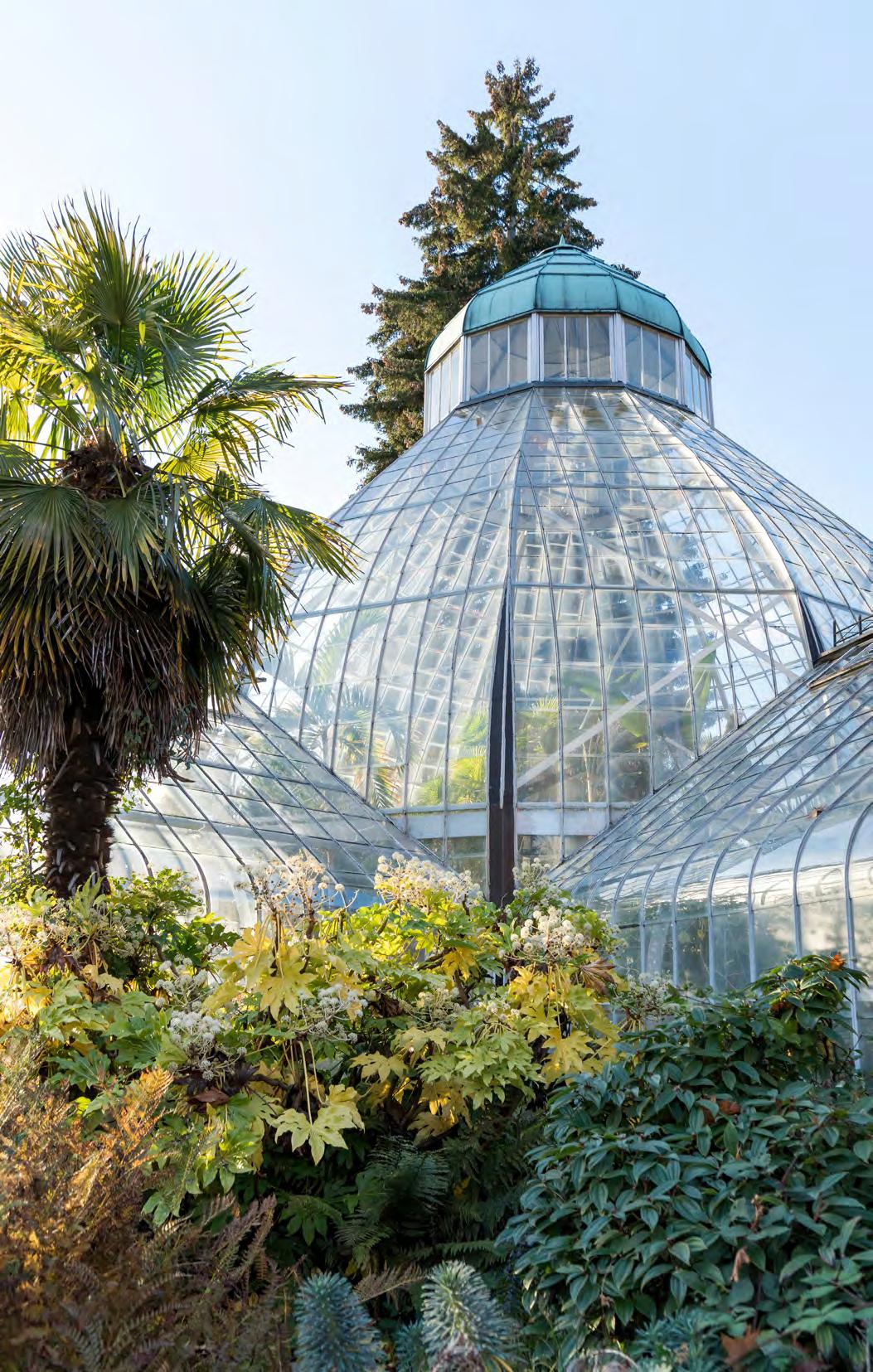
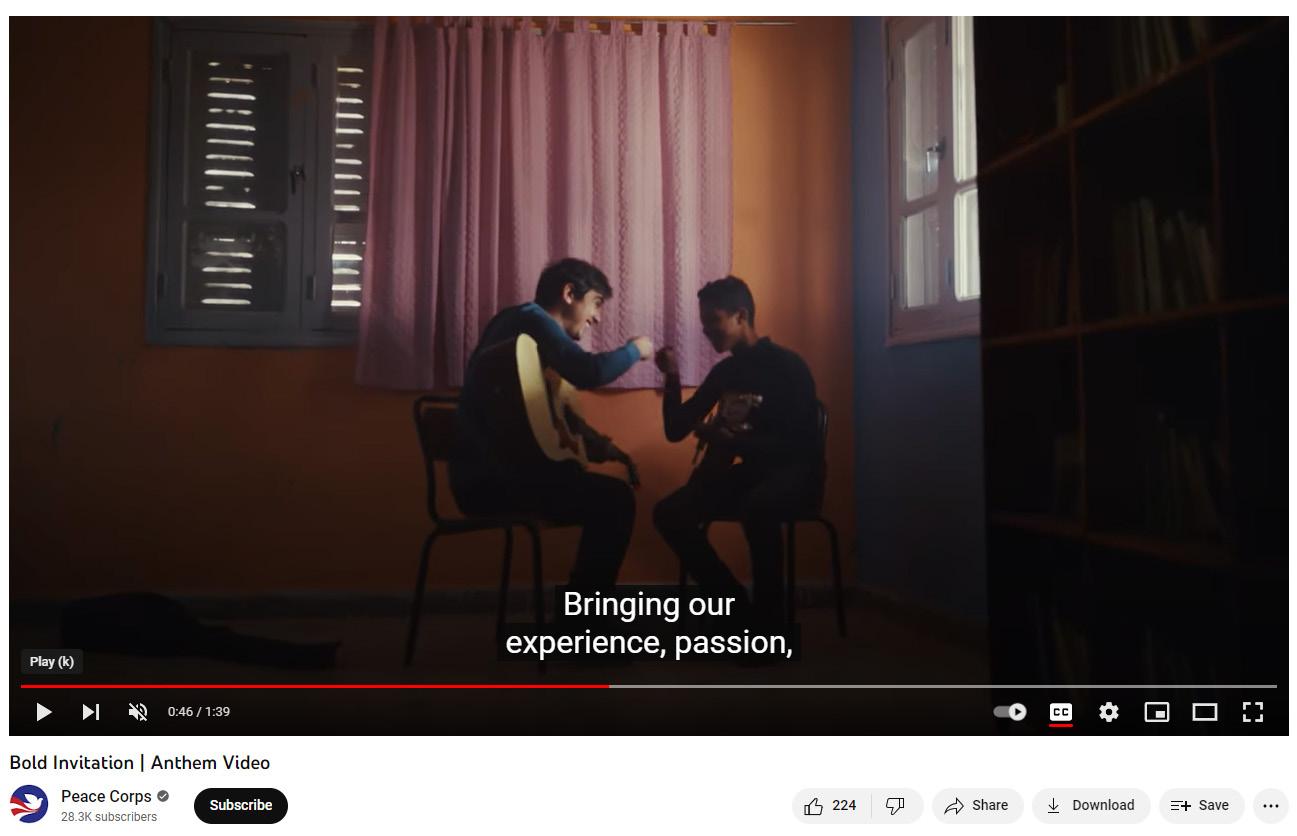
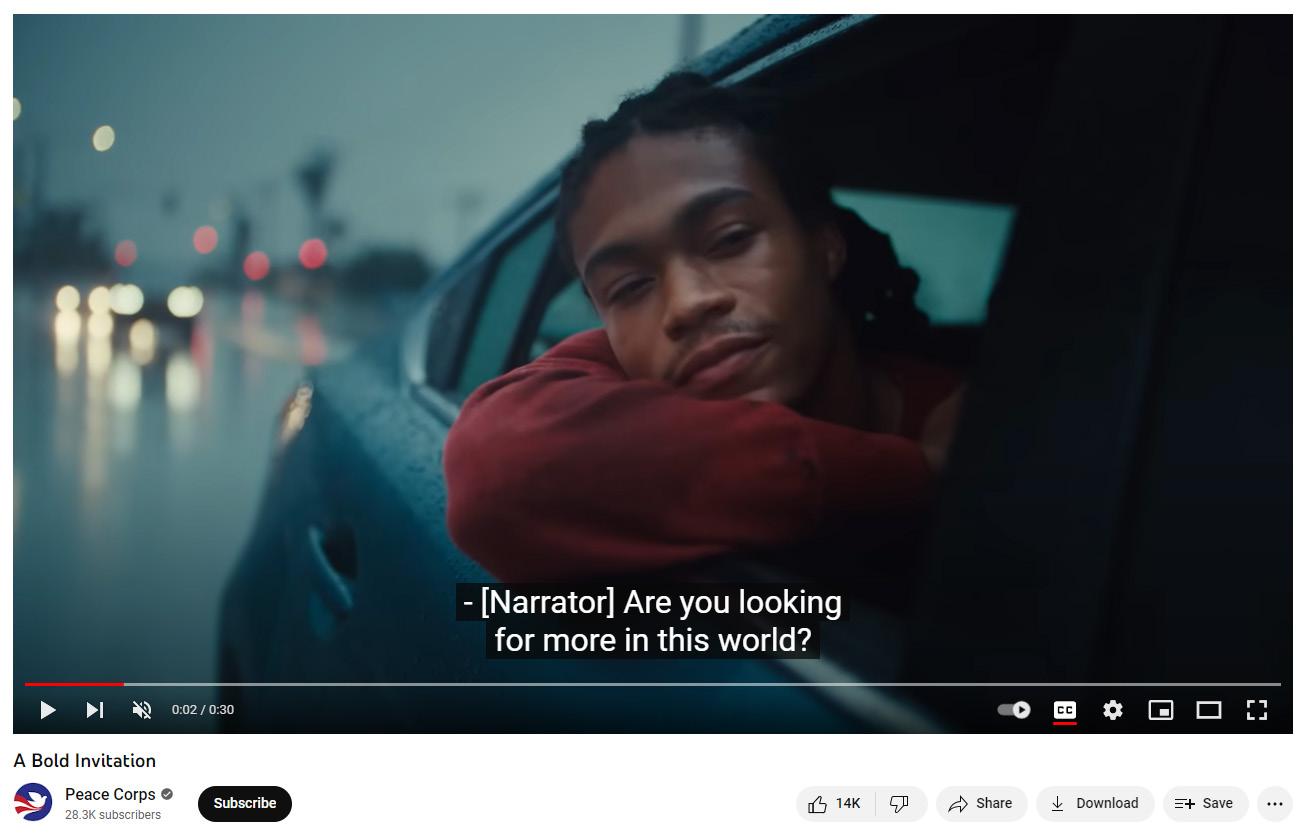
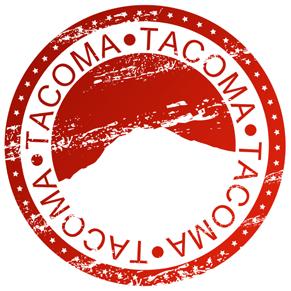
WE BELIEVE
every intercultural relationship can create the fabric of world peace.
WE BELIEVE
there is wisdom and expertise around the world, in every culture and community.
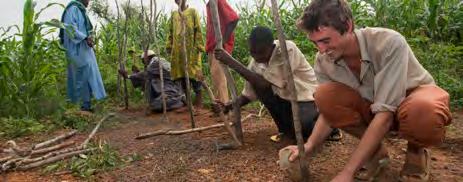
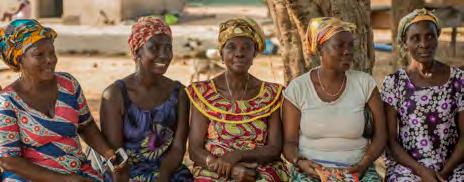
WE BELIEVE
we grow through intercultural relationships that are built on mutual respect, trust, and openness.



WE BELIEVE
we must all work to advance equity and inclusion.
WE BELIEVE
we must be responsive to national, host country, and local priorities.
WE BELIEVE
service with others is critical to deepening the bonds of our global community, both abroad and at home.
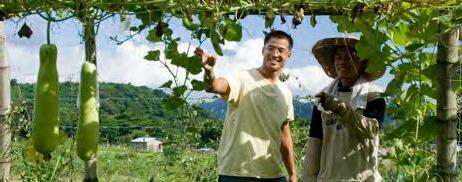
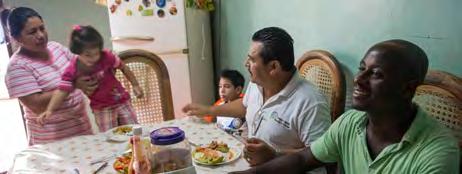
Anchored in these beliefs, every intentional action can make a difference, often in ways that we cannot yet see.

TACOMA, WA | SEPTEMBER 18-19
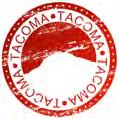

The Bold Refresh: Building Back to Support Tomorrow’s Global Leaders
Intercultural Competency Starts at Home: Leveraging Local Community Engagement as Training for International Service
Kate Stephens, Utah State University
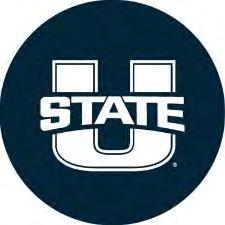
Susanne Hackett, Tulane University
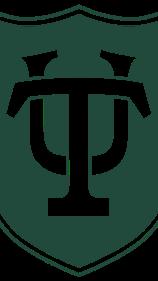
• Associate Director of USU Center for Community Engagement
• Returned Peace Corps Volunteer (Ecuador 1999-2001)
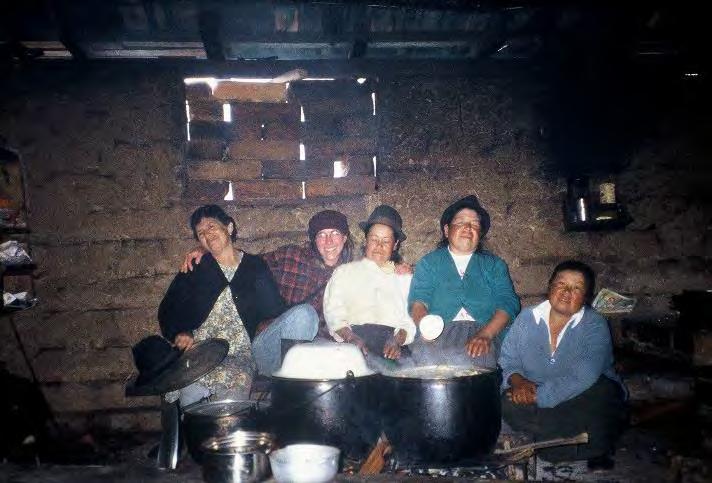
• Former non-profit founder/director
• Over past 25+ years, served as an AmeriCorps member, leader, program director, and supervisor
• Lead USU International Community Engagement programs in collaboration with Peace Corps (Peru, Guatemala, Ecuador)
• USU Peace Corps Prep Coordinator
 Peace Corps Volunteer in Northern Ecuador in 2000
Visiting Peace Corps Headquarters in Santa Lucía Milpas Altas, Guatemala with USU students in 2018 (Craig Badger, DPT)
Peace Corps Volunteer in Northern Ecuador in 2000
Visiting Peace Corps Headquarters in Santa Lucía Milpas Altas, Guatemala with USU students in 2018 (Craig Badger, DPT)
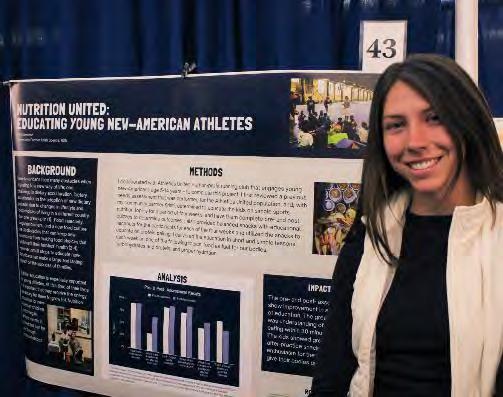
CE Scholars who choose the Peace Corps Prep track can fulfill requirements for both programs by…
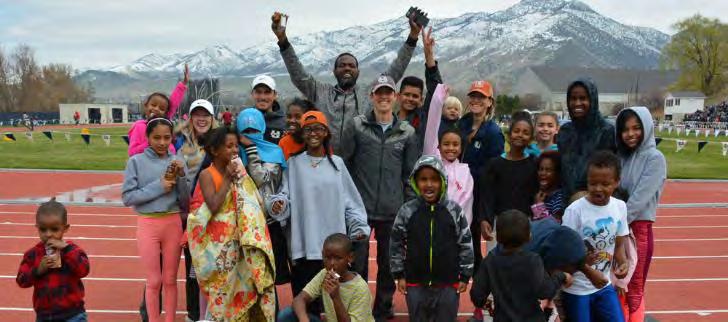
1. Engaging in 200 hours of community service related to their field of study or Peace Corps sector
2. Completing Community-Engaged Learning (CEL) courses that align with a Peace Corps sector or deepen intercultural competency i.e. Multicultural Psychology, Community Nutrition
3. Completing a Community Action Project (CAP) within their chosen Peace Corps sector
Kate Mershon, USU Community-Engaged Scholar, developed a nutrition education program for New American Athletes for her CAP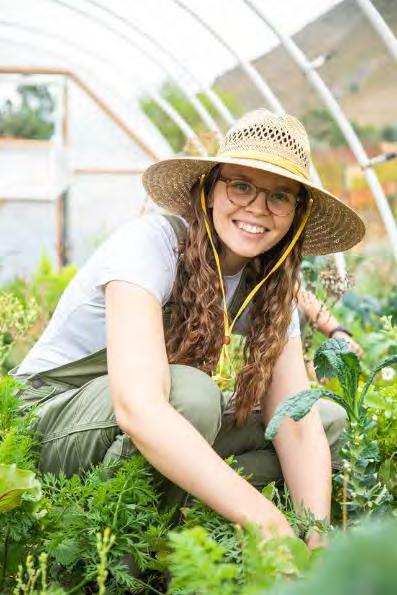
The USU Center for Community Engagement is home to the largest higher ed AmeriCorps program in the Western US. While not required, USU PC Prep students are encouraged to serve in 300-1700 hour AmeriCorps positions and work with organizations whose missions align with the six Peace Corps sectors.

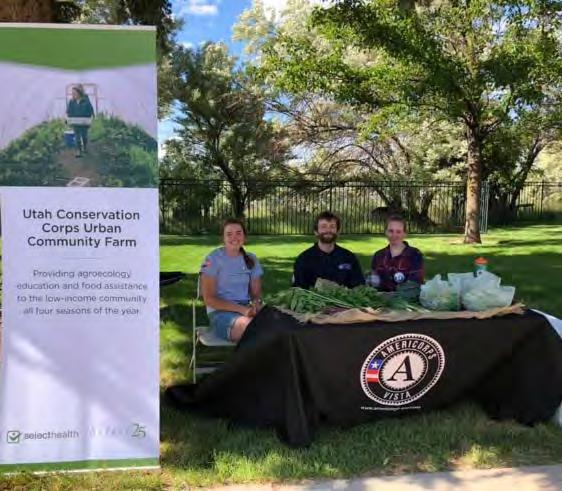 AmeriCorps member working with America Reads/After-School Club (Peace Corps Education Sector)
AmeriCorps member working on the Urban Community Farm (Peace Corps Agriculture Sector)
AmeriCorps member working with America Reads/After-School Club (Peace Corps Education Sector)
AmeriCorps member working on the Urban Community Farm (Peace Corps Agriculture Sector)
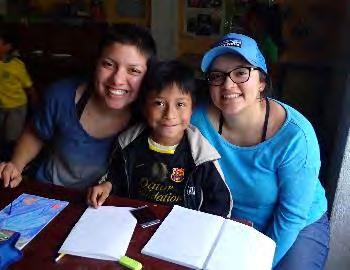
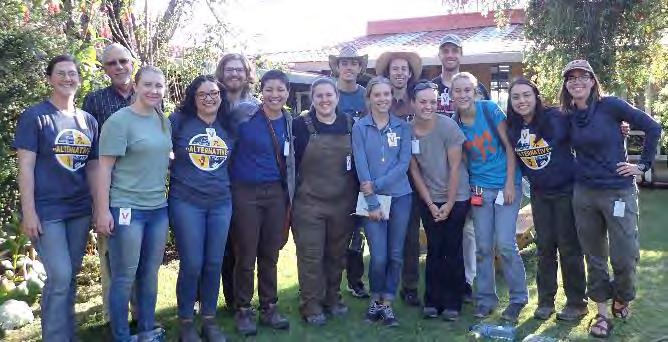
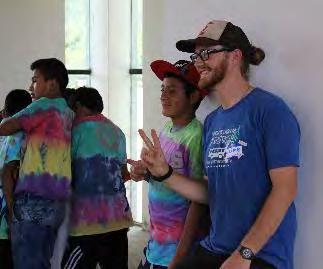

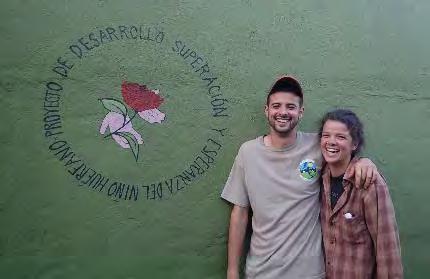
By working with Peace Corps Peru and Peace Corps Guatemala, I was able to give my students the opportunity to experience a day (or week) in the life of a PCV and participate in community-driven projects that would continue beyond our program; however, I could not deny that it was an inefficient use of resources benefitting a very small number of USU students.
Often more about the volunteer experience than building long-term, community-driven partnerships.
Long-term, community-driven partnerships can be developed and sustained more easily at-home.
Studying and volunteering abroad is an expensive luxury that most USU students cannot afford.
Students from all socio-economic backgrounds can have these experiences.
Most of the funding is put toward international travel rather than the recipient community.
Most of the funding is put toward community projects rather than travel.
Most one-and-done projects (i.e. basic construction, mural painting) have little long-term impact and can deprive local workers of job opportunities and make communities more dependent on outside aid.
Students and faculty can engage consistently for an entire semester, year or career, ensuring followthrough and long-term support.
At USU, the Center for Community Engagement gives Peace Corps Prep Students opportunities for extended (50+hours), immersive intercultural experiences right at home with local community partners.
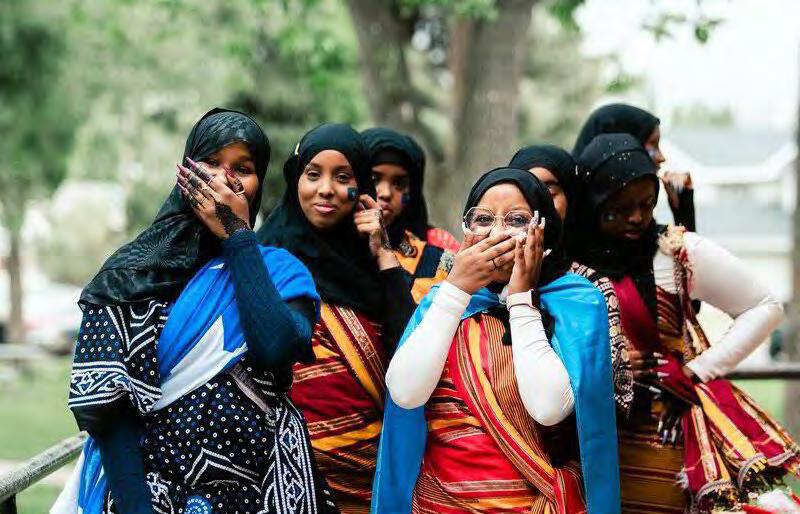
PC Prep students are encouraged to volunteer in diverse schools, teach English, and support new immigrants or refugees as they acculturate to the United States. These experiences are accepted in place of one or both elective courses.
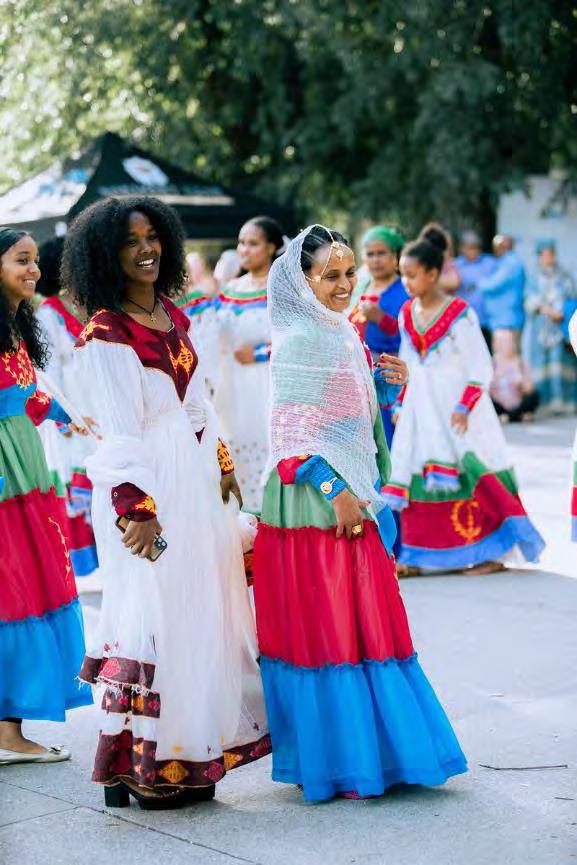
The English Language Center of Cache Valley, Inc. teaches English, basic life skills, U.S. Citizenship preparation, and employment education to adult speakers of other languages.
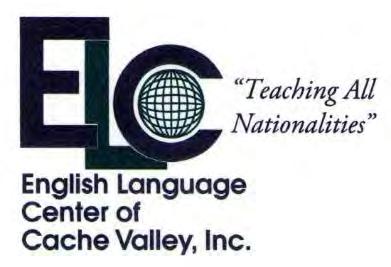
These services act as a catalyst for real education-based change leading to opportunities for individual and community prosperity, self-sufficiency, and cultural integration.
Projects:
• Organized an International Potluck at Willow Park that became an annual event
• Led groups and worked 1:1 with students from all over the world, including Ethiopia, Eritrea, Thailand, Mexico, Taiwan, El Salvador...
English Teaching is one of the most desired Peace Corps programs, and the ELC enables PC Prep students to gain this skill while developing intercultural competency and making a tremendous difference in the lives of their non-English speaking neighbors.
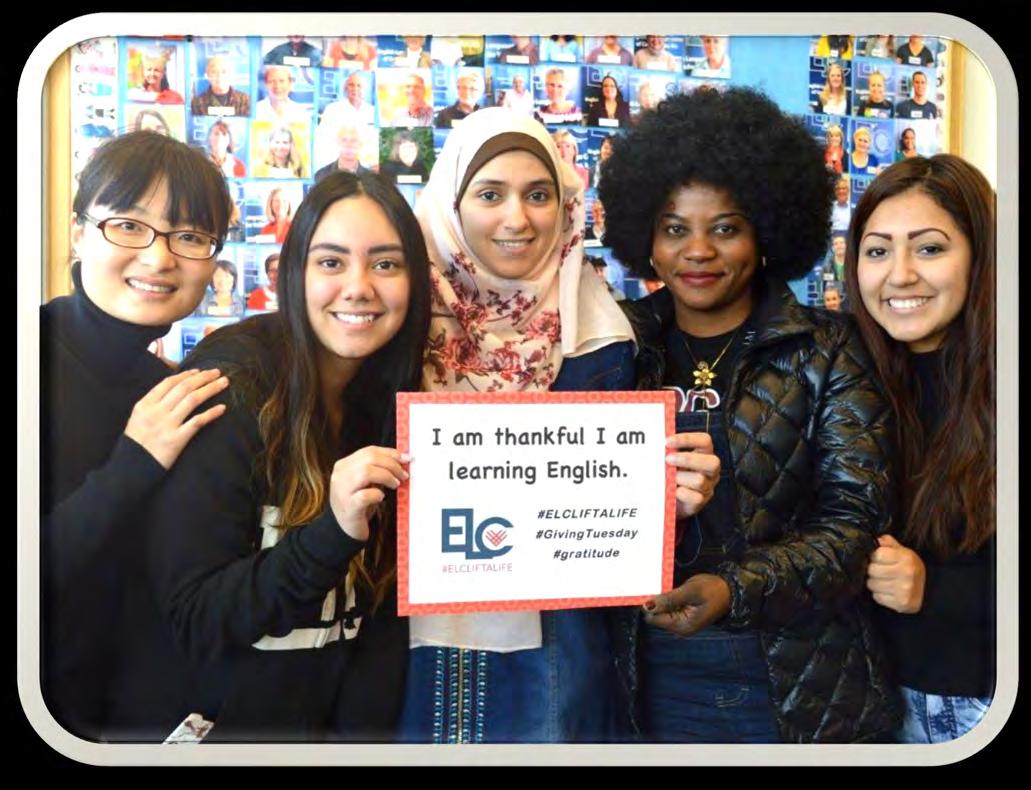
Centro de la Familia de Utah (Centro) is a nonprofit agency dedicated to promoting educational success for children and families, and fostering healthy and engaged communities. All programs and services are offered in Spanish.


Kristin Fitzgerald and RJ Risueno, juniors in the Communication Disorders and Deaf Education program, worked with Centro to develop a bilingual library, and generated long-term internal and external support for its continuation and growth.
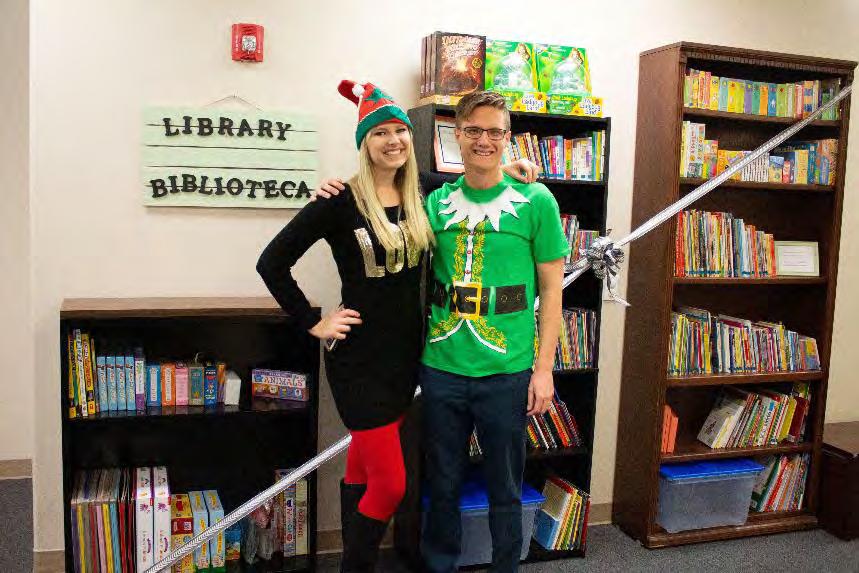
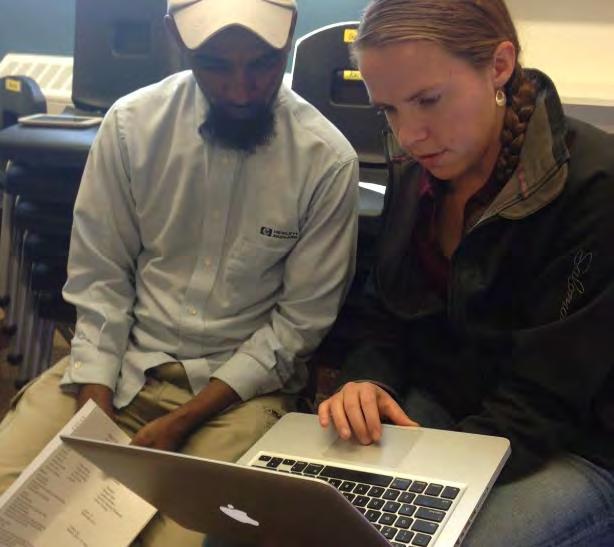
Since CRIC's founding in 2014, the organization has focused on one goal: making Cache Valley a community for everyone.

We believe in assisting refugees and immigrants as they make Cache Valley home. We work towards our vision through our programs, outreach, and partnerships.
• Participate in walk-in hours: assist with resumes, job applications, apartment rentals, SNAP benefits, etc.
• Serve as study partners for the U.S. Citizenship test
• Teach classes in preparation for the Utah Driver’s License test.
Cultural Humility
Cultural Competency
You’re the expert
I’m the expert
Lifelong Process
An end product
Subjective set of practices Implies an objective set of best practices
Wheeler, Michael. “Cultural Competence and Cultural Humility A Literature Review for Understanding and Action.” tripartners.com, March 20, 2018.
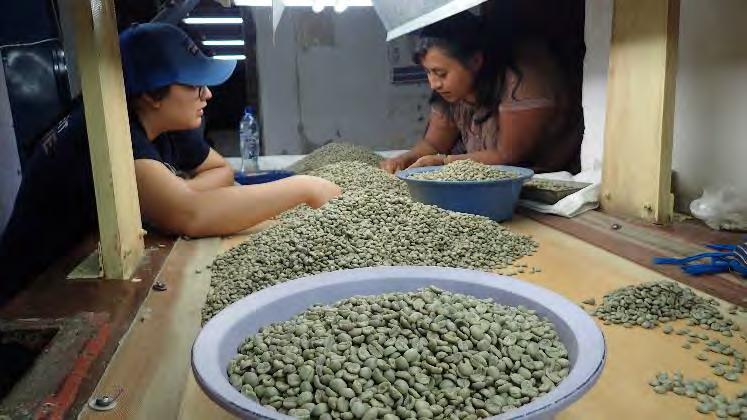 Susanne Hackett, Tulane University
Susanne Hackett, Tulane University
A little about me…
• Not an RPCV, but have spent time abroad
• B.A. in Cultural Anthropology
• Ph.D. in Latin American Studies from Tulane, focusing on Cuba
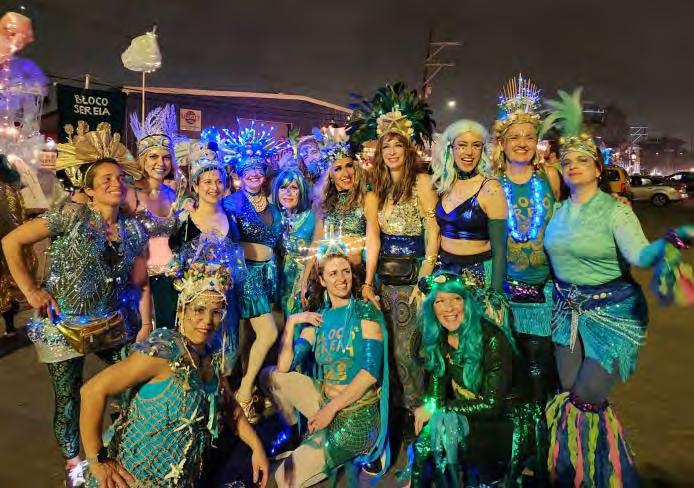
• Now at Tulane’s Center for Public Ser vice working with Internships & International Experiences

• Live in New Orleans!
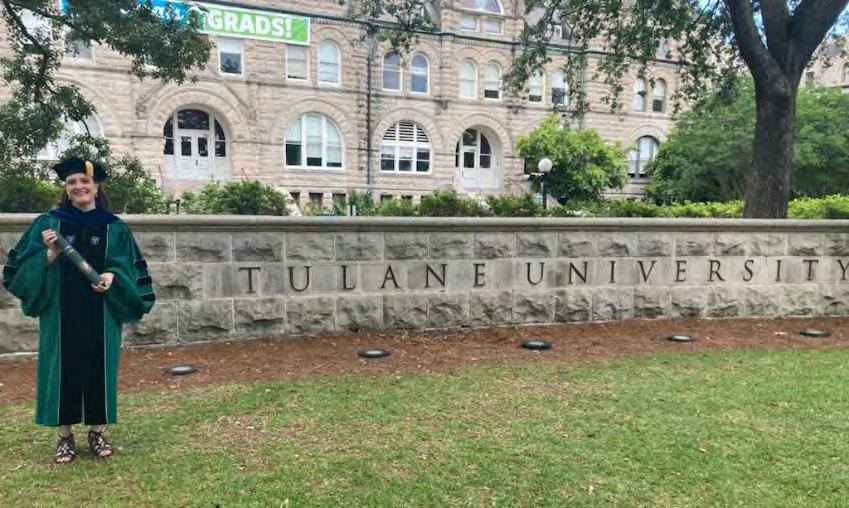
The Center for Public Service supports a University curriculum and research agenda by uniting academics and action, classroom and communities through which students, faculty, and community partners dedicate themselves to the transformation of civic life.
Fast Facts about CPS:
• Founded in 2005 in response to Hurricane Katrina
• Public Service Graduation requirement implemented in 2006 as part of Tulane Renewal Plan

• Current Programs:
• Service Learning Courses
• Public Service Internship Program
• International Programs (including Peace Corps Prep)
• Americorps VISTA
• Student Leadership Programs
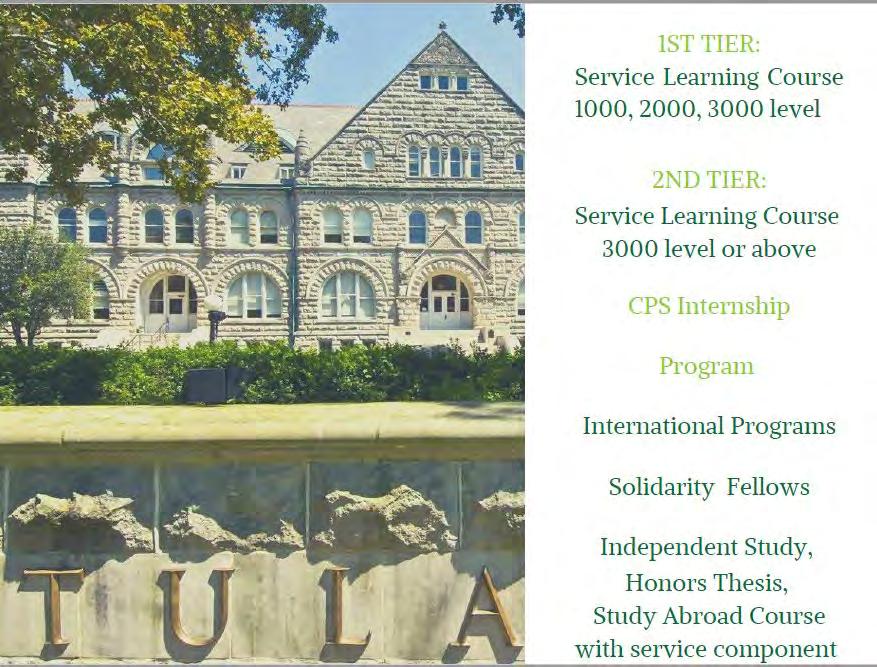
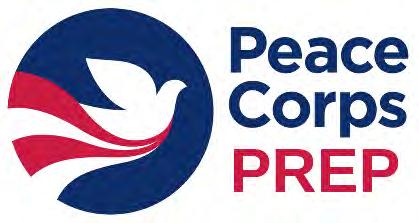
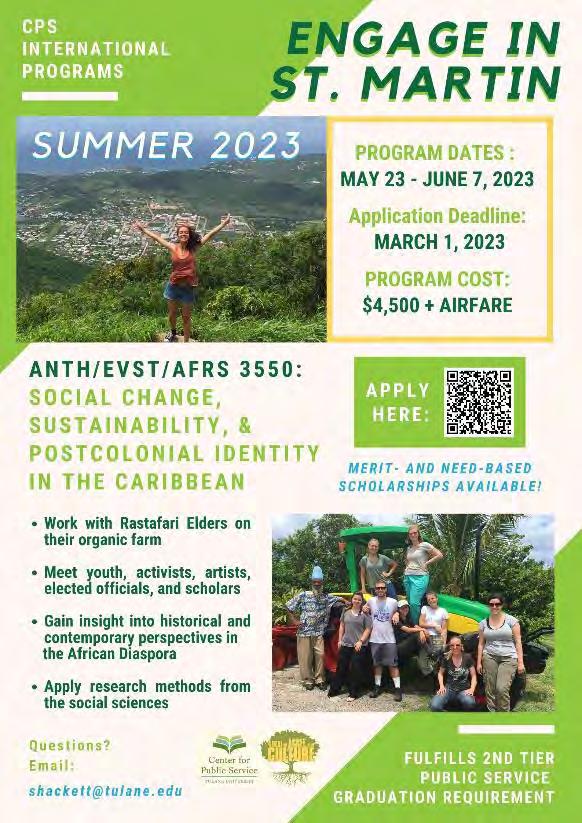


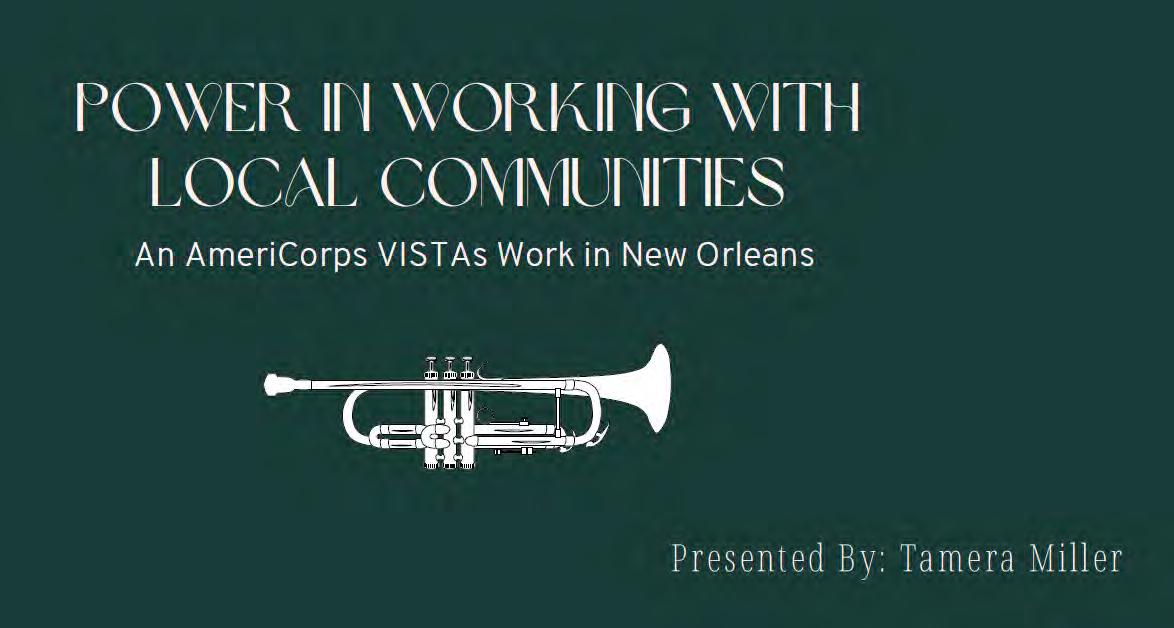

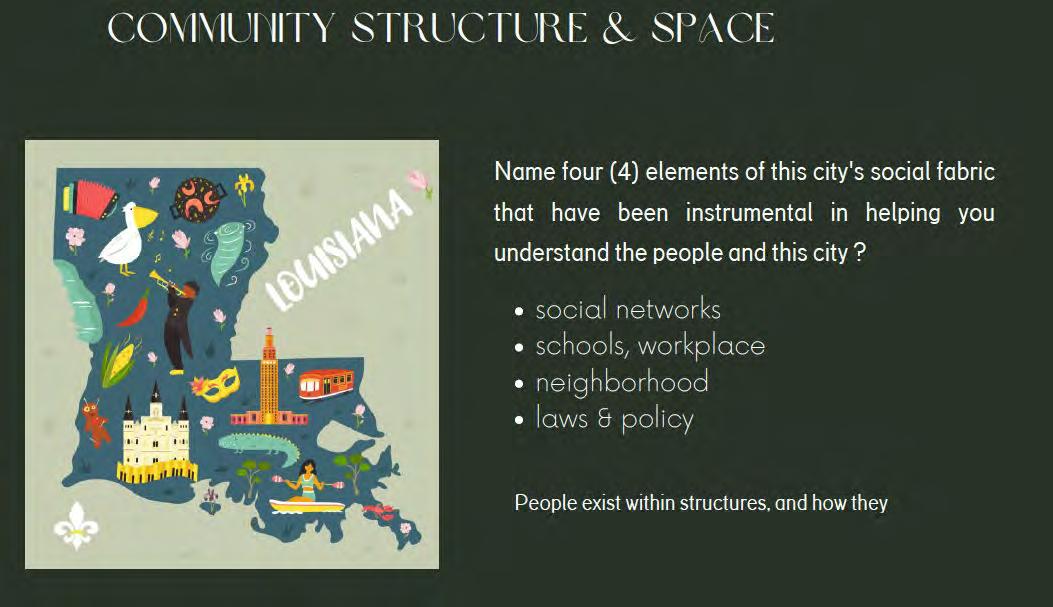
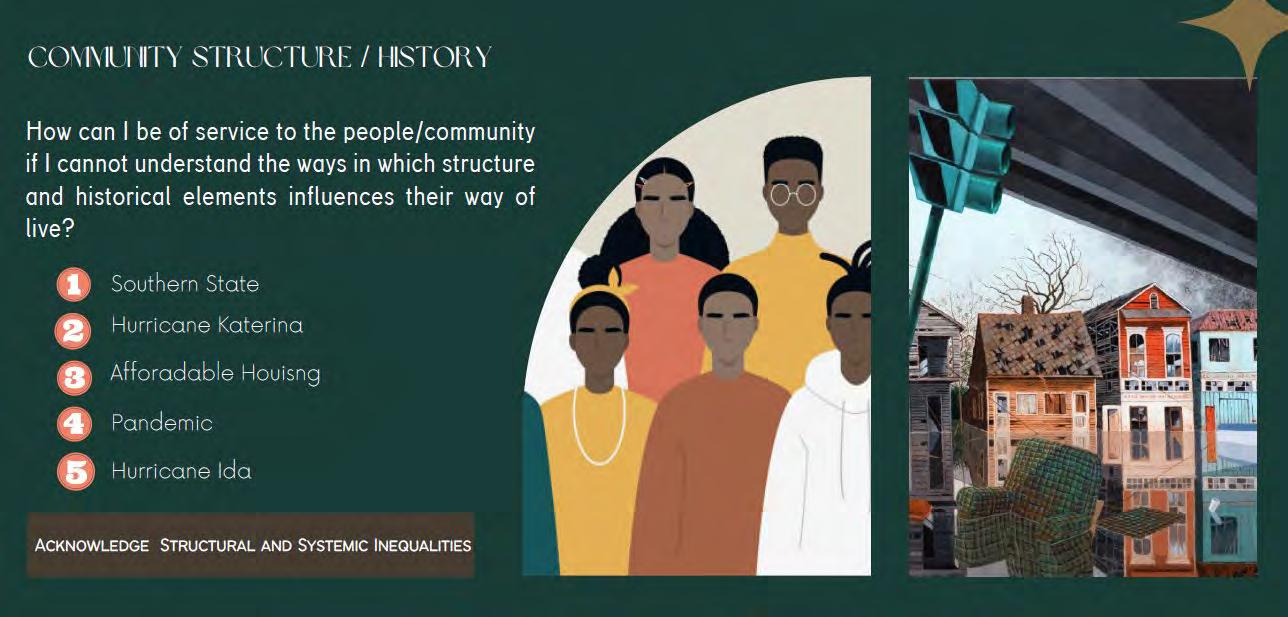
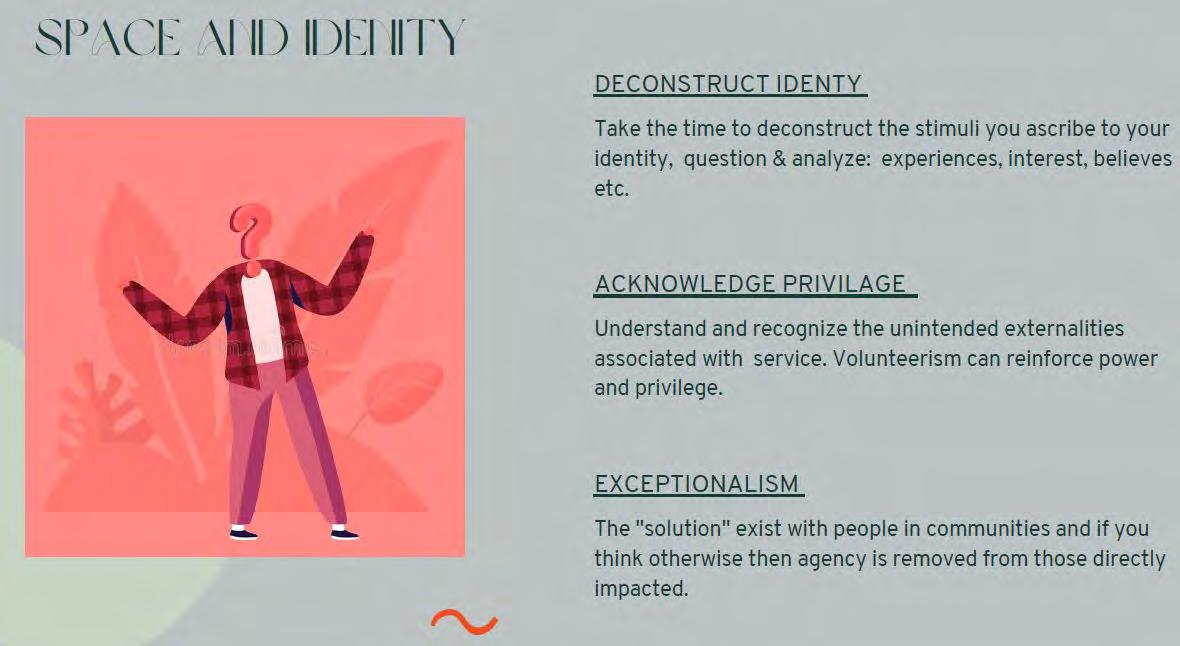

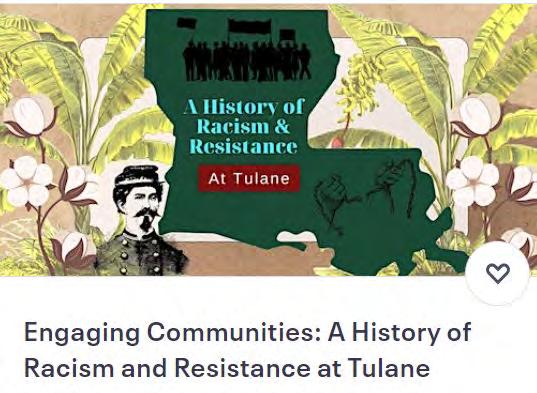
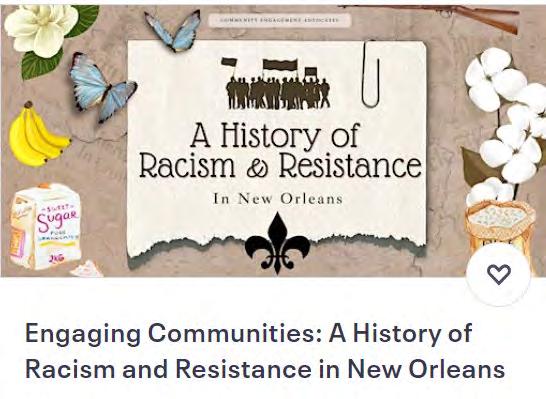

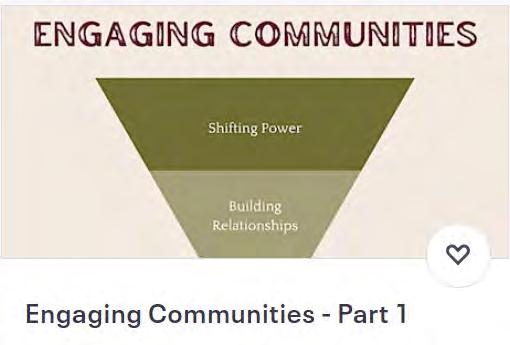
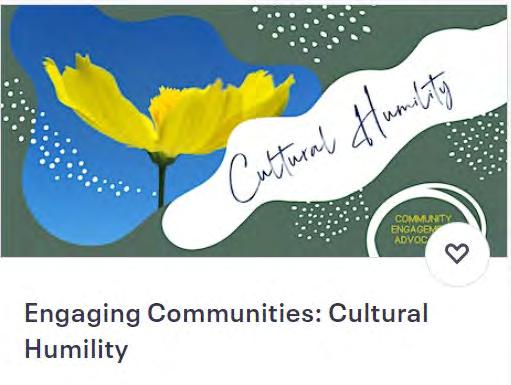
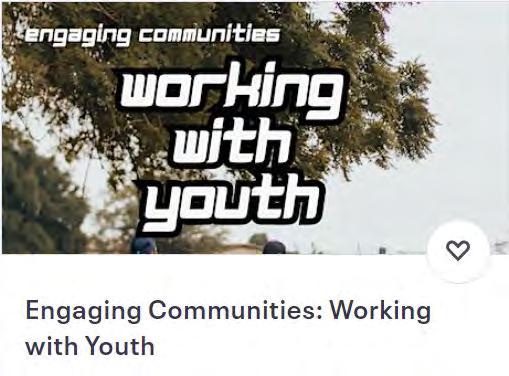
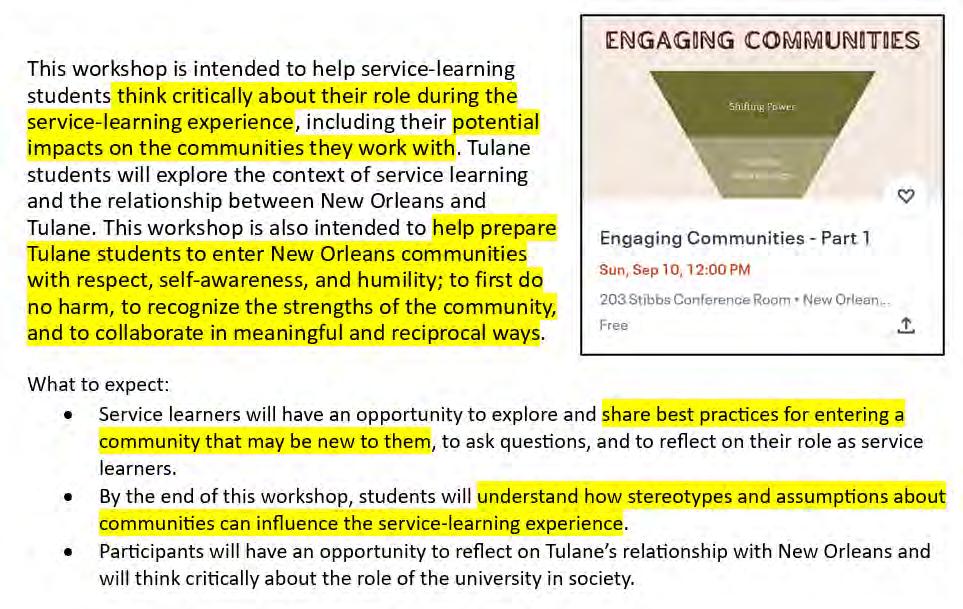

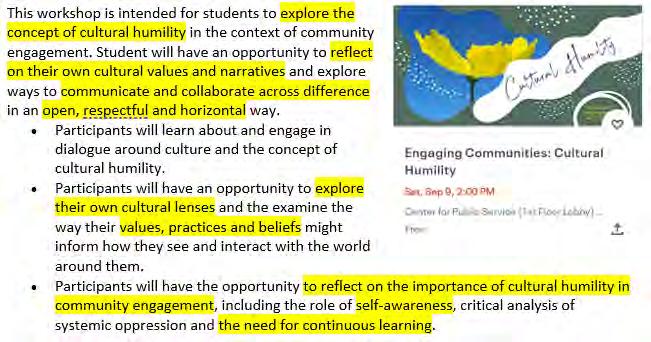
Community engagement is as much about place as it is about people.
What does community engagement look like at your school?
• Private vs. Public university or college?
• Geographic location and local culture?
• “Town-Gown” relations?
• Presence of Immigrant or Refugee communities locally?
Now what?
• What opportunities for immersive intercultural experience exist in your home community?
• Rather than reinventing the wheel, how might you collaborate with your Center for Community Engagement or Center for Public Service to identify local intercultural volunteer opportunities that address community-identified needs?
• What community engagement programs currently exist on your campus? How might the goals of Peace Corps Prep overlap? Is there opportunity to develop a Peace Corps Prep track within an existing program?


TACOMA, WA | SEPTEMBER 18-19


The Bold Refresh: Building Back to Support Tomorrow’s Global Leaders
• Hispanic-Serving Institution
(>25%)
Native American-Serving NonTribal Institution (>10%)
Minority-Serving Institution
(>50%)
• UNM is 50% (#3 R1 in US)
• UNM is 6% (#1 R1 in US)
• UNM is 58.5% (one of only three R1’s in US)
UNM has the same study abroad statistics other universities have:
Study abroad is overwhelming white.
While study abroad is not the same as PCP, there is a correlation.
So, what to do for PCP?
Social
• Regular meetings – online during pandemic; in-person since – with PC recruiter
• Email list-serve, emphasizing scholarships (Rangel, Payne, Mellon, McNair, etc.)
• Frequent use of Spanish
Institutional
• The aforementioned stats
• Connections with International Studies major (which has 56% minority participation)
• Ethnic Studies programs
• Commuter campus/Zoom fatigue
• Absent PC recruiter
• Scholarships are not all PCrelated
• Confusion about “volunteer”
• Spanish not universal
• Stats only go so far
• Risk of “Why not?” approach
• Secondary focus
• Food! + variety
• *
• Money better than no money
• Emphasis on pay and postPC benefits
• Finding the right balance
• See stats as only a starting point
• “foot in the door”
• Networks, especially real partners, are better than isolated efforts


What are the main goals for your RPCV / Prep alumni network?
For example: Develop digital story telling campaign. Have at least 3 RPCVs at all our events. Create scholarship.
What data points do you want to collect for your network?
For example: name, email, phone number, country of service, PC sector, Coverdell status, degree attained, etc.
Where will your network live? What systems / tech do you need?
For example: Excel, Google Sheets, Mailchimp, Salesforce, etc.
What do you need to do by the end of 2023?
For example: Setup RPCV tracking sheet. Update PC Prep application form. Conduct initial Linked In search.
What do you need to do by May 2024?
For example: Invite RPCVs to Peace Corps Week event(s). Find and connect with local RPCV group.
What specific ac�ons will you take (include deadlines if possible)?
For example: Create RPCV Tracking Sheet by 10/31/23. Search campus directory for RPCVs 11/31/23.
TACOMA, WA | SEPTEMBER 18-19


The Bold Refresh: Building Back to Support Tomorrow’s Global Leaders
Chris Elsner, MPA
PC Prep Coordinator, University of Arizona

RPCV, Ukraine 2008-10
President, Returned Peace Corps Volunteers of Southern Arizona

• TEFL Volunteer in Ukraine
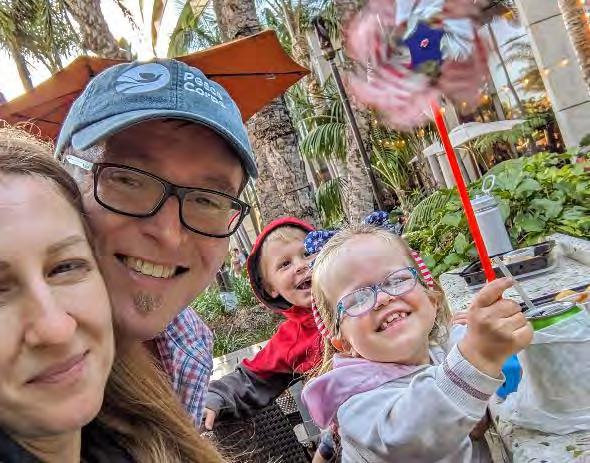

• MPA Coverdell Fellow at UArizona
• “4th Goal” Contributor
• PC Prep Program Coordinator
• Desert Doves President
1. Icebreaker
2. Why you need an RPCV network
3. Building an RPCV network
4. Your PC Prep Alumni network
5. Leverage your RPCV network
6. Let’s make a plan! (activity)
1. RPCVs raise your hands!
2. Divide into groups with at least 2-3 RPCVs in each group
3. Introduce yourselves
4. RPCVs share a little bit about your service:
1. When/where did you serve?
2. What was your primary assignment?
3. What were your living conditions like?
What inspired you to serve? (n=209)
Advice from teacher / mentor / advisor
Advice from friends / family
Peace Corps advertisement
An RPCV Family member
A book about Peace Corps
A Story from an RPCV
HowdifferentwereRPCVstoriesinyoursmallgroup?
• You need lots of stories to capture breadth of service.
• Stories of service vary with and between countries, programs, volunteers, and eras.
• You never know which story will be the one a future volunteer connects with.
• More stories means:
• More opportunities for connection
• More content for your program
• More chances to engage
• RPCVs are a resource
• Connections on campus
• Connections in community
• Volunteers and attendees for events
• Sponsors for activities
• Mentors for future volunteers
• Allies for outreach
• Information to collect
• Name
• Contact info (email, phone, etc.)
• Country of service
• Date of service
• Service sector
• Degrees and titles
• Coverdell Participation
• Current location
• Current role / job
• Demographic and affinity information
•
Mailing address (send thank you notes / stickers)
PC AlumniPrep
Campus
RPCVs
Community
RPCVs
RPCV Alumni
• On-campus network
• Campus directories / CVs
• Coverdell Fellows
• Grad Programs accepting Coverdell Fellows
• Community network
NPCA
Web search
• Get involved in your local RPCV group
LinkedIn • Search for school / Peace Corps
• Have an ask, collect an email
University Alumni / Foundation
Have you found any other ways to identify or connect with RPCVs in your community?
• Steps for building
• Update your application to:
• Collect phone numbers
• Collect personal emails
• Create an exit process:
• Collect (or verify) contact info
• Find out if they will, or intend to, serve
• Ask for stories and check-ins
• Ask about future plans
• Create a LinkedIn group
• Tracking
• Easiest – use Excel or Google Sheets
• Collect degree program and year graduated
• More complicated – use a CRM system
• Maintaining
• Set up an alumni email list / group
• Check in a few times a year
• Engaging
• Ask for stories and pictures
• Create an interview template / format
What are you currently doing?
What are you currently doing to track your alumni network?
Any advice to others?
• Create Content
• Stories / pictures on your website
• Featured profiles in email newsletters
• Quick profiles on social media
• Curate given capacity
• Only ask for what you can use
• Crowdsource story creation
• Find partners to produce content
• Alumni Associations
• Career Centers
• Marketing / Comms departments
• Invite them to events
• Give them swag
• Recognize their service
• Ask them to share their favorite memories
• Ask them what the most challenging aspect of service was
• Ask them to give advice to future volunteers
• Ask them to share how it changed their lives
• Help attendees prepare for events
• Let them know what to expect
• Let them know what questions to ask/answer
• Facilitate Panel Discussions
• Match panel with audience interest
• Give RPCVs opportunity to share longer story of service, photos, artifacts, etc.
• Connect students and RPCVs
• Match interested students with RPCVs by sector, country, and/or affinity group (or ideally all 3!)
• Ask them for help
• See if your local RPCV group will sponsor or cosponsor events
• Ask individual RPCVs (established, not Coverdell) to sponsor coffee chats
• See if any of them have internship or volunteer opportunities
• Understand RPCV impact in community
• Value proposition to support PC Prep on campus
• Economic / societal / community impact of RPCVs and/or Coverdell
• Build long-term financial support
• Connect with development team or foundations
• Utilize RPCV network to start endowment
• Fund scholarships to support prospective volunteers
• Fund scholarships to incentivize Coverdell Fellows
• Fund awards to recognize outstanding PC Prep Participants
• Where are you currently at?
• Totally new: no network, no contacts
• Work in progress: have an emerging network with some contacts
• Established: solid network with diverse contacts
• What are your goals?
• Goals for data and systems
• Goals for RPCVs and Alumni
• Goals for network
• What is your timeline?
• What do you need to do this year? (very specific)
• What will you do next year? (specific to general)
• What will you do over the next 3-5 years? (general to vague)
• What actions will you take?
• How timeline and goals connect (or maybe vice versa)
TACOMA,WA | SEPTEMBER18-19

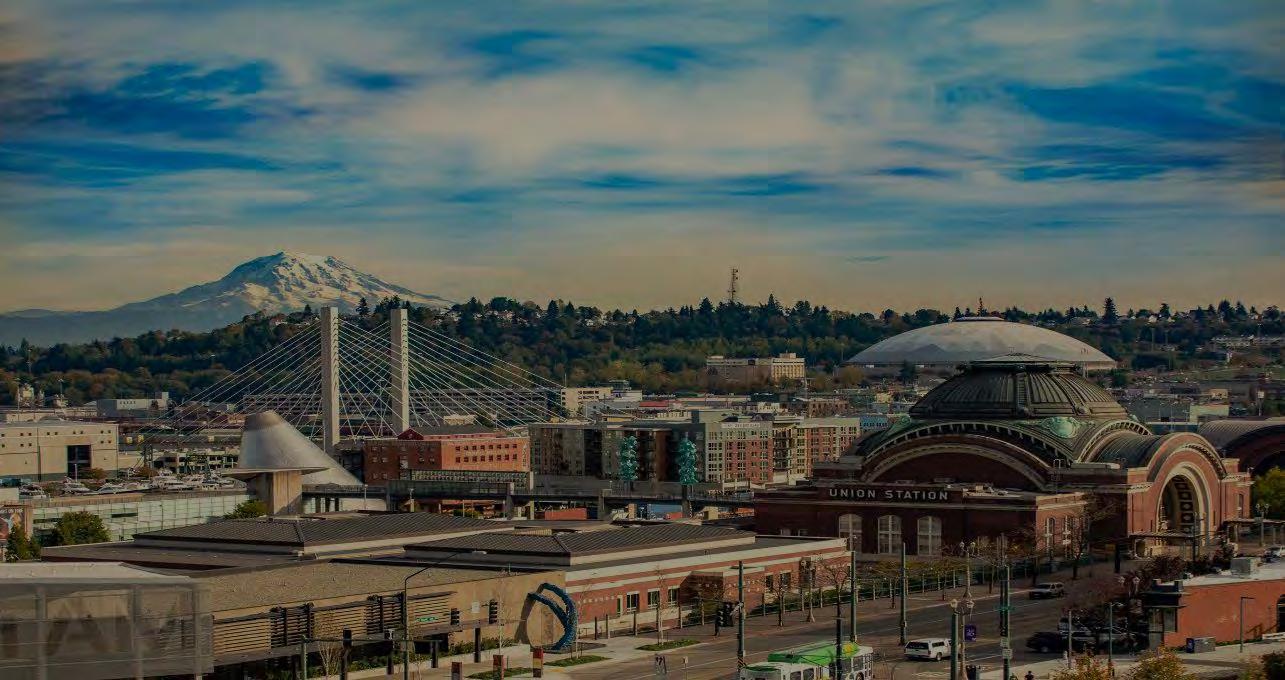
The Bold Refresh: Building Back to Support Tomorrow’s Global Leaders
Creating a Picture of Bold Refresh: A Reflective Writing Workshop
Kathryn Smith
Scholarship Writing Consultant & PC Prep Coordinator
Purdue University, West Lafayette

• Everyone is a writer.
• If you do not like to write, then you have not found your voice in writing.
• Writing is a creative process that applies to a creative life.
• Everyone leads a creative life.

When have I created something new upon reflection?
How do we make reflection part of a bold refresh?

How do we create movement in a bold refresh?
Where do I feel stuck in the creative process of a bold refresh?

• How do we create structure in a bold refresh?
• What are the pieces of our bold refresh?

• See a framework that shapes your experience.

• Compose a picture or observe a constellation.

The writing process is circular.
When do you repeat a process to make something new?

• Look for patterns in your writing that reveal your values and motivation.

• What are your goals and aspirations?

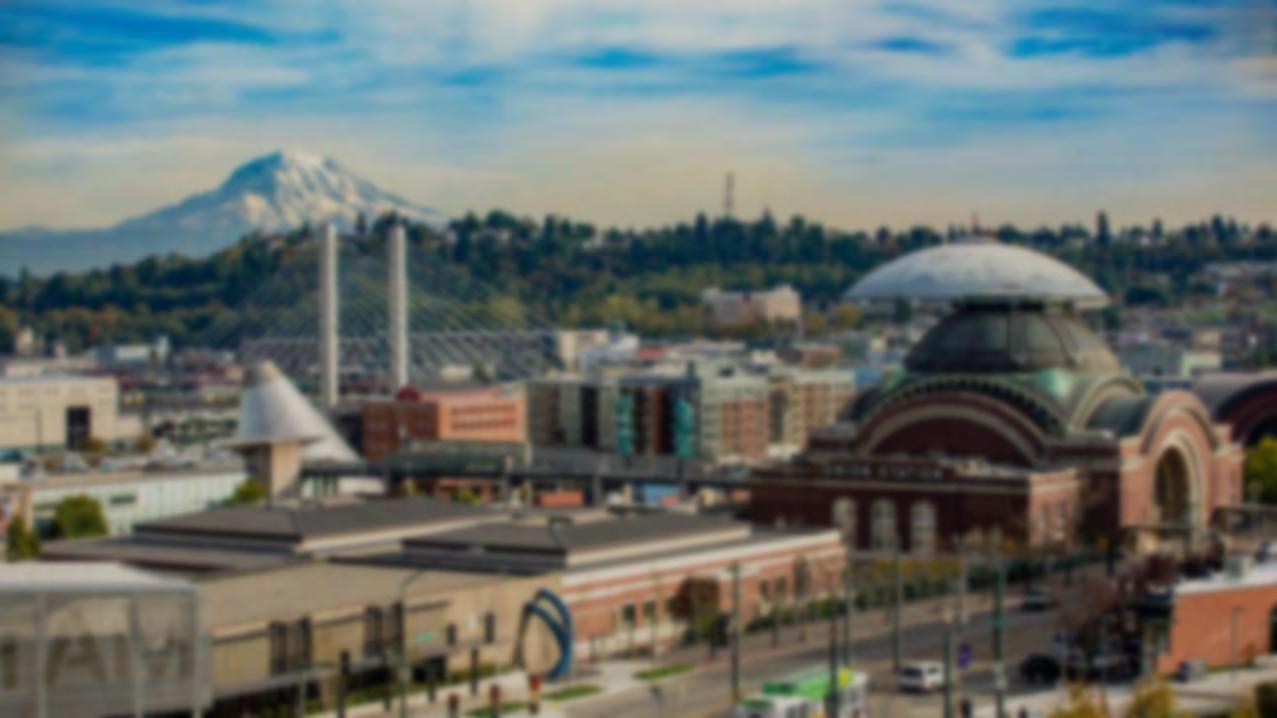


2023 Coordinators Conference
Goldilocks Engagement: Offering “Just the Right Amount” - Goal-Setting Activity
Choose at least one retention and engagement practice to implement or improve upon in the coming year, then list stakeholders, resources needed, and action steps you will take to achieve this goal.
Session Presenters: Rebecca Baskerville (rlbaskerville@unl.edu) and Steve Hess (shess@transy.edu)

TACOMA, WA | SEPTEMBER 18-19

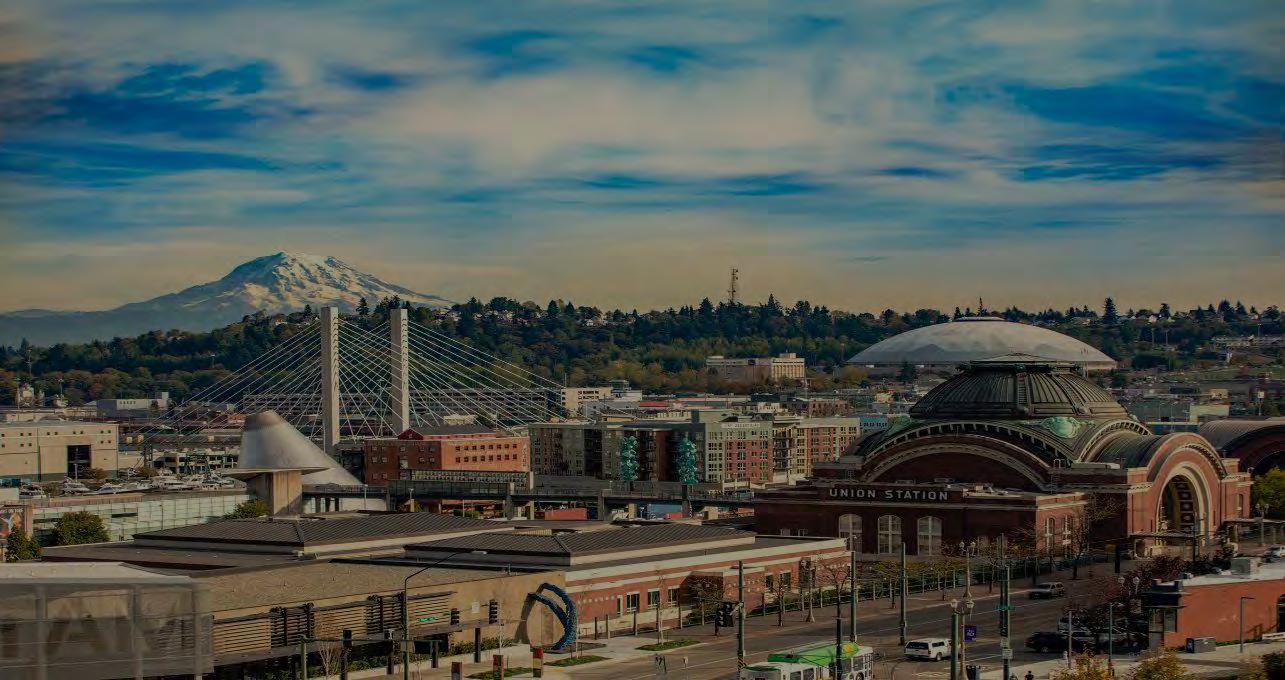
The Bold Refresh: Building Back to Support Tomorrow’s Global Leaders
Rebecca Baskerville, University of Nebraska – Lincoln
rlbaskerville@unl.edu

Steve Hess,Transylvania University shess@transy.edu

“Just the RightAmount”
Peace Corps Prep grants students autonomy and flexibility as they advance through requirements at different paces. How do we help students connect with peers, coordinators, mentors, and others who will support and inspire them, but also avoid overwhelming students with additional events and obligations?
•Introductions and Small Group Discussions (15 min)
•Presentation on Engagement Practices (20 min)
•Group BrainstormingActivity (25 min)
•Pair or Small Group Discussions (15 min)
•Individual Goal-SettingActivity (15 min)
•Self-introductions: introduce your role and your institution, provide a brief history and overview of your PCPprogram
•What are some of the recent trends and challenges you’re observing with your PCPprogram?
•What are some of the challenges your students are struggling with in terms of the readjustment back to ‘normal’university life?
•How have these impacted student engagement and retention in your PCPprogram?
University of Nebraska - Lincoln: Large, public, land grant institution
Transylvania University: Small, private, liberal arts institution
1.In-Person Programming
2.One-on-OneAdvising and Mentoring
3.Virtual Engagement
4.Accountability and Recognition
5.Other Benefits
•Recruiter visits
•Networking events
•Storytelling
•Community service
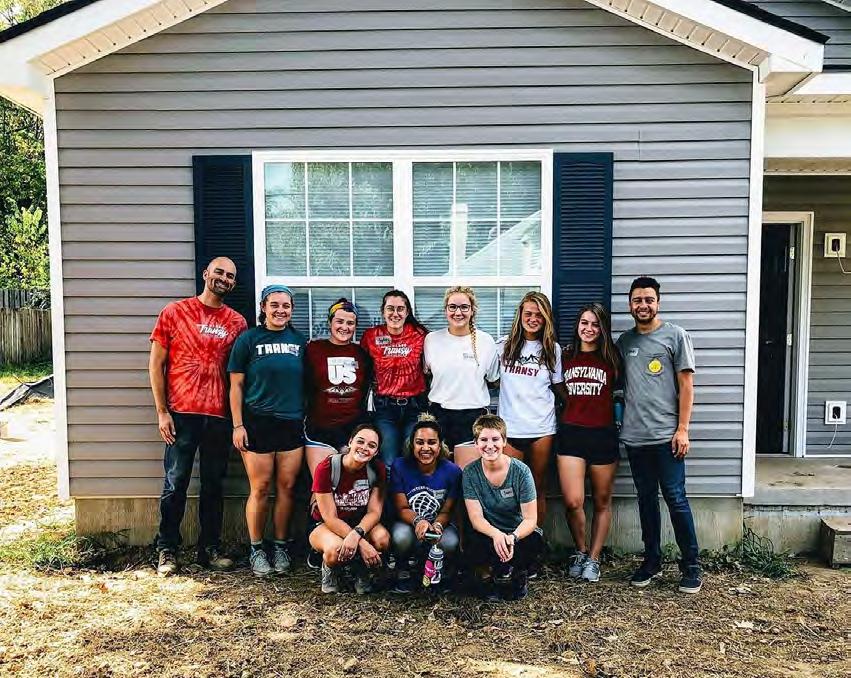
•Coursework
•PCPStudent Organizations
•Coordinator advising
•Local/alumni RPCV mentoring
•Other faculty and staff
•Peer mentoring
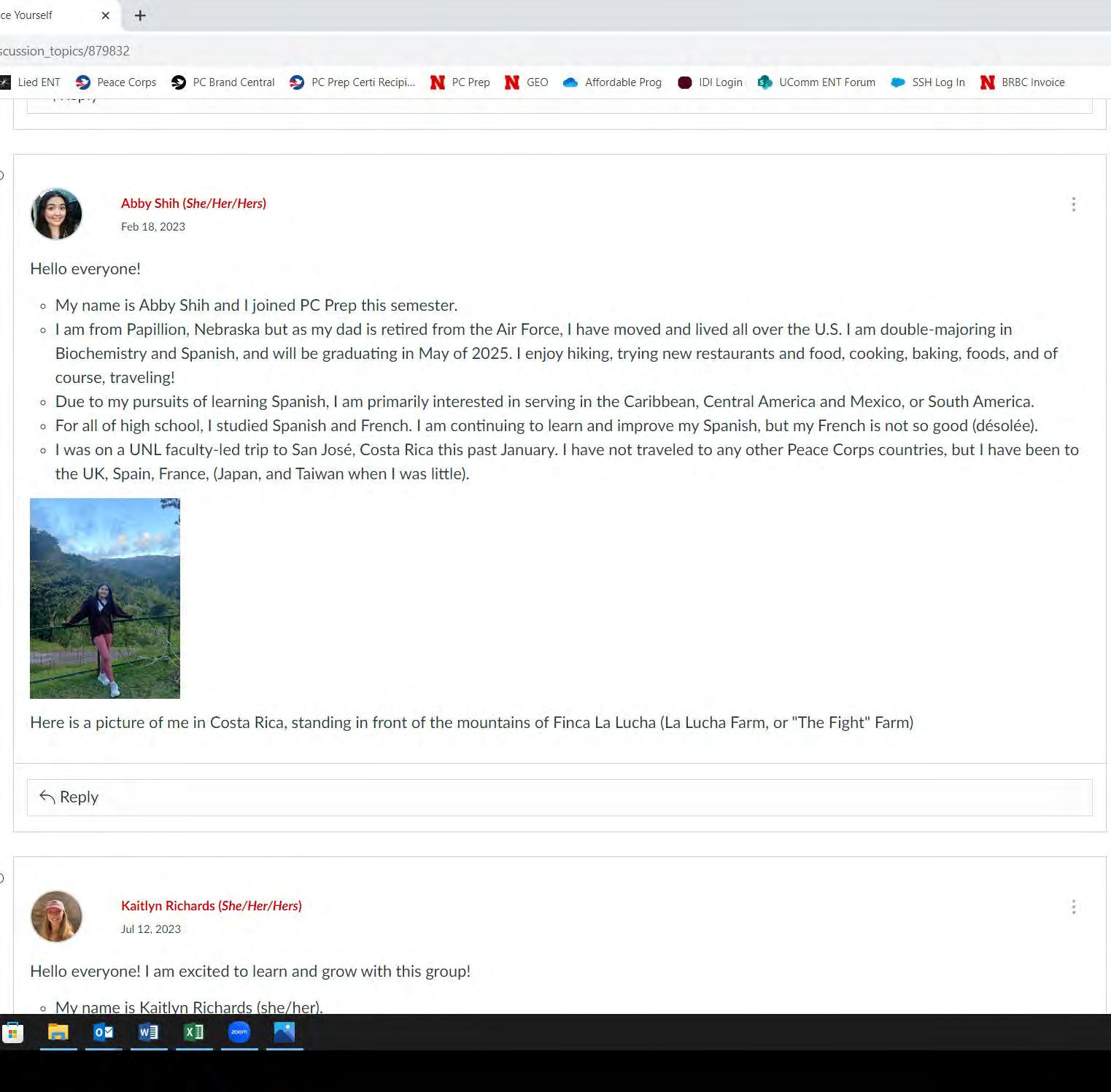

•Emails
•Social media
•Virtual events
•Culminating courses
•Exit checklist
•Resume checks and mock interviews
•Student spotlights

•Press releases
•Cords and other regalia
•Intercultural assessment
•Scholarships
•Study/service abroad opportunities
•For each of the five engagement and recruitment topics, describe what practices your PCPprogram has utilized.
•If your program has utilized a practice already listed, please indicate with a check mark.
•Our objective is to create a comprehensive list of best practices and/or generate ideas on how current practices might be improved upon.
•After reviewing the list of practices, discuss the following:
•Which practices surprise you and which are you most excited about?
•Which practices have you tried? Which worked and didn’t work, and why?
•How do the COVID shifts impact your perception of what will work going forward?
•How do we as PC Prep coordinators help students connect with peers, coordinators, mentors, and others who will support and inspire them, but also avoid “scaring students away” by overwhelming them with events and obligations?
•Decide on at least one retention and engagement practice your program might implement or improve upon in the coming year.
•List the stakeholders, resources needed, and action steps to achieve this goal.

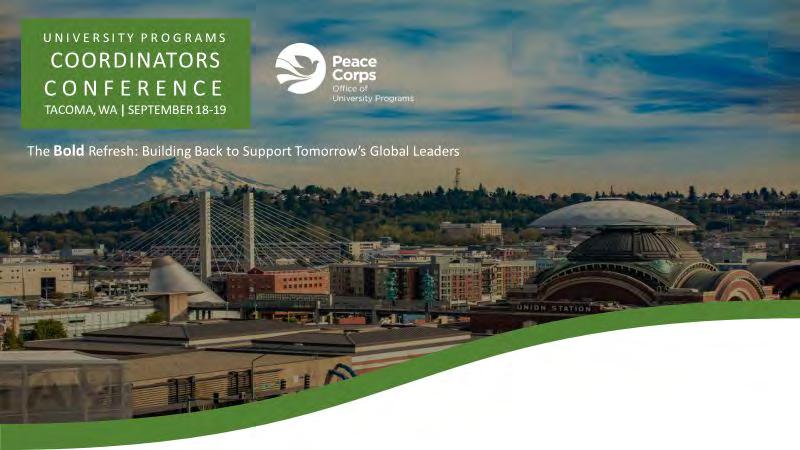


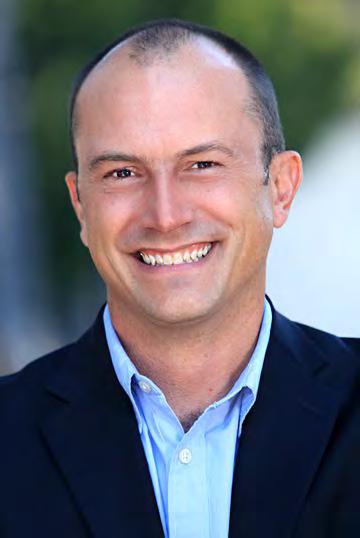
❏ RPCV, Niger, ‘97-’01

❏ Former PC Recruiter
❏ Peace Corps Fellows Coordinator
❏ Career and Academic Advisor


1.Why do we love Coverdell Fellows?
2.What can we offer?
3.How many can we support?

❏ International experience
❏ Language & cross-cultural skills
❏ Comfortable with ambiguity
❏ Flexible & adaptable
❏ Teamwork & collegiality
❏ Willing to be uncomfortable
❏ Relatable, real-world experience enhances theirs (and others’) learning
Key stakeholders: faculty, academic leadership, recruiting
What can we offer?
Looked at what schools offer:
❏ Tuition waivers
❏ Stipends
❏ Scholarships
❏ Fellowships
❏ Application fee waivers
❏ Course waivers
❏ Housing
What could we offer?
How competitive is that?
Key stakeholders: admissions, housing, financial aid, leadership
finance / budgeting
❏ Tuition waivers
❏ Stipends
❏ Scholarships
❏ Fellowships
❏ Application fee waivers
❏ Course waivers
❏ Housing
How many can we support?
Financial benefits - what can the budget support?
Local internship capacity
Service hour requirement
● What can students do?
● Local partners / underserved communities Staff capacity
Key stakeholders: finance / budget, advising, dept. leadership
How many can we support?
❏ Financial commitments
❏ Internship capacity
❏ Service requirement
❏ Staff capacity
What else?
1.Eligibility
2.Application process
3.Fellowship notification

● All RPCVs
● Peace Corps Response
● Global Health Service Partnership
Who is eligible?
● What about those who have to end early?
○ Emergency leave
○ Early close of service
○ Medical separation
○ Covid-19 global evaluation
Key stakeholders: PC, admissions, advising
● Application for admission
○ Built into application for admission
○ Application fee waiver
How do they apply?
● Additional essay prompt
○ Describe how you might fulfill your internship hours
○ (next slide)
● Description of Service
Key stakeholders: recruiting, admissions, advising
“The Peace Corps Fellowship requires students to serve an underserved community. For most students, this takes the form of an internship or series of internships totaling between 150-300 hours, depending on the length of the degree program. In 500 words or fewer, please describe how you might fulfill these hours in the local community and how this works complements the skills and knowledge that you developed during your Peace Corps service.”
● Fellowship review is done at time of admission
● Offer is included in admission and scholarship letter )next slide)
● Student confirms by accepting
offer of admission
Key stakeholders: admissions, financial aid
“You have been selected as a Paul D. Coverdell Peace Corps Fellow at the Middlebury Institute of International Studies. Our Fellows Program pool of candidates is very competitive this year, so you should be very proud of this achievement.
During your time as a student at the Middlebury Institute, you will work closely with the Peace CorpsAdvisor in the Center forAdvising & Career Services to secure a professional internship as part of the Fellows requirement. Internship hours required for Fellows are between 150-225 hours, depending on your program of study.
Please connect with the Peace Corps Fellows Coordinator, Scott Webb at sdwebb@middlebury.edu, to discuss the details of the internship requirement”
Student accept admission and Fellowship
Coded as incoming system as PCF
Assigned advisor
Advisor reaches out
Fellows session at Welcome Week
Fellows Portal
What worked well?
Points of friction?
What could evolve to reduce friction?
Internship capacity Staff capacity
Review financial benefits
Number of service hours
❏ What is one thing you learned today that you will take back to your campus?
❏ Pair up with 2-3 people NOT from your school
❏ What do you hope will happen as a result?
❏ Identify your take away
❏ Email yourself a reminder
❏ Prepare to share
What are some of your takeaways?
And what do you hope will change as a result?



jill.stoffers@middlebury.edu

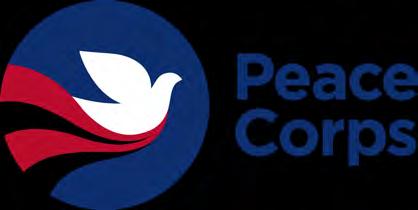

TACOMA, WA | SEPTEMBER 18-19


The Bold Refresh: Building Back to Support Tomorrow’s Global Leaders
 Abbey Fox
Abbey Fox
she/her/hers
• University Relations Manager at SIT
• MA in International Education from the Universidad de Alcalá de Henares
• English as a second language (ESL) teacher abroad for six years
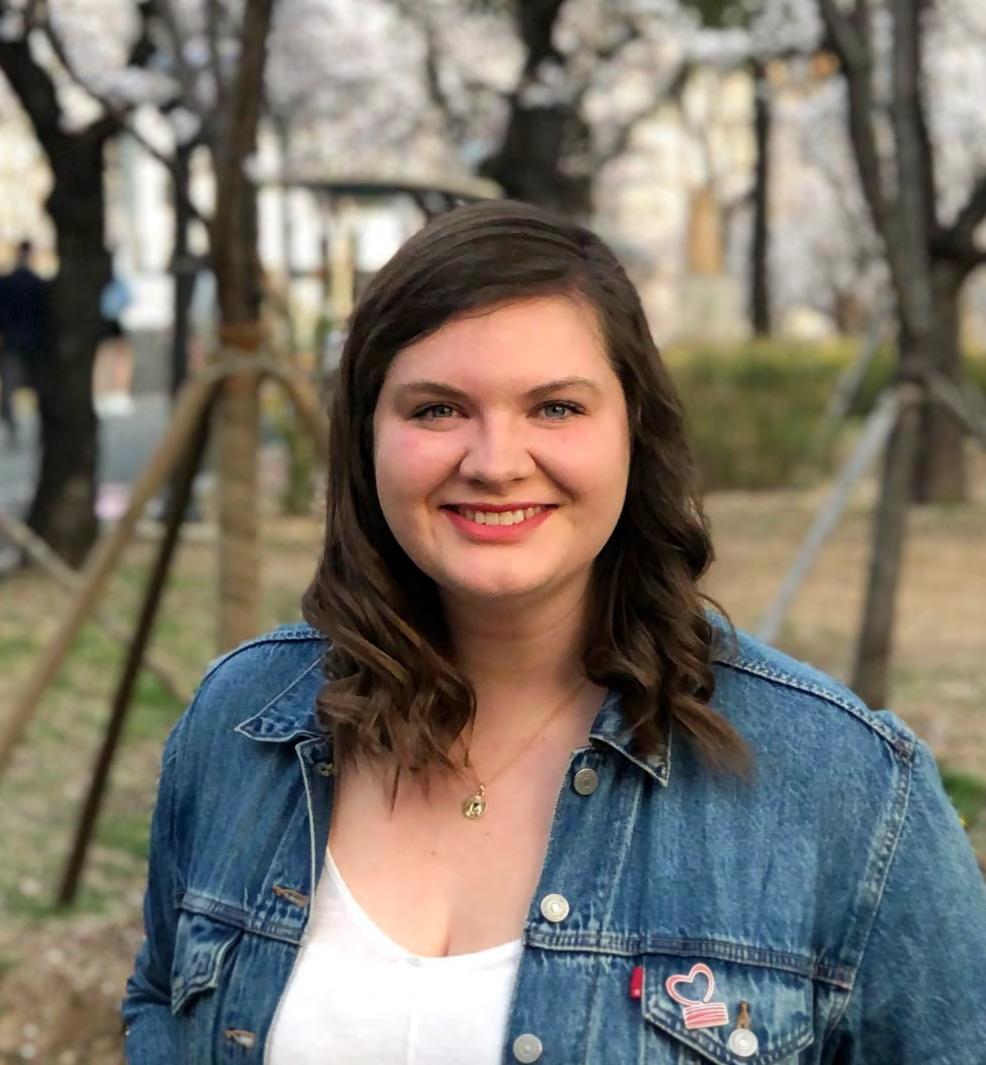
code: 5976 1623

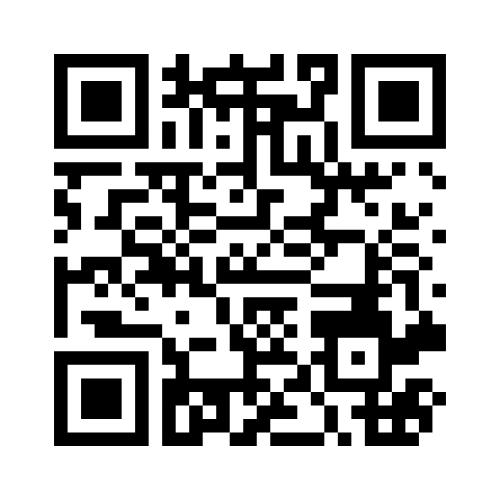
•Who is SIT?
•How to find RPCVs
•Ways to engage RPCVs
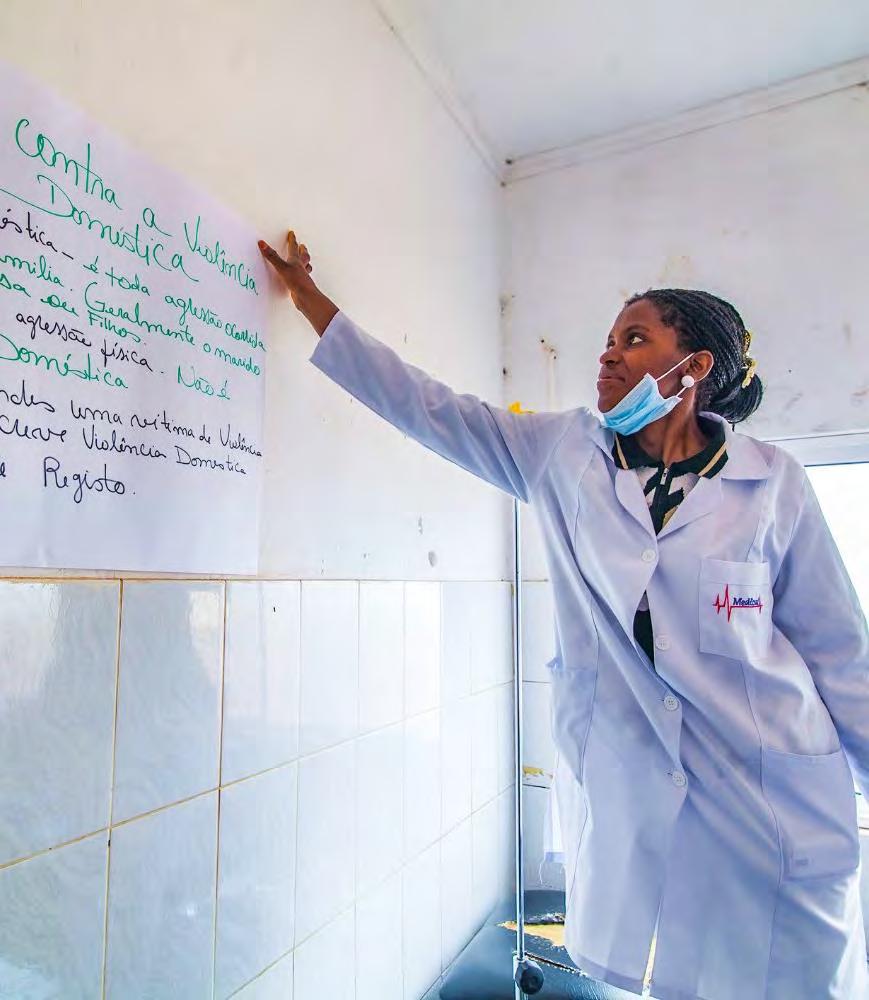
•Think Pair Share
•SMART Goal
1932: Experiment in International Living
1961: Peace Corps created
1964: Launch of SIT Graduate Institute as a Training Center for the first generation of Peace Corps Volunteers
1974: SIT Graduate Institute accredited by New England Commission of Higher Education (NECHE)
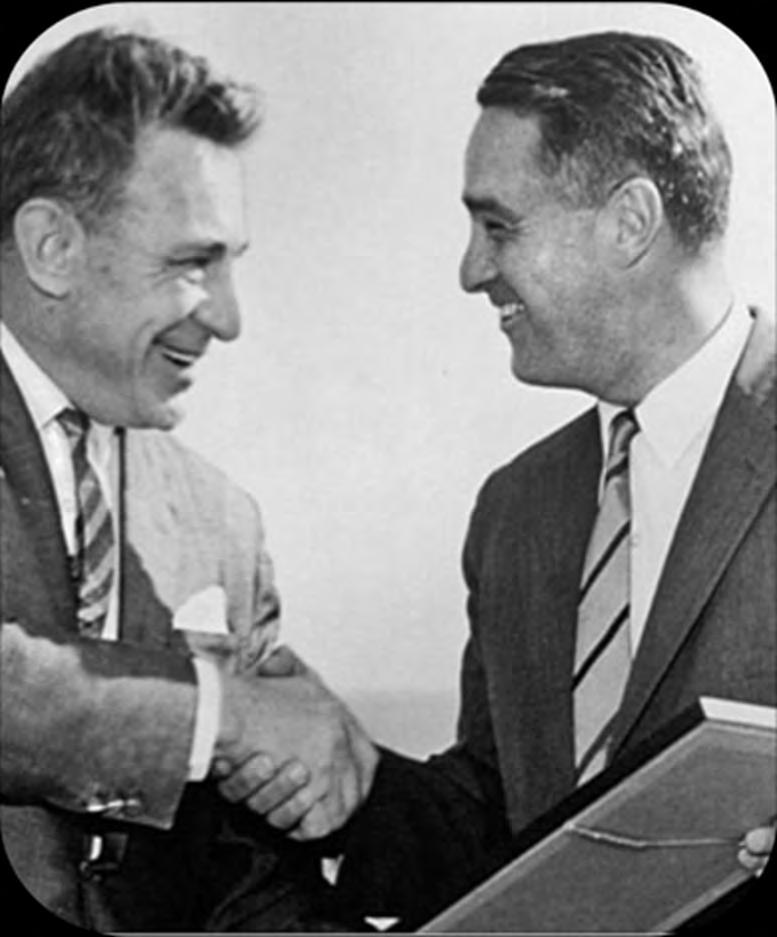
13 internationally focused master’s degree programs grounded in social justice and experiential learning
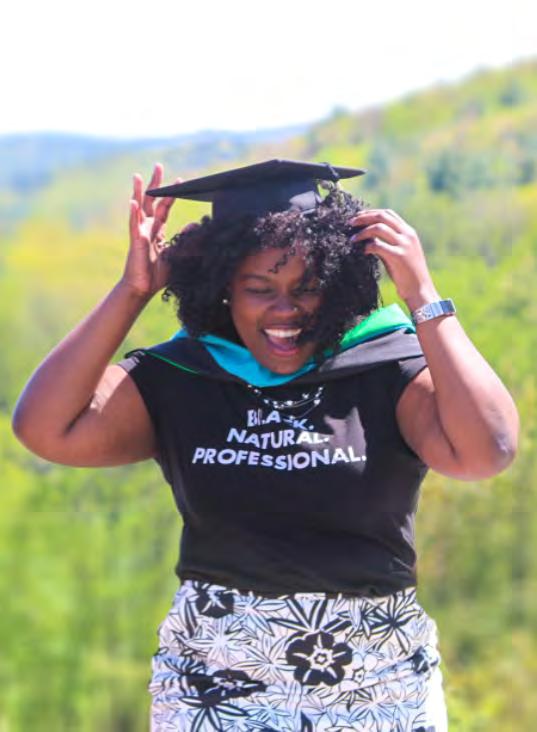
45 countries represented by SIT Graduate Institute students
59 years of experience as a leading higher education institution
16 Coverdell Fellows in the last five years
10% of enrolled students are RPCVs

www.linkedin.com/company/peac e-corps/
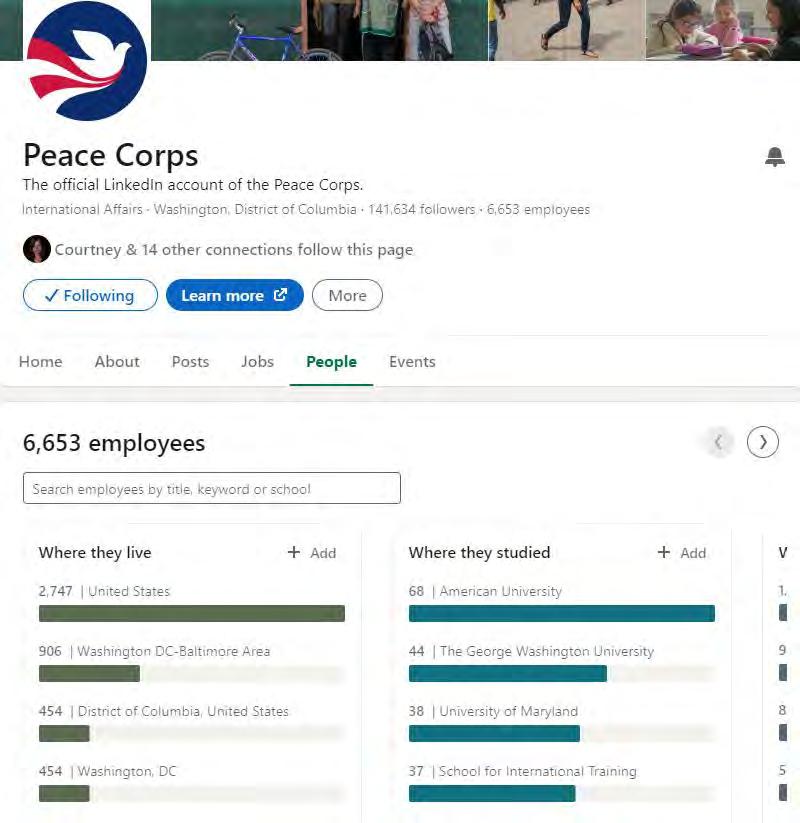
Search a variety of institutions for RPCVs
Use the “People” tab
Filter by location, university, job, or keyword
Use “Affiliate Groups” to search for RPCV groups in your area

“Join Now”
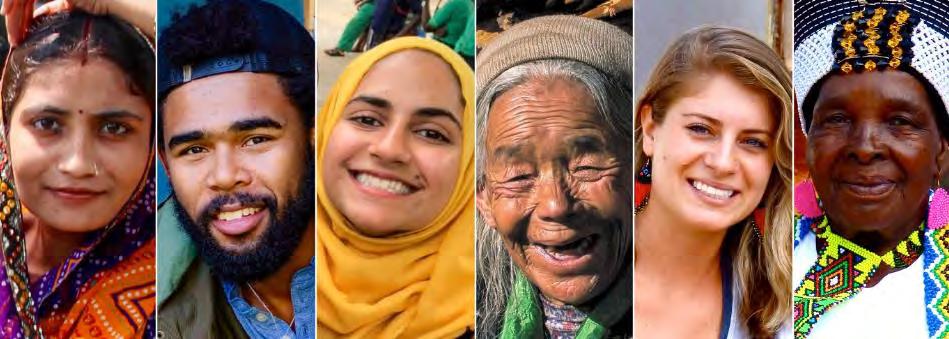
•
•



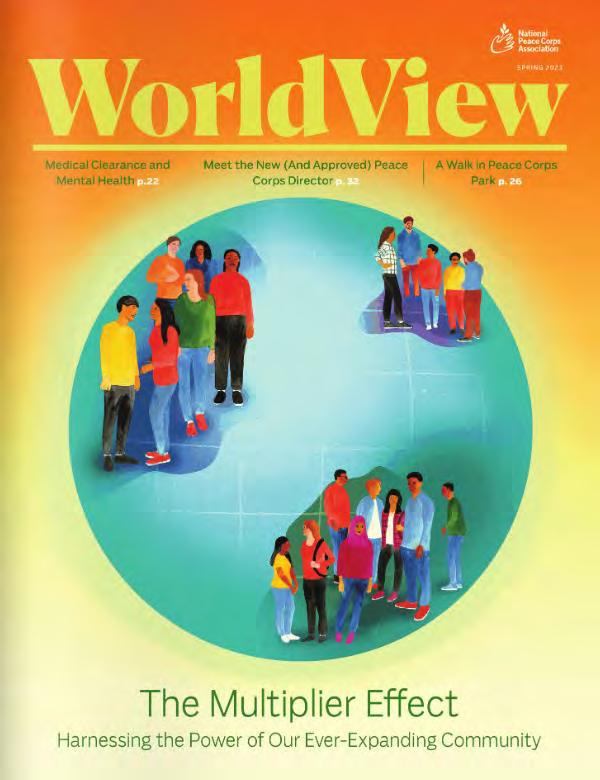
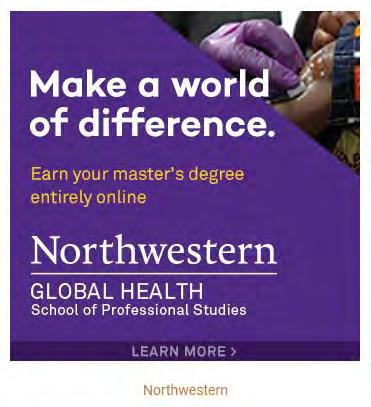
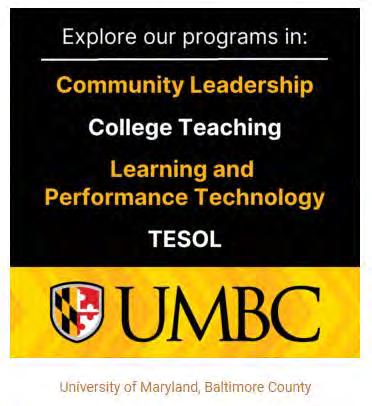






MEASURABLE
What do I want to accomplish? Who is involved?
Where is it located? Why is this goal important?
How much? How many?
How will I know when it is accomplished?
ATTAINABLE RELEVANT TIMELY
How can I accomplish this goal?
How realistic is this goal?
Does this seem worthwhile? Is this the right time?
Does this match our other efforts/needs?
When? What can I do today?
What can I do six months from now?
MSSPECIFIC MEASURABLE
I want to connect with more RPCVs in the Cleveland area via LinkedIn so that I can inform them of my organization’s upcoming events.
I will connect and send personal messages to 2 RPCVs per day during the work week.
ATTAINABLE
I will set aside 10 minutes at the start of every workday to send my LinkedIn messages.
RELEVANT
This goal aligns with my organization’s recruitment season and will support our RPCV strategies.
TIMELY
I will send these messages for 2 months, August & September, to connect with 10 RPCVs per week for a total of 80 new connections.
MEASURABLE
What do I want to accomplish? Who is involved?
Where is it located? Why is this goal important?
How much? How many?
How will I know when it is accomplished?
ATTAINABLE RELEVANT TIMELY
How can I accomplish this goal?
How realistic is this goal?
Does this seem worthwhile? Is this the right time?
Does this match our other efforts/needs?
When? What can I do today?
What can I do six months from now?
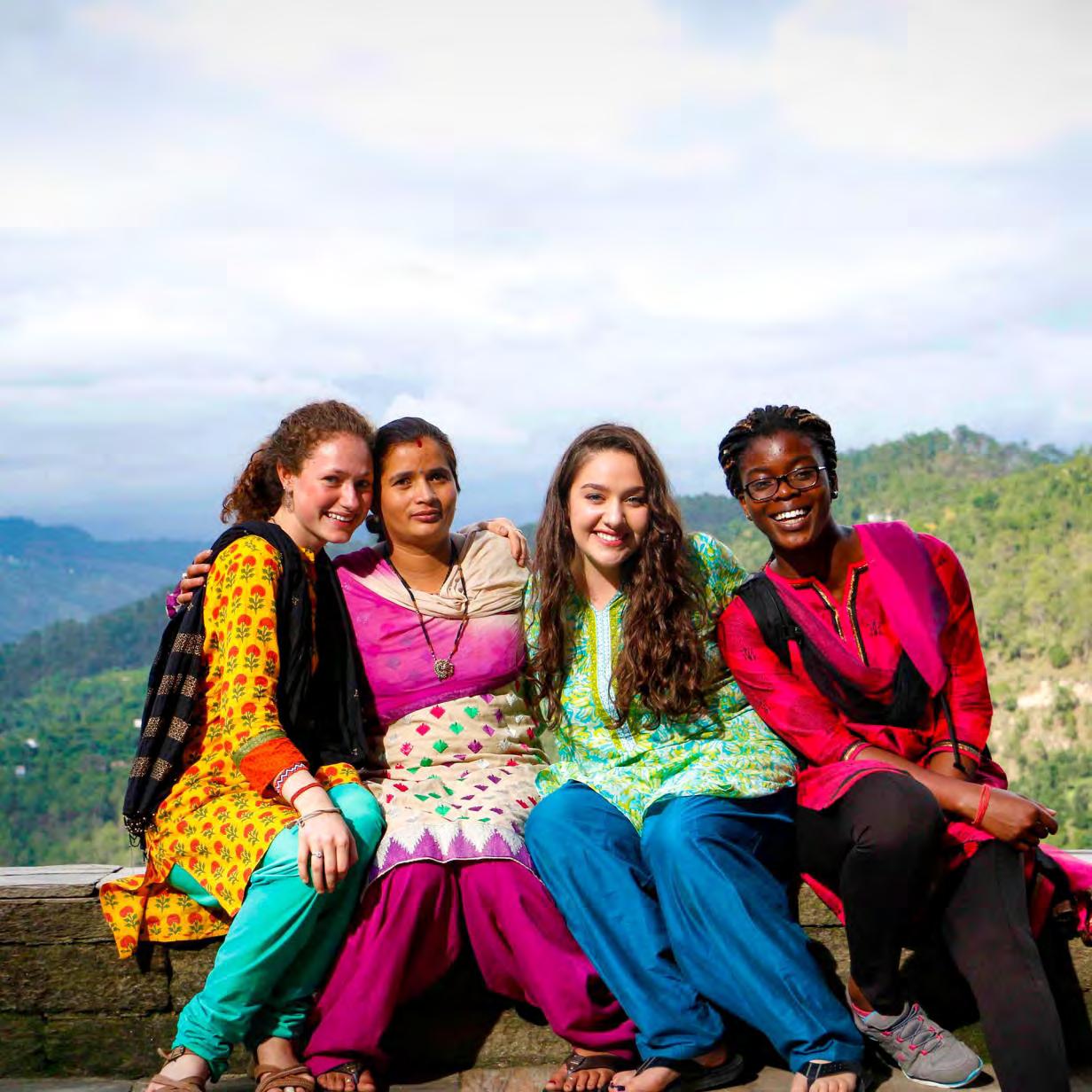




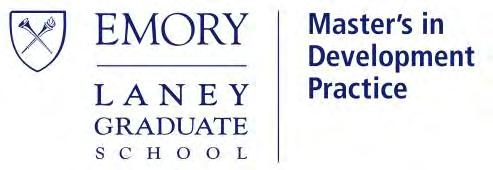


TACOMA, WA | SEPTEMBER 18-19


The Bold Refresh: Building Back to Support Tomorrow’s Global Leaders
Strengthening a Network of Coverdell Fellows: collaborate with colleagues to create strategies for enhanced RPCV engagement
Abbey Fox & Chan Williams
she/her/hers
• University Relations Manager at SIT
• MA in International Education from the Universidad de Alcalá de Henares
• English as a second language (ESL) teacher abroad for six years

she/her/hers
• Assistant Director of MDP program at Emory University

• M.Div from Emory University
• Enjoys creative writing

• SIT & Emory program overview
• Engagement & community building
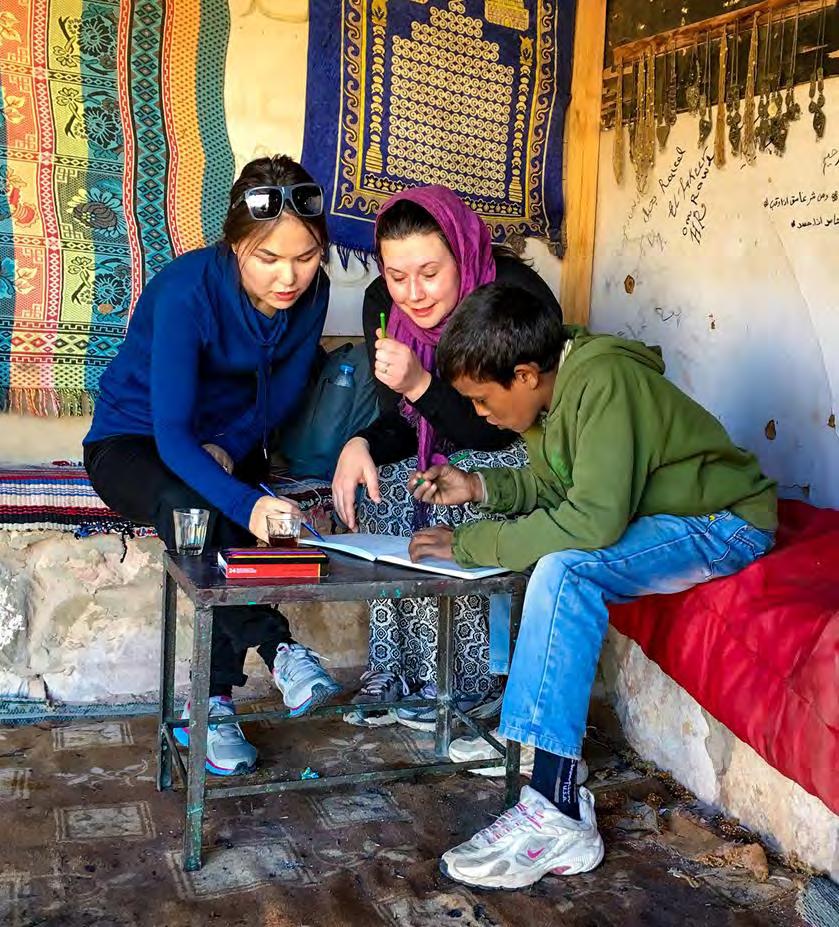
• Benefits
• Real-world examples
• Ice-breaker
• Scenarios
• SWOT analysis
• Goal setting
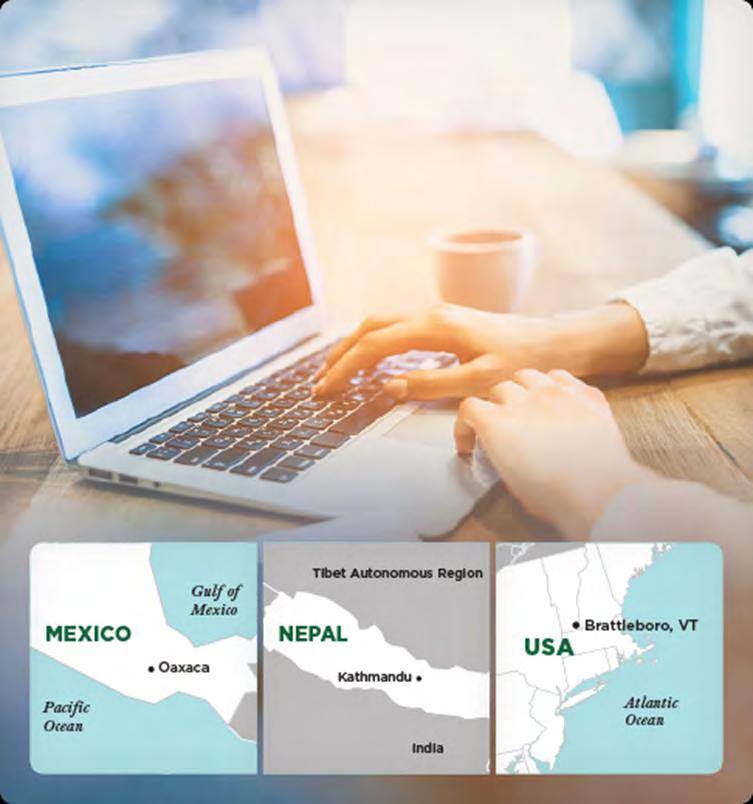
• Master of Arts
Part-time hybrid program
24 months (online) • 36 credits • Summer residency on SIT’s Vermont campus & opportunity for international residency

• One of ten institutions worldwide to receive the MDP grant from the John D. and Catherine T. MacArthur foundation in 2009
• Inaugural Class began Fall of 2010 and graduated Summer of 2012
• MDP signed an MOA to participate in Peace Corps Coverdell Fellowship in 2017
To date, Emory MDP has sent students to over 60 countries working with over 60 countries working with over 100 organizations
85% relevant employment rate within 90 days of graduation
32 countries represented by Emory MDP Alumni
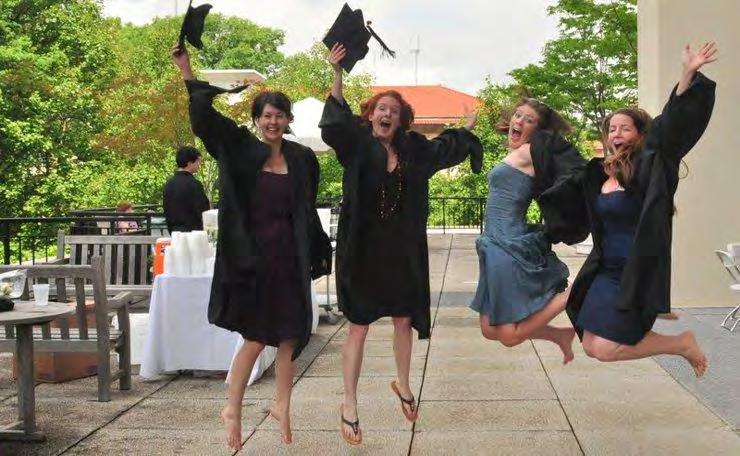
• Master of Arts
• Small cohort sizes (10 – 20 students)
• 24 months
• 50 credits
• Two subsidized international field practicums in th
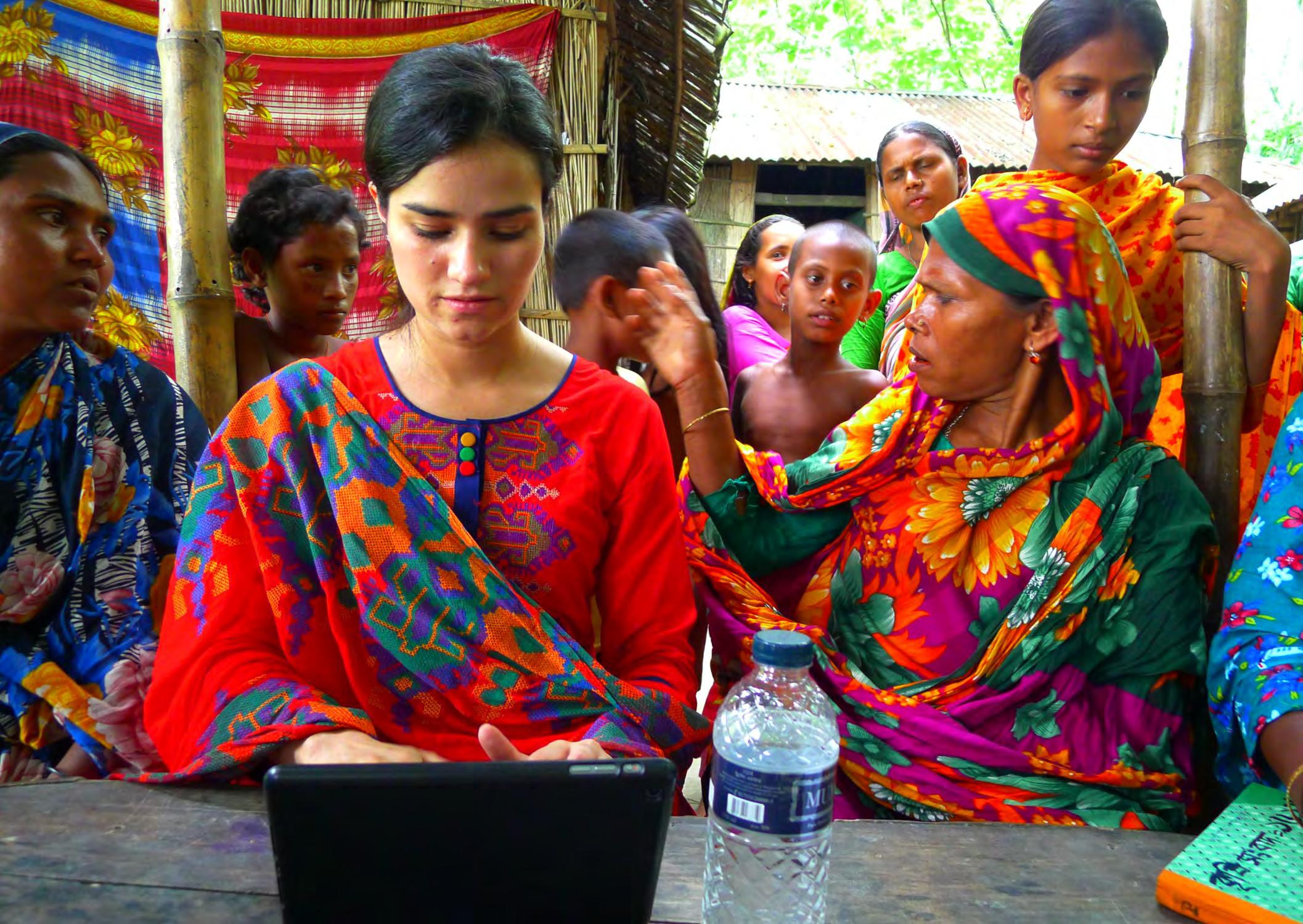
Classroom Participation
Safety and trust are built and can lead to comfortability in dialoguing
Adaptability
Students, especially international students, will have a smoother and quicker adjustment
Physical and Mental Health
Sense of belonging improves overall well-being
Opportunities
Lifelong friends, employment and helping others
Mentors
Network of people who can coach and guide career
More likely to graduate
Students with a strong community have a higher percentage of graduating
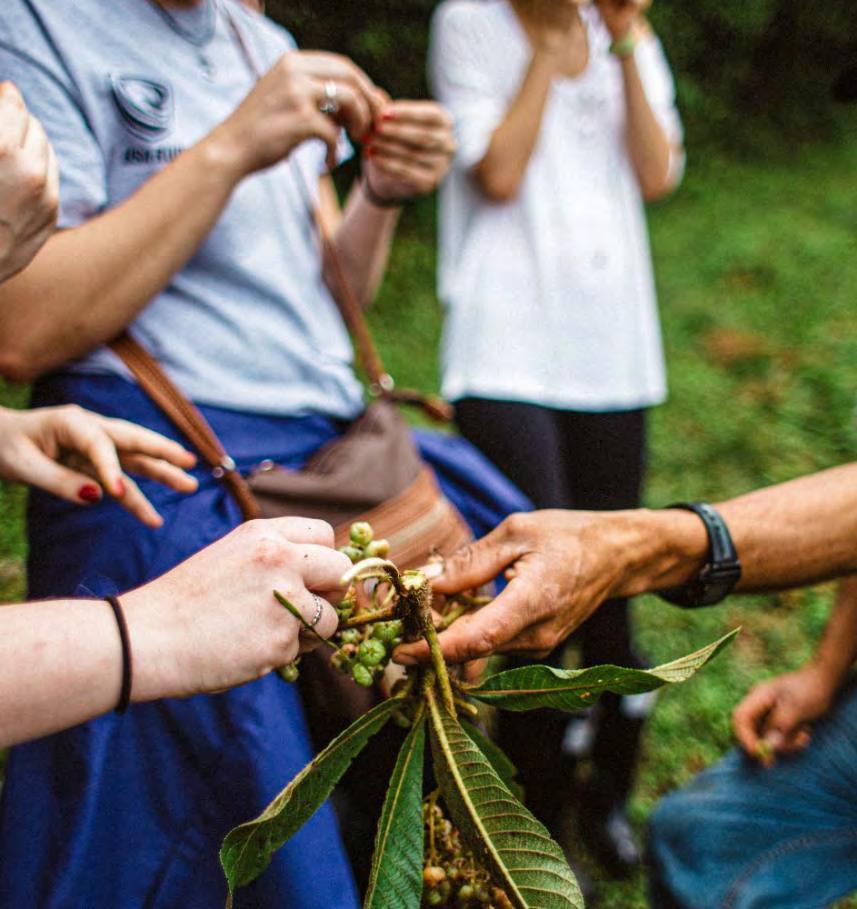

Regular meetings with Coverdell Coordinator
Practicum of 150 to 300 hours in a high-needs U.S. community for a minimum of 6 weeks

Must relate to the student’s coursework and career goals
Practicums may be paid professional positions or unpaid internships
Timeline
• August: mentor directory is sent to students, along with a rating form
• September: mentors are assigned
• September – May: mentorship
• June and July: mentor and mentee evaluations
Benefits
• Relationships typically extend beyond the mentorship program
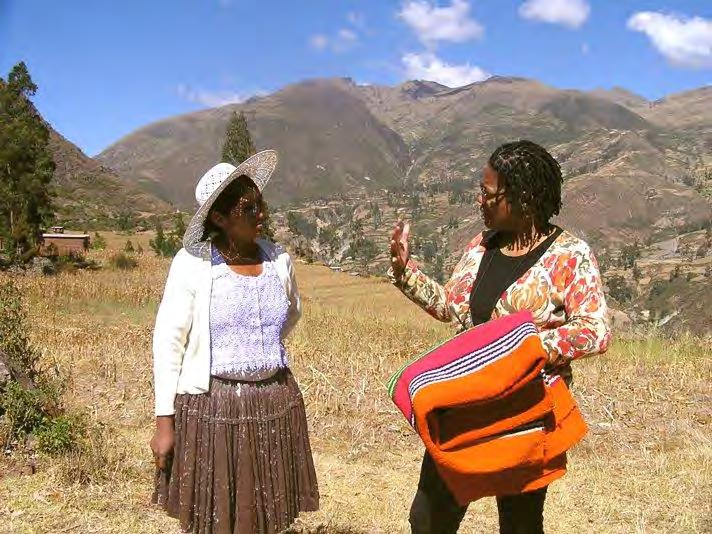
• Students provide mentors with organizational assistance, sometimes in person or information of new approaches
• Employment connections
• Professional Reference
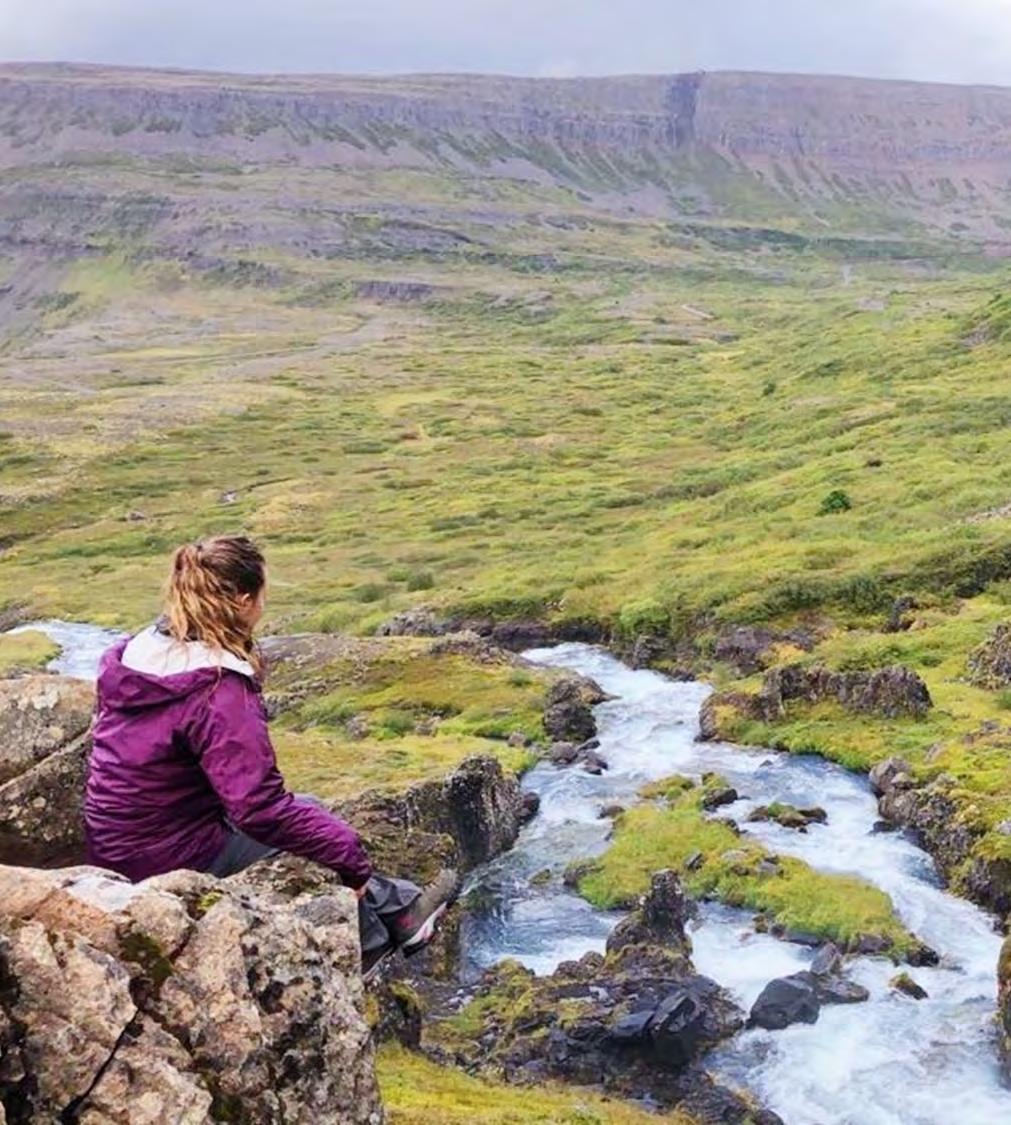


What is one goal you can work on this semester?
What are your next steps?

Example: I will host one RPCV happy hour per month. This would allow the large RPCV community to get-to-know each other in a casual setting. If an RPCV can’t attend one month, they know that they’ll have another opportunity the following month.


 Catherine Curley PhD, RN Director, Center for Global and Public Health
Catherine Curley PhD, RN Director, Center for Global and Public Health
M.Louise
Fitzpatrick College of Nursing Villanova UniversityVillanova, PA



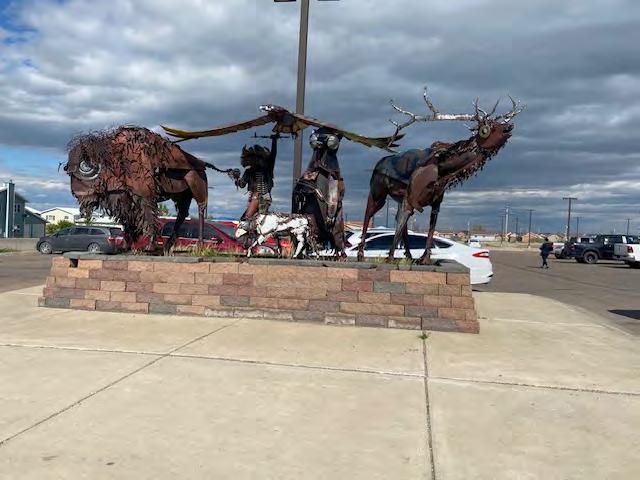
The College of Nursing has a successful history of service and cultural immersion experiences with National and Global Partners


1. Upon completion of the session the learner will develop understanding of the goals of a service immersion experience


1. Upon completion of the session the learner will comprehend the transition of a Coverdell Fellow’s Peace Corps skill set into nursing care of a vulnerable population
◦ These partnerships include :
◦
The Blackfeet Nation, Browning, Mt
La Domingo, Dominican Republic
Durban, South Africa ◦
Ghana
◦

Chulicanas, Peru


The Christian Brothers at the De LaSalle School have partnered with the Augustinians at Villanova for several years
The Summer School program educates approximately 25 students with the philosophy of developing strong self esteem, cultural identity, competence, and faith
These students from 4th to 8th grade have missed a minimum of 20 school days during the year


“De La Salle Blackfeet School is a member of the American Indian Catholic Schools Network in partnership with the University of Notre Dame. Our school provides a challenging, faith-filled, educational experience that serves as the foundation for a life lived in service to Jesus, the Church and Community.”
Objectives of the Experience include:


• Recognizing and addressing the needs of a vulnerable community
• Identifying the Blackfeet Nation Culture
• Developing concepts of community-based nursing with a focus on the need for respect and collaboration with the population
• Creating and Presenting several needs based health related programs with measurable outcomes for the students
Demographics : • Total population:10,190
96% of residents on the Blackfeet Reservation are American Indian • 42% have a HS education, 14% Associates , 9% Bachelor’s


Poverty Status:
32% of the reservation population live at the poverty level, primarily
American Indian Unemployment rate: 70% (female) 36% (male)
◦ Mortality (2018 data)
◦ Drug overdose:
◦ 11.7/21.7 in US
◦ Firearms deaths:
◦ 22.5/12 (US)

◦ Homicide:
◦ Drug use and Overdoses disproportionately effect Indigenous American populations
◦ Rate is 30% higher than white American
◦
4.3/6.2 (US)
◦
*CDC, 2023



Economic: Poverty level significantly effecting the Nation with high unemployment
Social and Community: Multi Generation Nation members
Literacy: Health Care Access: All healthcare is provided without cost on the reservation by the Indian Health services
Education: Public and Christian based schools
Neighborhood and Physical
Environment:

Areas of disrepair, vacant buildings and storefronts
Limited wifi and cell service, ◦
◦
Infrastructure of roads in disrepair
◦ Limited Public Transportation
Casino on the reservation
◦
Schools ◦
Public Schools at elementary, middle and High School levels
◦

Health Care
Indian Health Services Clinics throughout the reservation One hospital 25 beds Stablize and ship ( 2 -3 hrs away)
Active Public Health Nurses
Limited Mental Health



◦ In the past two years these Public health

RN’s have focused on :
◦ Screening and treatment for residents with Hepatitis C
◦ Have succeeded with a 95% vaccination rate for Covid
◦ Have initiated a widespread Syphillis screening and treatment program

◦


Students and Faculty live in a parish hall in Heart Butte on the reservation
◦ Students have limited wifi and cell contact whole in the experience
◦ Students and faculty meet with faith leaders, health/hospital leaders, and community historians during the rotation
◦ Students visited a Blackfeet museum and a community health fair
After obtaining the “Voice of the Customer” (faculty and administration) of the school the following plan was adopted by the Villanova Students
◦ Provide Stress Reduction sessions with yoga, exercise, and focused activities


◦ Provide Healthy Eating education with games
◦ Conducting Trauma release activities and coping mechanisms

◦ Conducted screenings with students for:

BS for students with Type II DM



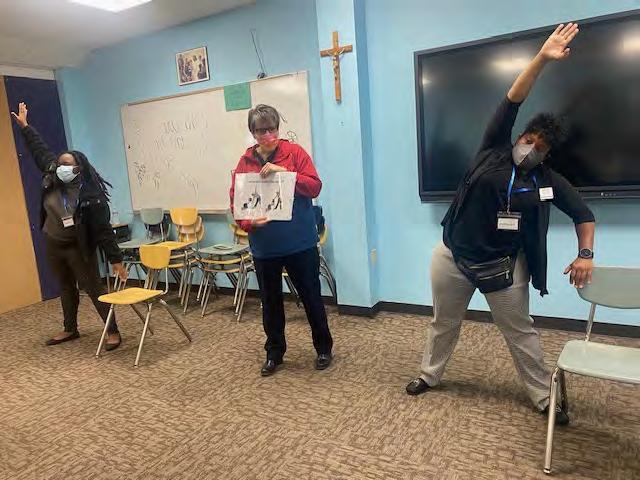

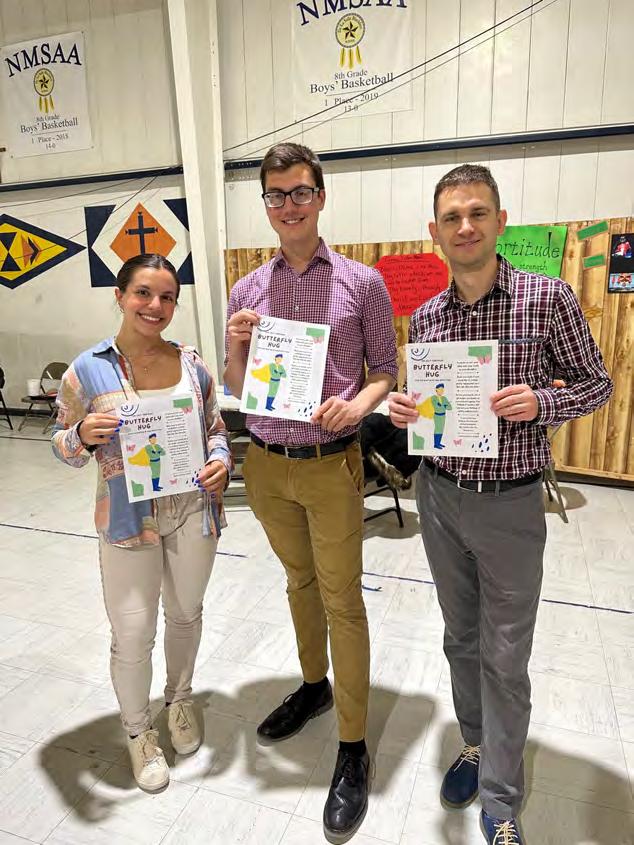





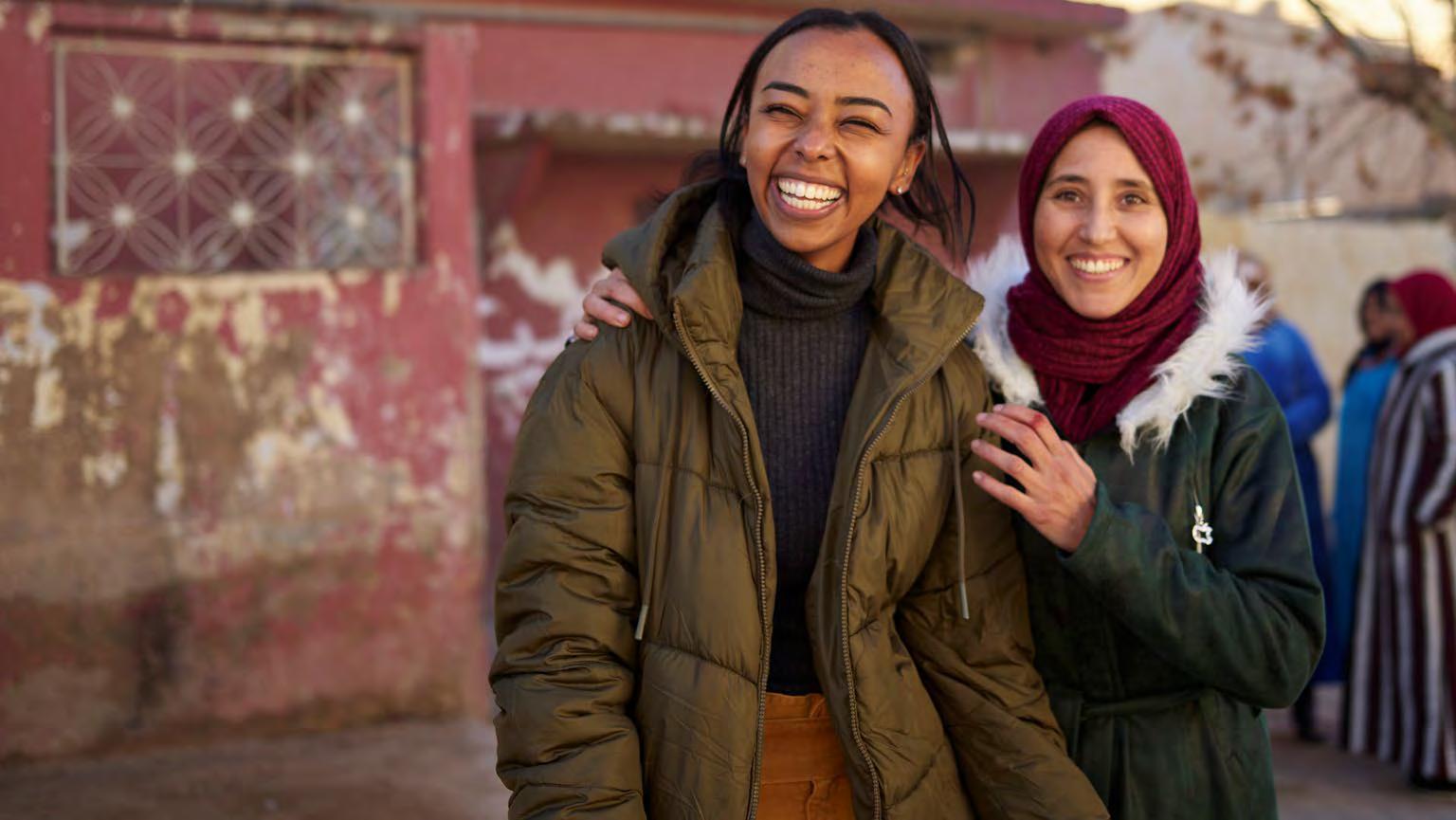
Joshua Castro
September 19, 2023



•
•



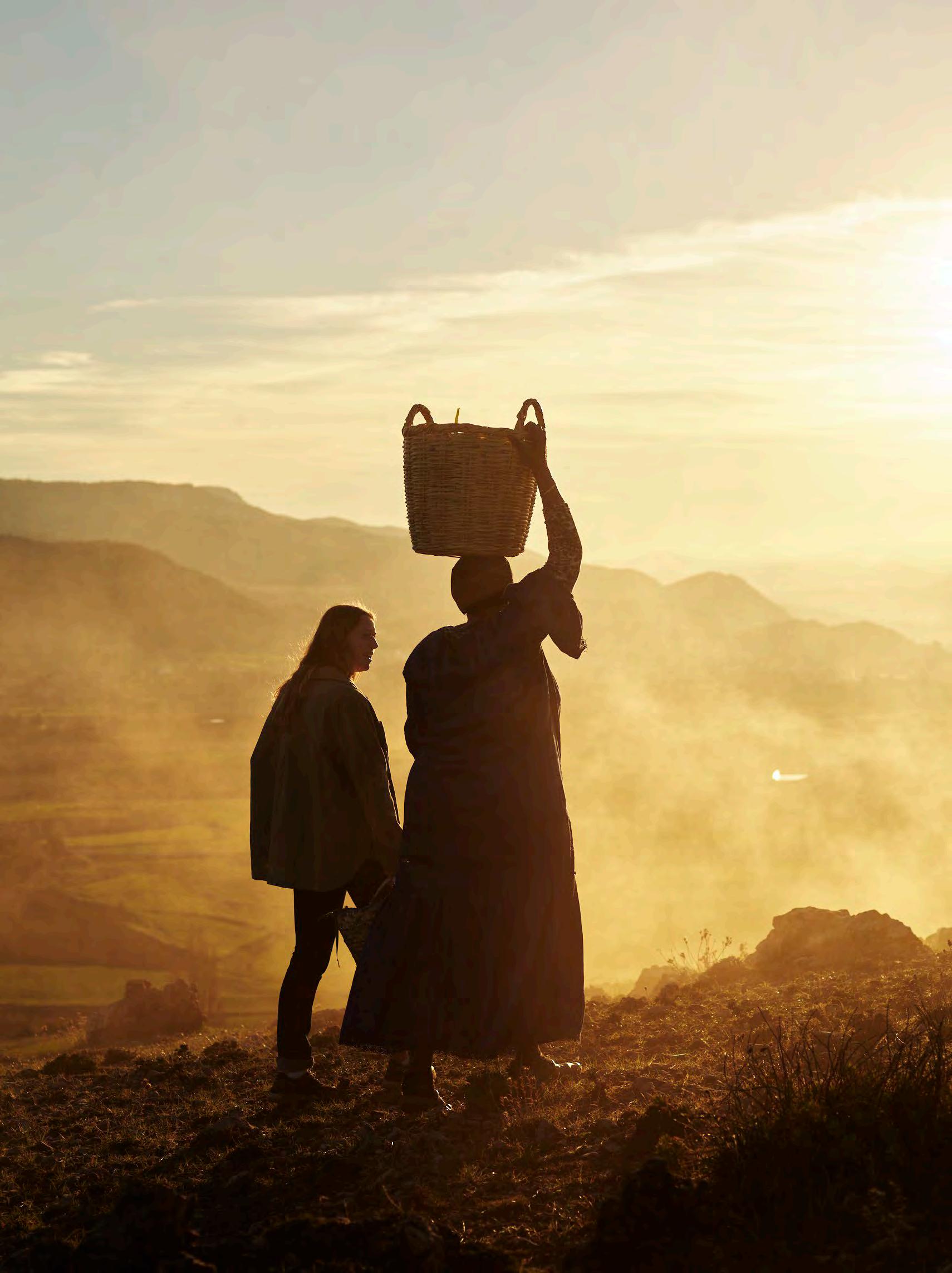
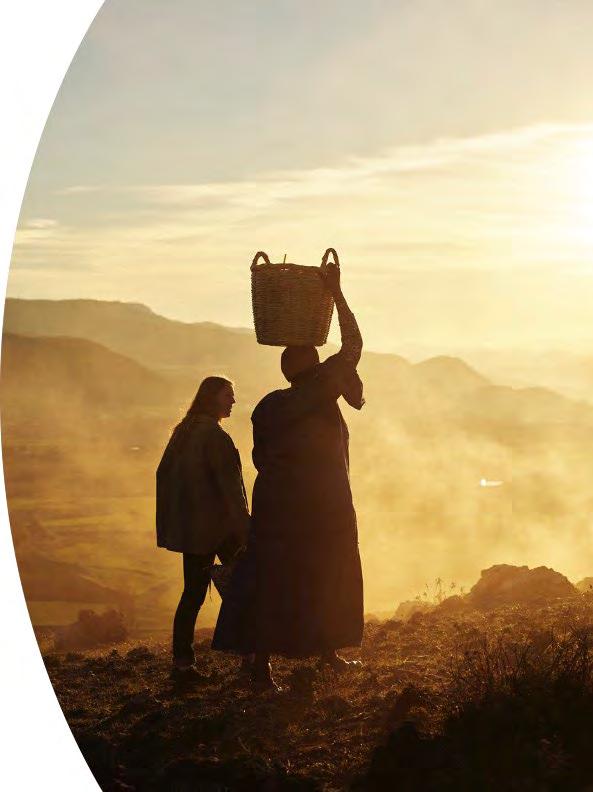


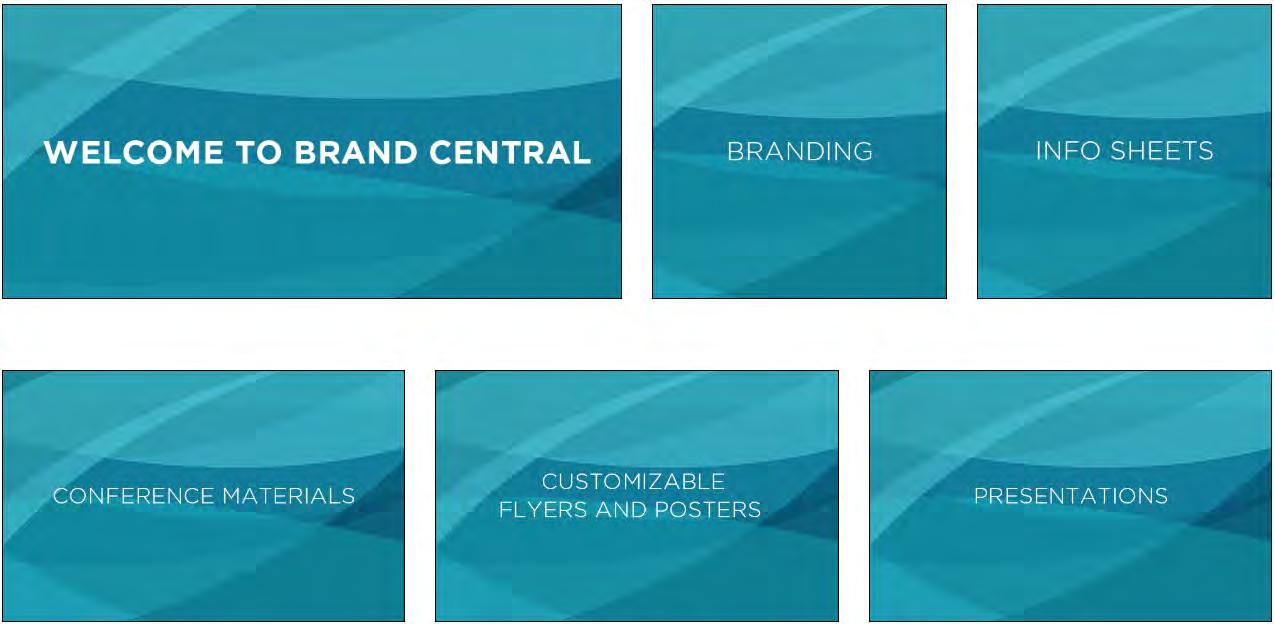




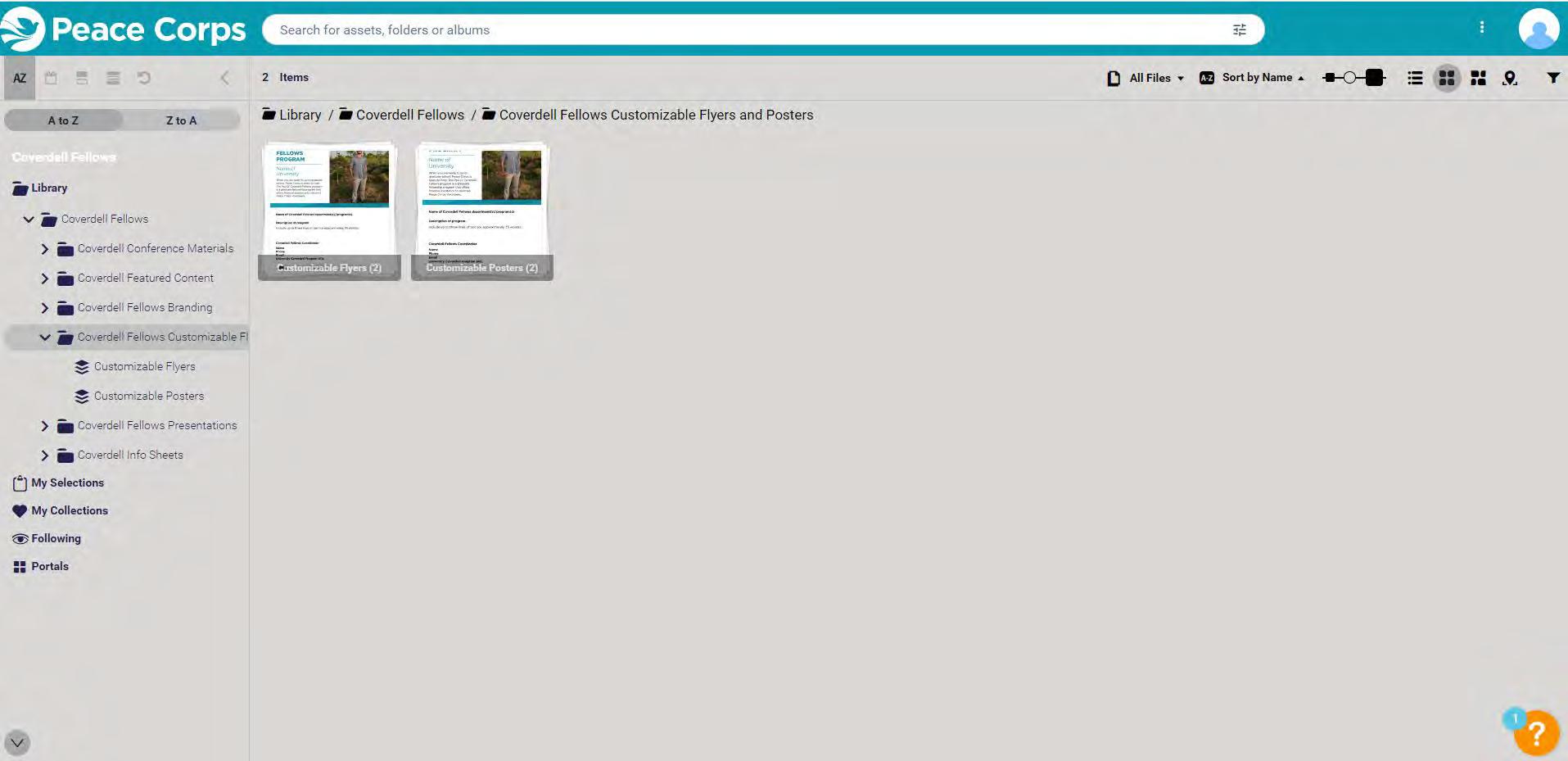

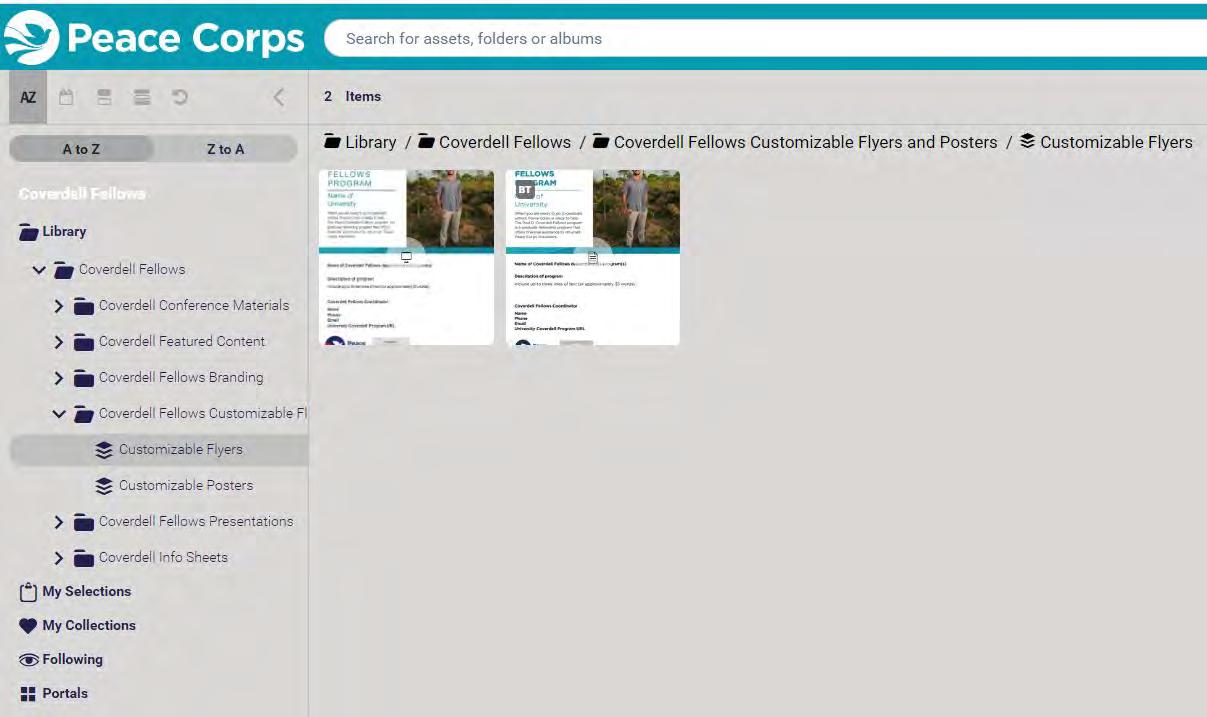


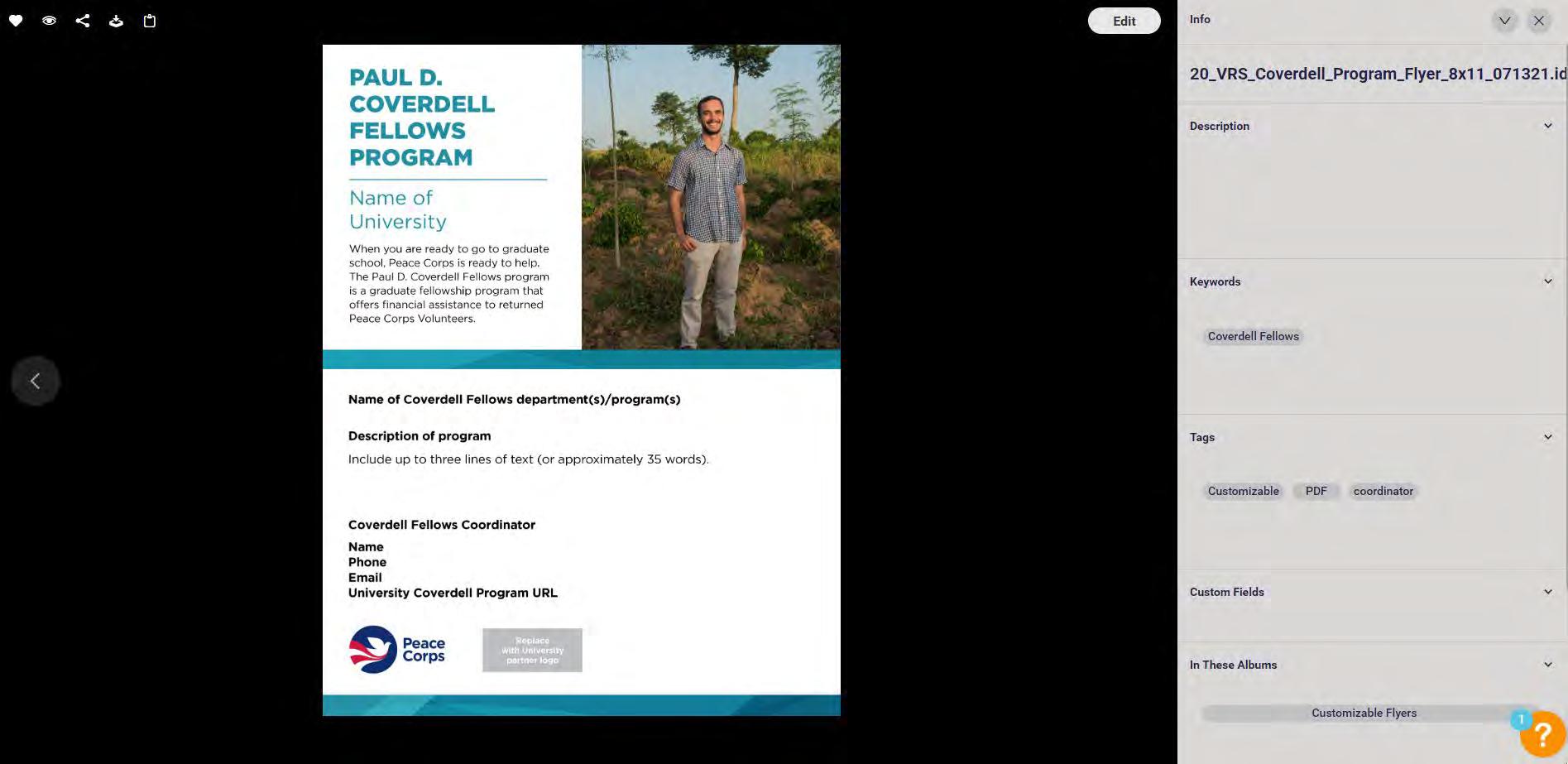
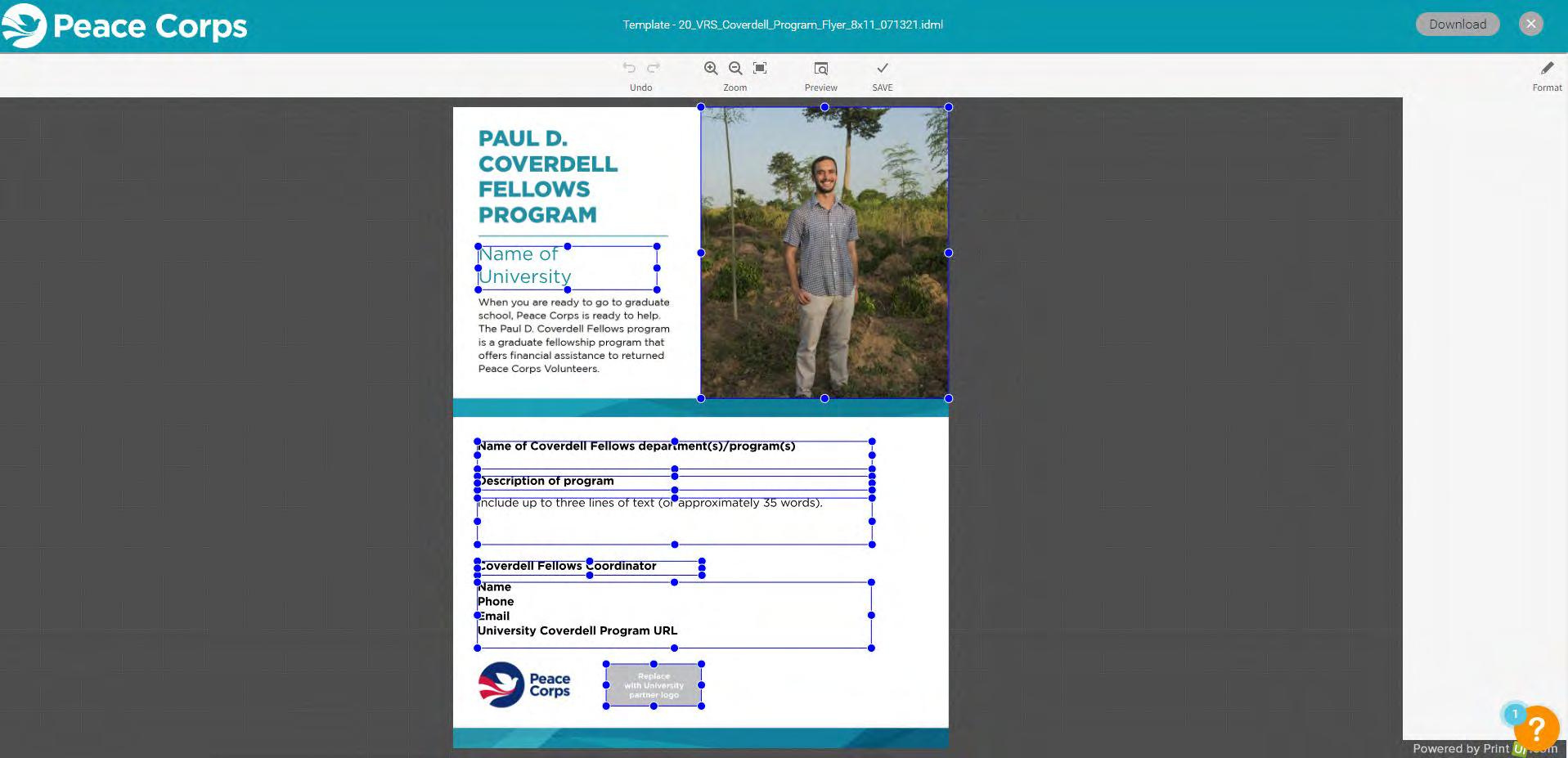




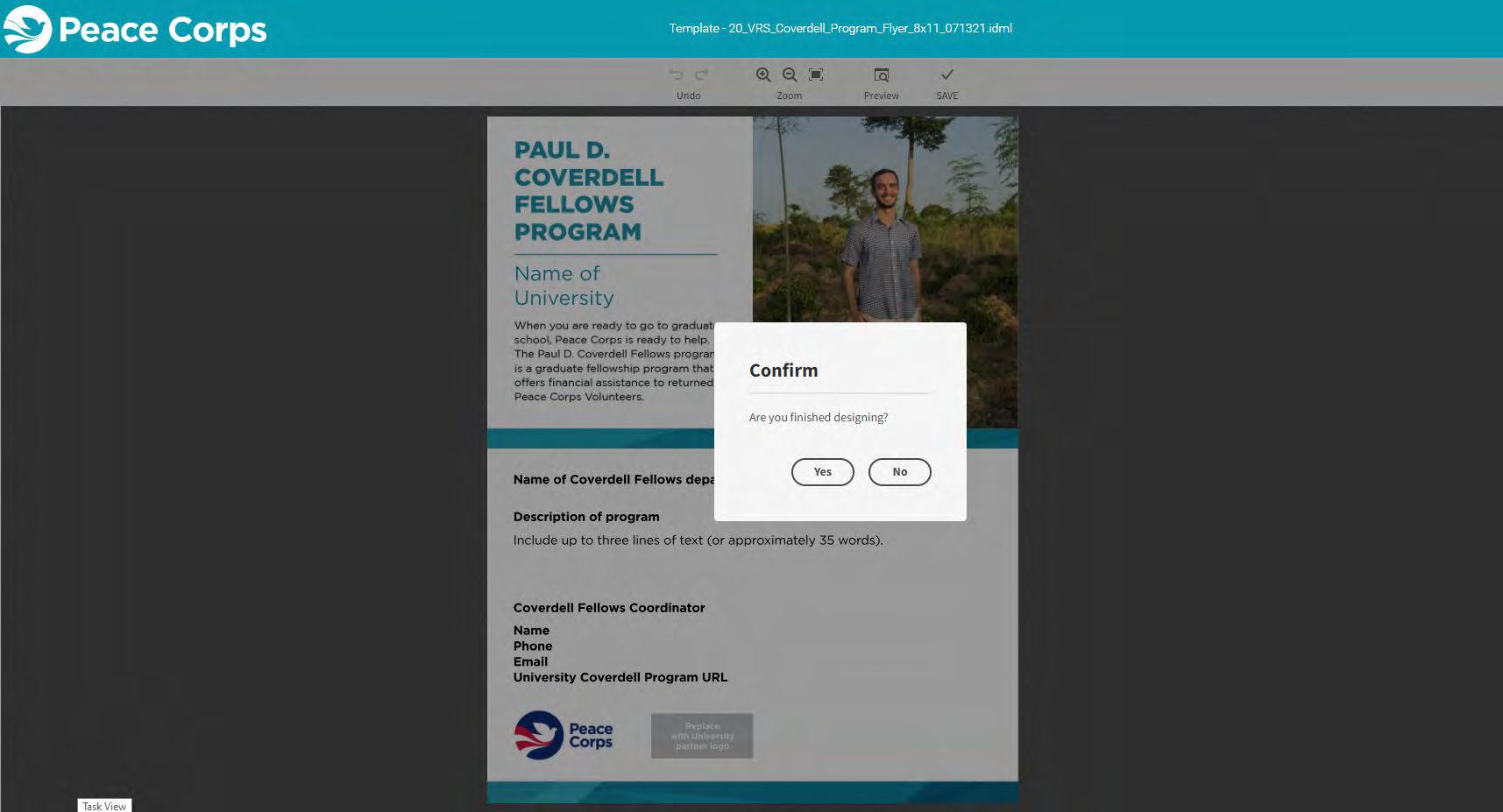



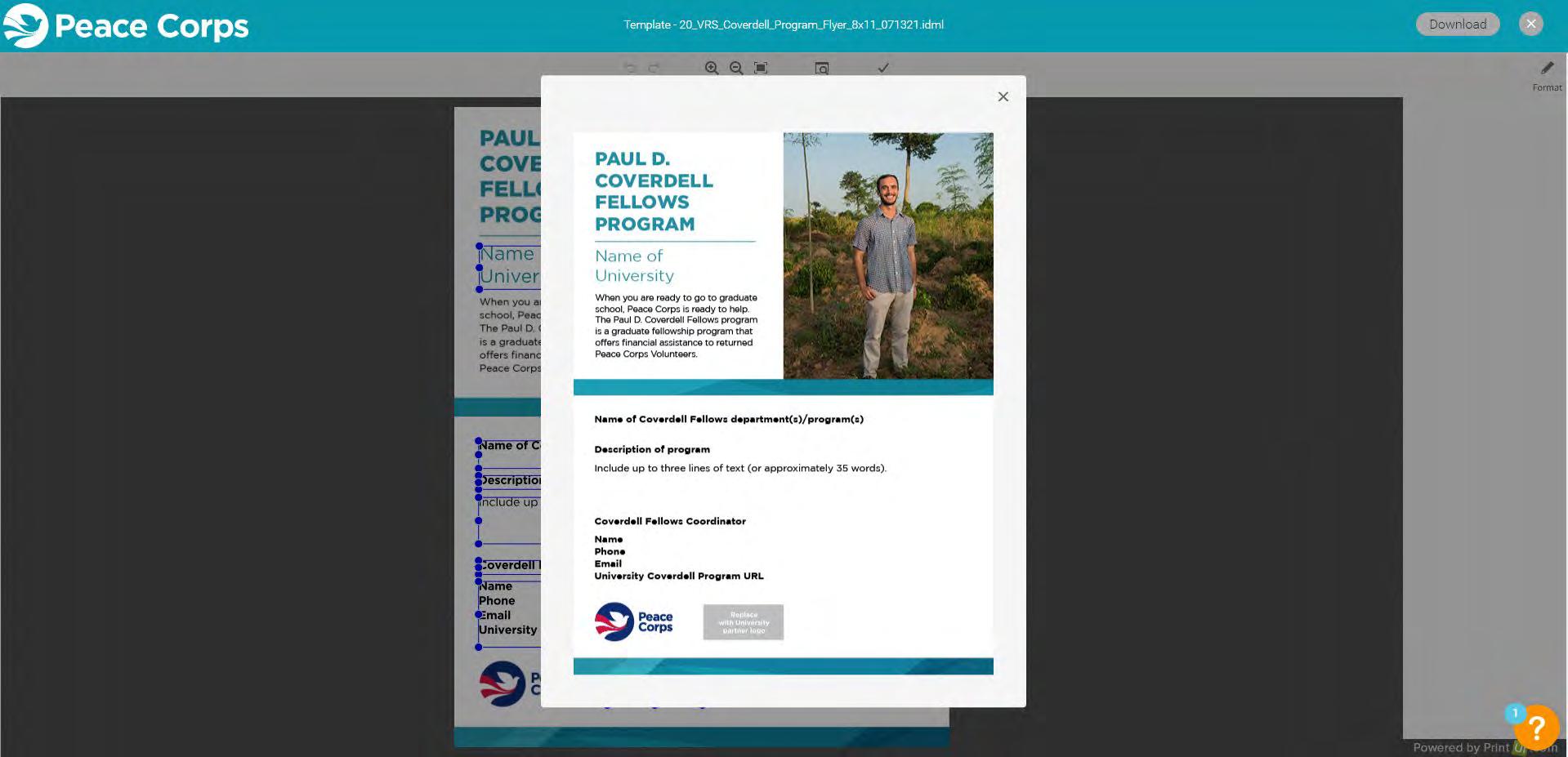









Coverdell
Fellowship
• Peace Corps Fellows Partnership
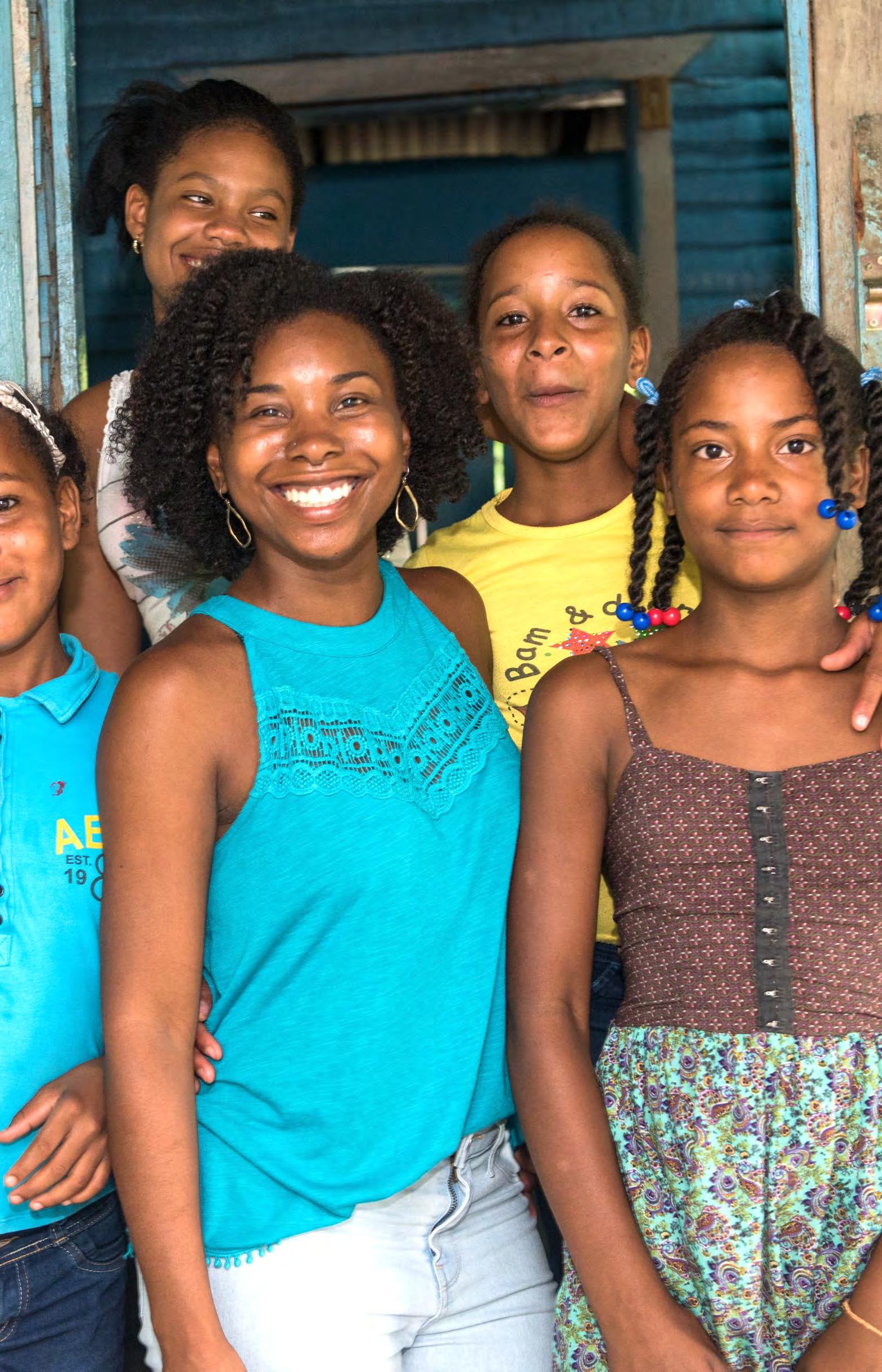
• Graduate Fellowship Program


Peace Corps Prep
• Service Later in Life
• Guia Para Amigos y Familiares
• Work Sectors
• Teaching English as a Foreign Language
• LGBTQ+ Volunteers
• Benefits of Service
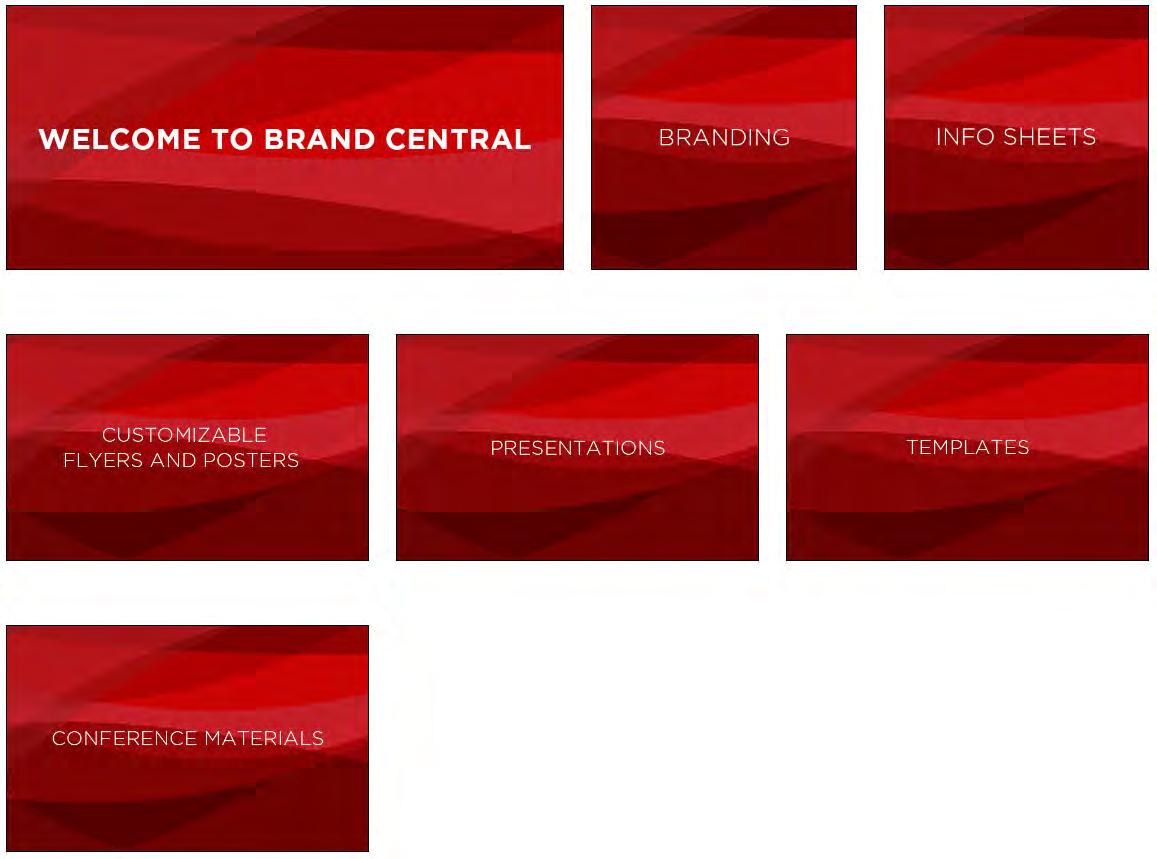


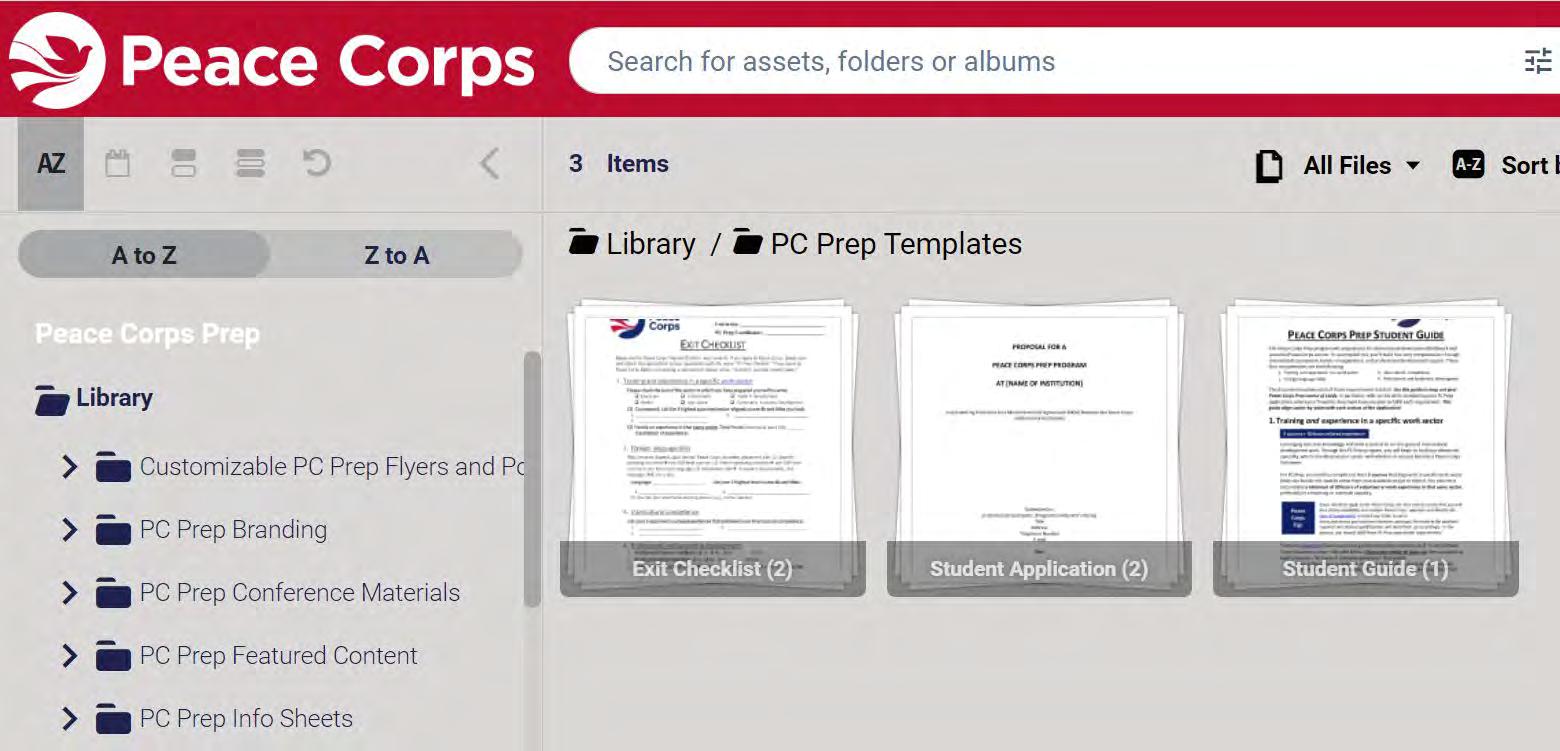


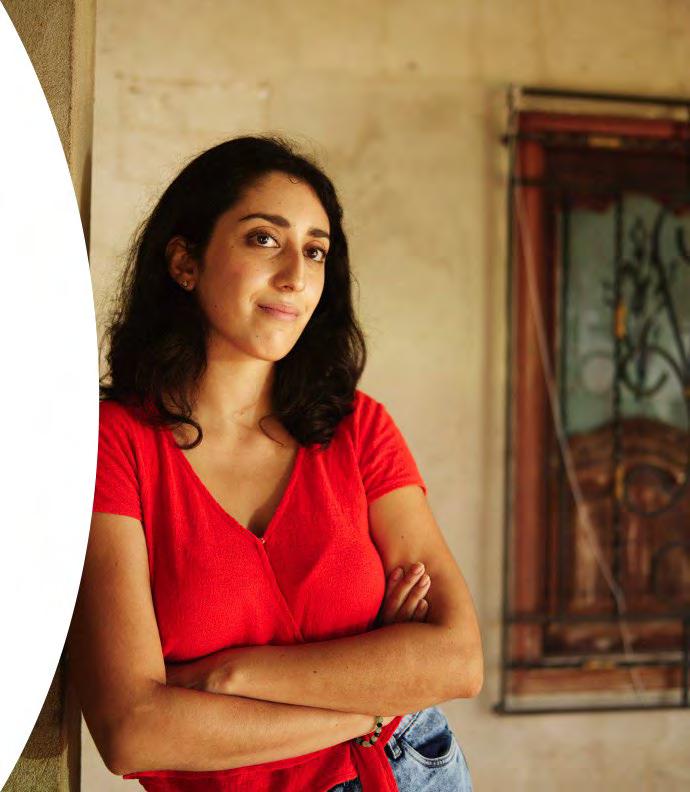






Refreshed Logo, Color Palette, and Fonts
April 2023
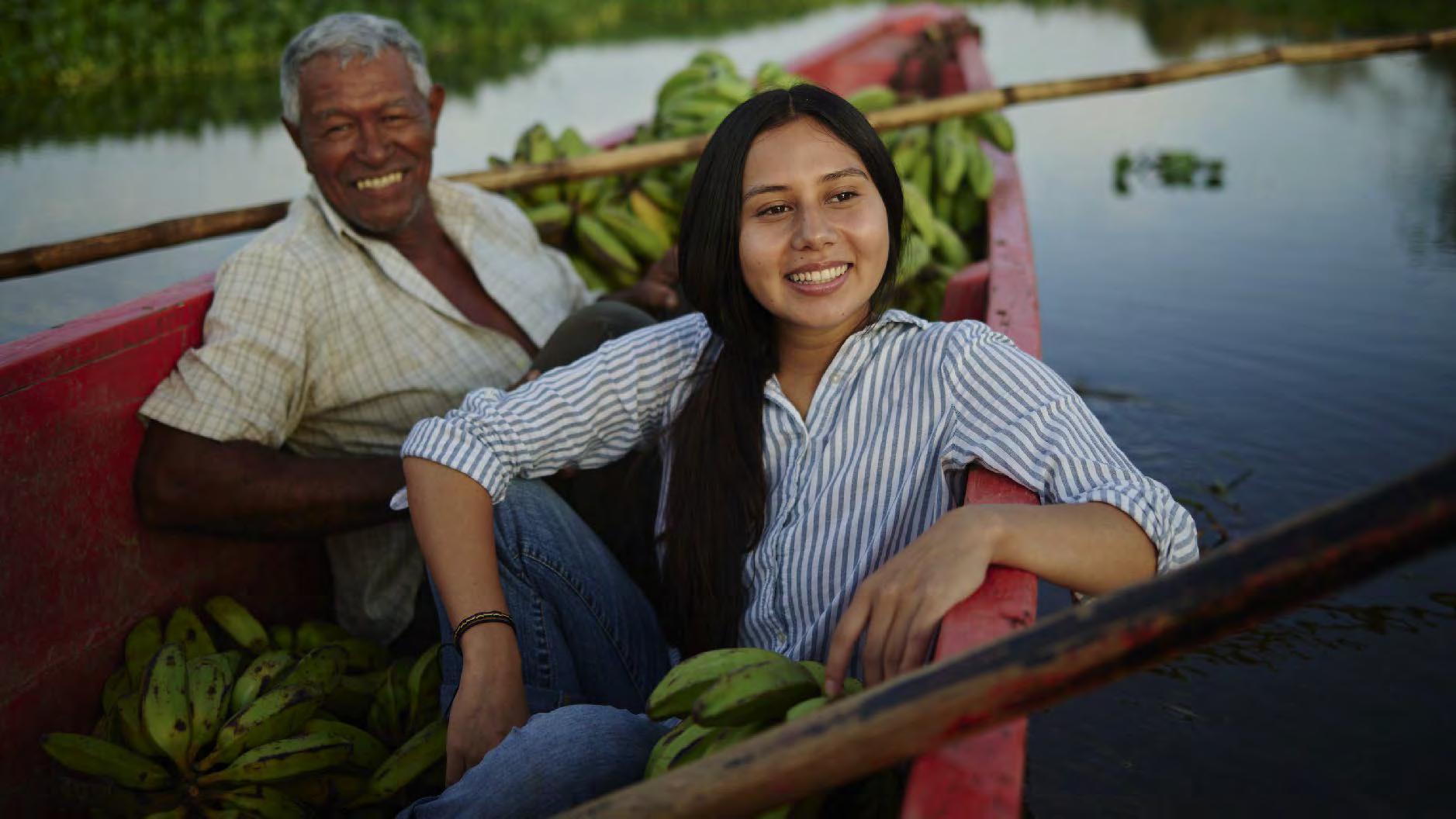
We created three logo design layouts to optimize marketing and media opportunities. See below for guidance on how best to use each layout.
The primary logo is designed to provide optimum visibility of the mark and name. This layout should work well for the majority of opportunities and is considered our standard logo.
The vertical logo was designed for instances when horizontal space is limited.

The banner logo was designed for narrow horizontal spaces and to maximize our name recognition in longer format layouts such as event banners and website ad banners
The Peace Corps logo color values for blue and red are below. The logo has several color formats and should not be used beyond the recommendations provided.

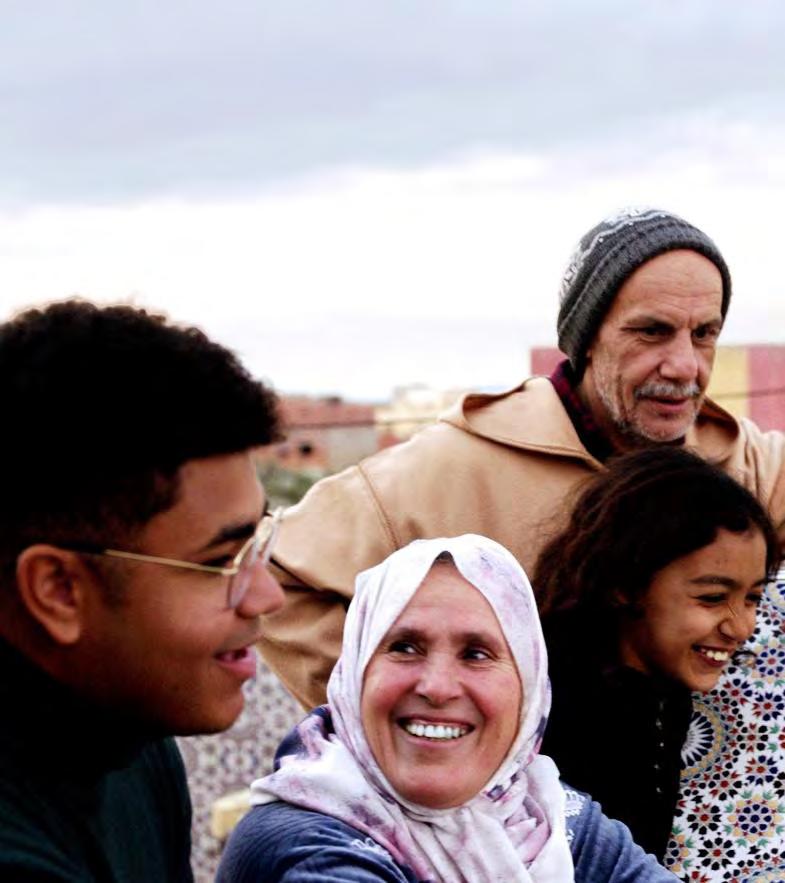
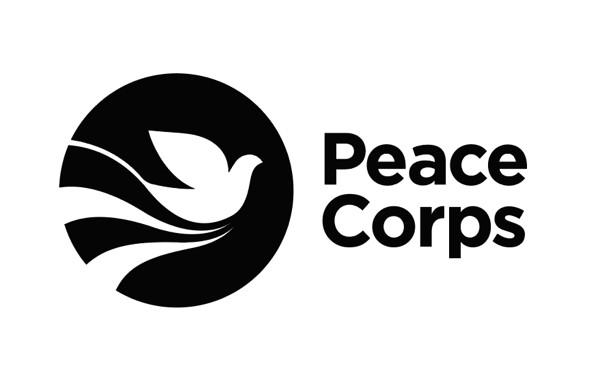

Use on plain white backgrounds or photos with a clear light/white area.
Use with solid colors, patterns, or photos if contrast is optimum.
Use only when color is not an option.
Pantone 281c
HEX 00205B

RO G32 B91
C100 M78 Y0 K57
Pantone 200c
HEX BA0C2F
R186 G12 B47
C0 M100 Y76 K13
The Peace Corps logo should not be crowded or placed too close to the edge of a page. The minimum required clear space can be determined by using the height of the “P” of the logo and squaring it, as shown.



The minimum size for each Peace Corps logo has been determined to maintain design integrity and legibility. Each has a print (inches) and digital (pixel) size threshold. DO NOT go below these sizes. For social avatars, contact pcbrand@peacecorps.gov

LOGO
Guidelines and specifications for using the Peace Corps logo in conjunction with a university partnership agreement.
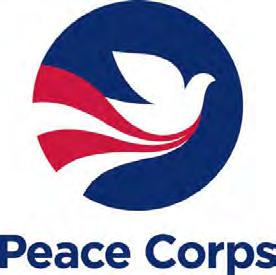
Primary Program Partnership Spacing
Utilize the primary Peace Corps logo. Dotted lines dictate proportions.
Spacing Between Program Partnership Logos and Surrounding White Space

Space and size partnership logos as above utilizing the “Three P Rule”. The cap “P” from the Peace Corps logo is used exactly the same size as it appears in the logo. Retain the white space surrounding logos by not placing any text or graphics within the “Three P” dotted rectangle outer border.
Vertical Program Partnership Spacing
For instances when horizontal space is limited.
Guidelines and specifications for using the PC Prep badge in conjunction with a university partnership agreement. The PC Prep badge should only be used in line with the university logo in email signatures and on the university website’s PC Prep webpage.
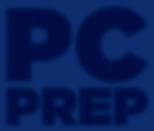
Primary PC Prep Partnership Spacing
Utilize the Peace Corps PC Prep badge in line with the university logo horizontally whenever spacing permits.


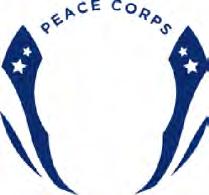
Spacing Between PC Prep Badge and University Logo and Surrounding White Space



Space and size partnership badges as above utilizing the “Five P Rule”. The “P” from “PREP” of the PC Prep badge is used exactly the same size as it appears in the badge. Retain the white space surrounding the badge and university logo by not placing any text or graphics within the “Five P” dotted rectangle outer border.
Vertical PC Prep Partnership Spacing
For instances when horizontal space is limited.

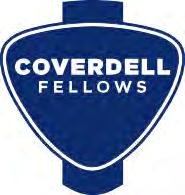
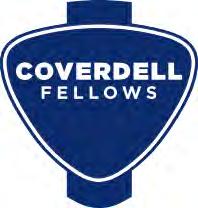
Guidelines and specifications for using the Peace Corps Coverdell Fellows badge in conjunction with a university partnership agreement. The Coverdell Fellows badge should only be used in line with the university logo in email signatures and on the university website’s Coverdell Fellows webpage.
Primary Peace Corps Coverdell Fellows Partnership Spacing
Utilize the Peace Corps Coverdell Fellows badge in line with the university logo horizontally whenever spacing permits. Dotted lines dictate proportions.
Vertical Peace Corps Coverdell Fellows Partnership Spacing
For instances when horizontal space is limited.
Spacing Between Coverdell Fellows Badge and University Logo and Surrounding White Space


Space and size partnership logos as above utilizing the “COVERDELL” from the Peace Corps Coverdell Fellows badge in exactly the same size as it appears in the badge. Retain the white space surrounding the badge and university logo by not placing any text or graphics within the “COVERDELL” dotted rectangle outer border.

Avoid any
these
Presenting a clear and consistent brand is crucial to building recognition for the Peace Corps mission and protecting its image and reputation abroad. DO NOT alter the Peace Corps logo in any way. For more information, please refer to the Peace Corps Manual Section 321.
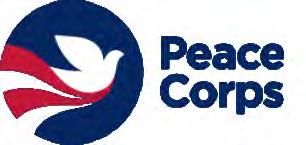


DON’T rotate the logo. DON’T distort the logo. DON’T reposition logo elements.
DON’T change the logo font.
DON’T add additional graphic elements to the logo, such as a drop shadows, glows, etc.

DON’T place the color logo on any color other than a white background .
DON’T change the colors of the logo.
DON’T place the color logo on photos that will render it illegible.

DON’T place the logo on a busy pattern.
DON’T animate the logo.
Peace CorpsPresenting a clear and consistent brand is crucial to building recognition for our mission and protecting our image and reputation abroad. Please do not add to or alter the Peace Corps logo in any way.
Do not add program or school name to the logo. Use proper logo and clearance.
Do not delete the name Peace Corps from logo. Use proper logo and clearance.
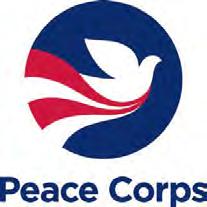
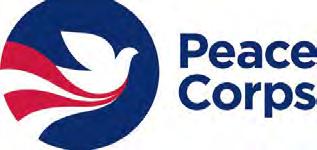

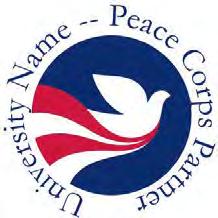
Do not delete the name Peace Corps from logo. Do not wrap text around logo. Use proper logo and clearance.
PEACE CORPS PREP PARTNER
PAUL D. COVERDELL FELLOWS

NAME
Do not add program or school name to the logo. Use proper logo and clearance.
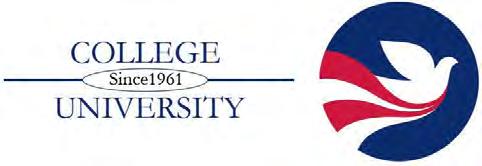
AT YOUR SCHOOL NAME
Do not use old logo. Do not add program or school name to the logo. Use proper logo and clearance.
The use of the Peace Corps primary logo with coinciding university partner programs refered to as Peace Corps Office Idenitifier logos is not permitted. These are stricly for internal use.
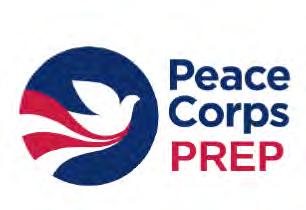



Do not use Primary logo with coinciding University Programs. These logo’s are for internal use only.
 Peace Corps Office Identifier Logos:
Peace Corps Office Identifier Logos:
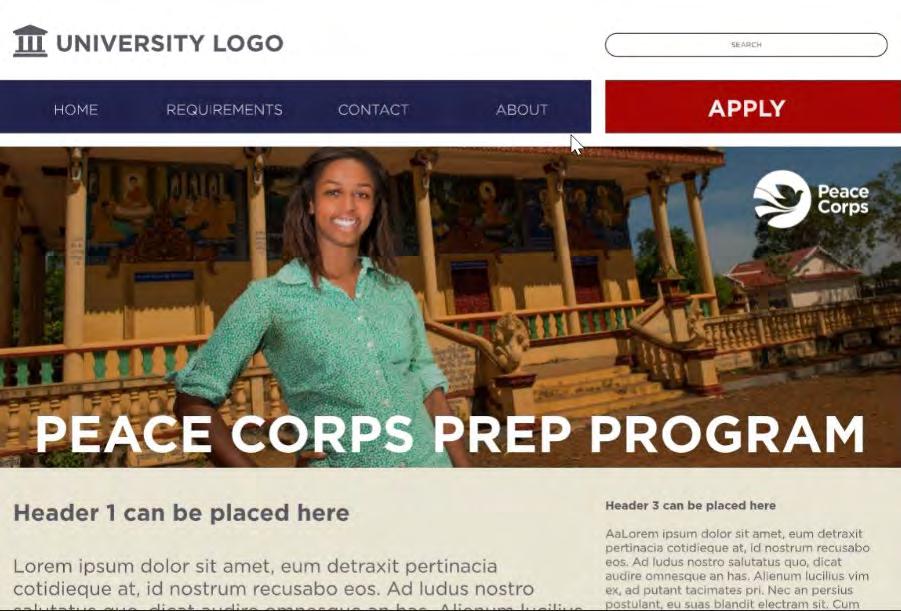




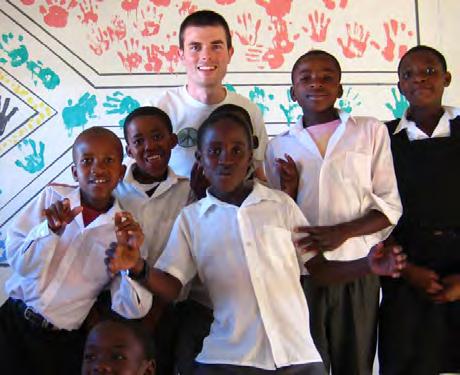
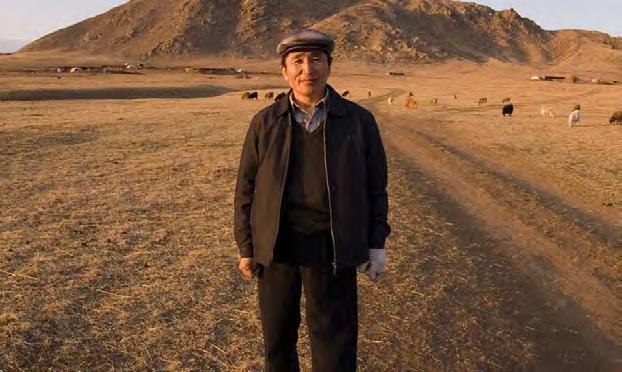
It is crucial that images are authentic and appropriate for the Peace Corps brand. Use color photography whenever possible and avoid stock photos or overly posed scenes. Choose vibrant colors and well-lit images that help connect the viewer to the Peace Corps story.
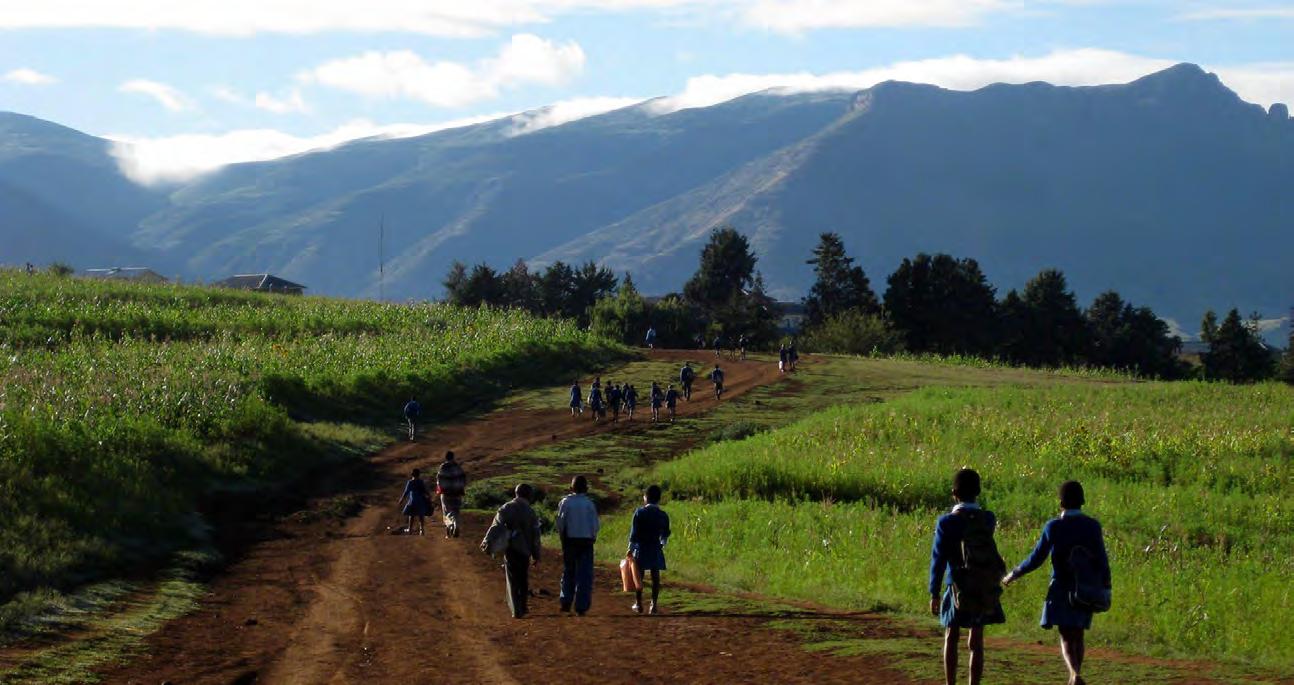

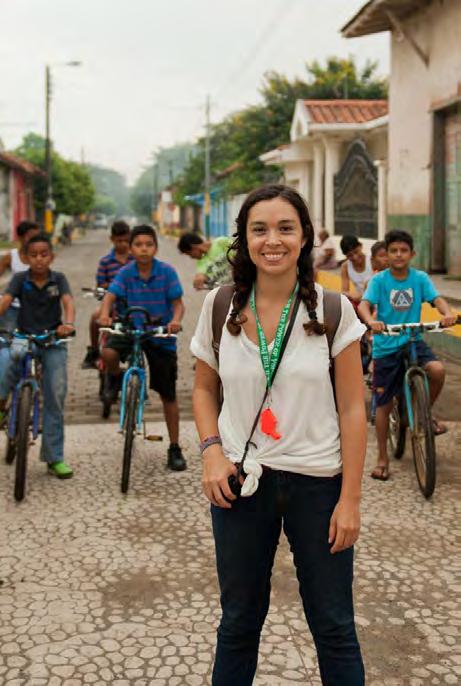
• Position the photo credit directly with the image when possible, or include it as part of a single “Photo Credit” page.
 PHOTO COURTESY: © PEACE CORPS, Country & Sector
PHOTO COURTESY: © PEACE CORPS, Country & Sector
PHOTO COURTESY: © PEACE CORPS, Country & Sector PHOTO COURTESY: © PEACE CORPS, Country & Sector
PHOTO COURTESY: © PEACE CORPS, Country & Sector
• Include a © symbol next to the photograph, along with the name of the source. “Photo Courtesy: (Name of Photographer or Organization.)”
PHOTO COURTESY: © PEACE CORPS, Country & Sector
PHOTO COURTESY: © PEACE CORPS, Country & Sector
PHOTO COURTESY: © PEACE CORPS, Country & Sector PHOTO COURTESY: © PEACE CORPS, Country & Sector
PHOTO COURTESY: © PEACE CORPS, Country & Sector
• Include a © symbol next to the photograph, along with the name of the source. “Photo Courtesy: (Name of Photographer or Organization.)”
University partners are encouraged to use their own university social media platforms (from the institution’s flagship accounts down to departmental or office channels) to share information about their partnered Peace Corps program(s) and related on-campus events.
Your university’s social media platform lends credibility to the information provided, taps into a builtin following, and demonstrates compliance with your own governing policies (student opt-in, privacy, etc.). With approval for every use, partners may incorporate the Peace Corps logo into these types of posts. Unofficial social media accounts specifically devoted to the Peace Corps Prep or Coverdell Fellows partnership program are discouraged.
We highly respect the efforts of universities to brand and set guidelines for their own social media platforms as the most effective way to reach their students; the Peace Corps considers this the best way to present Peace Corps-branded program information to reach their target audience.
Under circumstances where an unofficial social media account is used, these accounts must adhere to the following:
• Include a disclaimer in the profile description or “about” section as follows: “The content and views expressed on this page are those of [institution or program] and do not necessarily reflect the views and positions of the U.S. Government or of the Peace Corps.”
• Use a university or department logo, or an image of your own design, for profile photos. You may use Peace Corps photography for banner or cover images as long as they do not contain the Peace Corps logo or brand elements.

• You may use the Peace Corps logo and photography obtained in Brand Central or the media library for content directly related to promotion and recruitment for your Peace Corps program. Please do not use either for unrelated campus activities or external content.
• University partners may not extract the Peace Corps logo out of any existing material for separate use.

